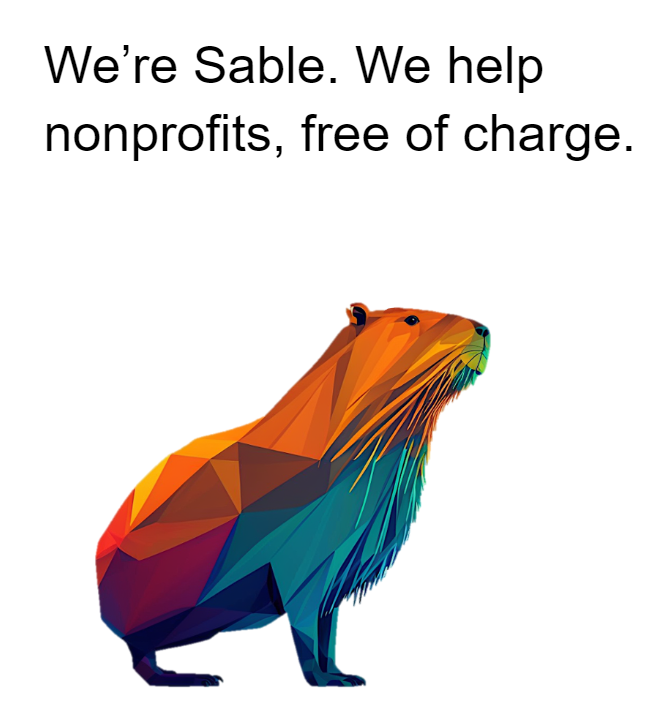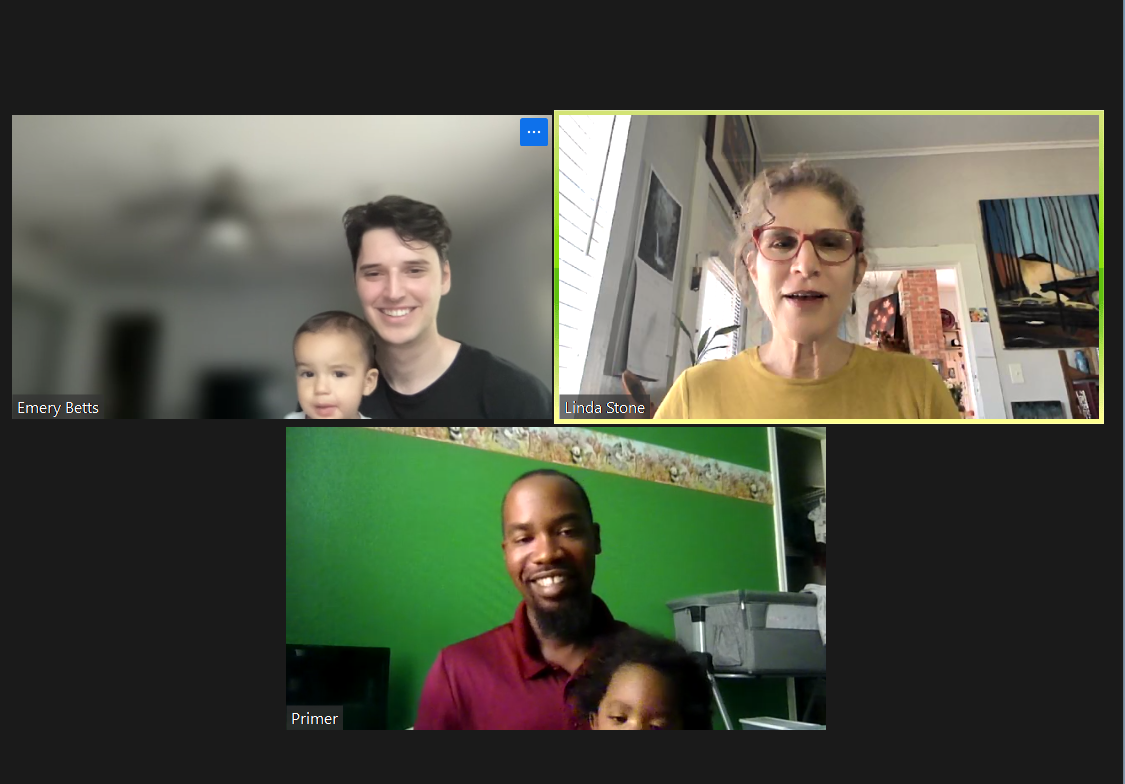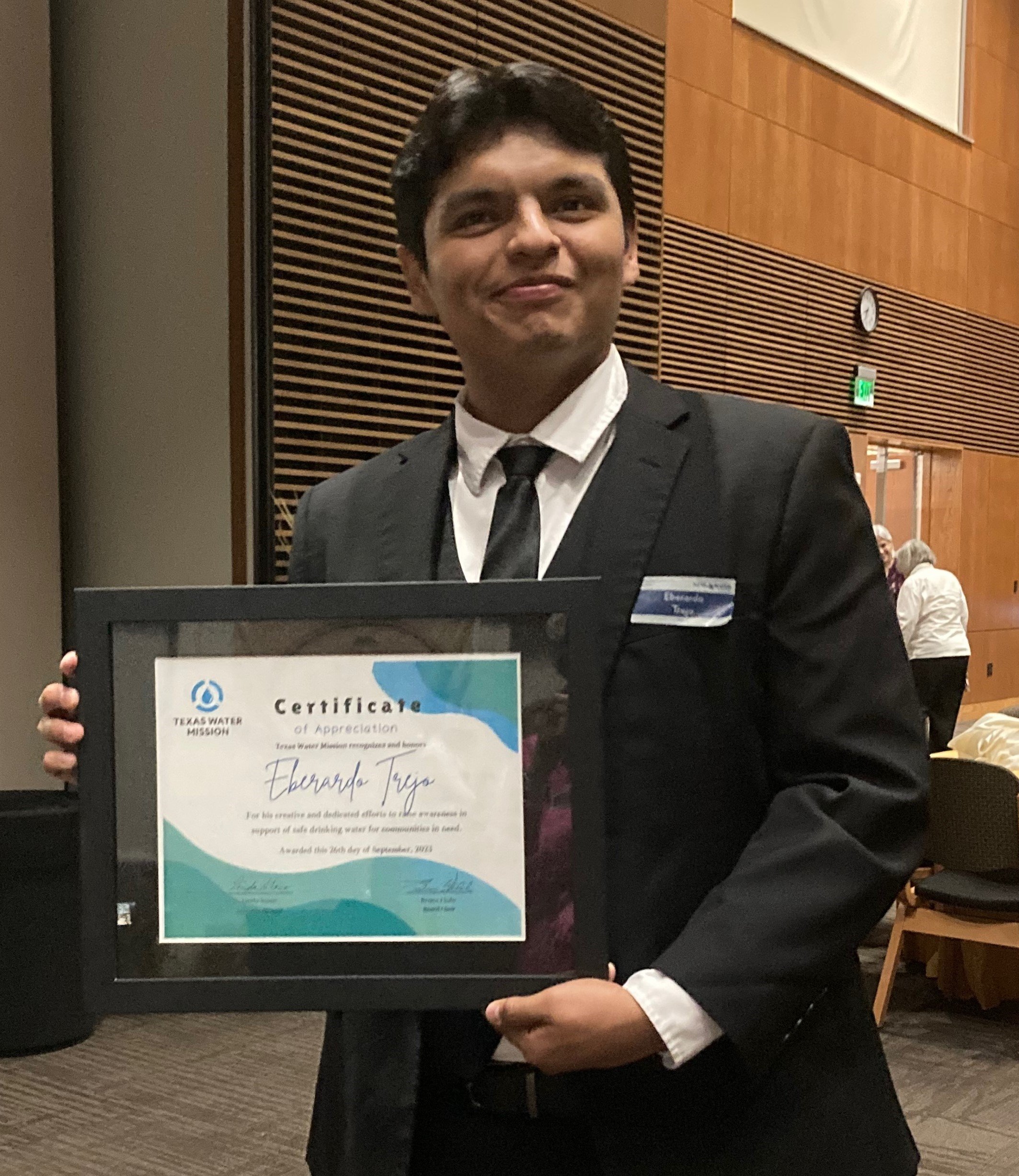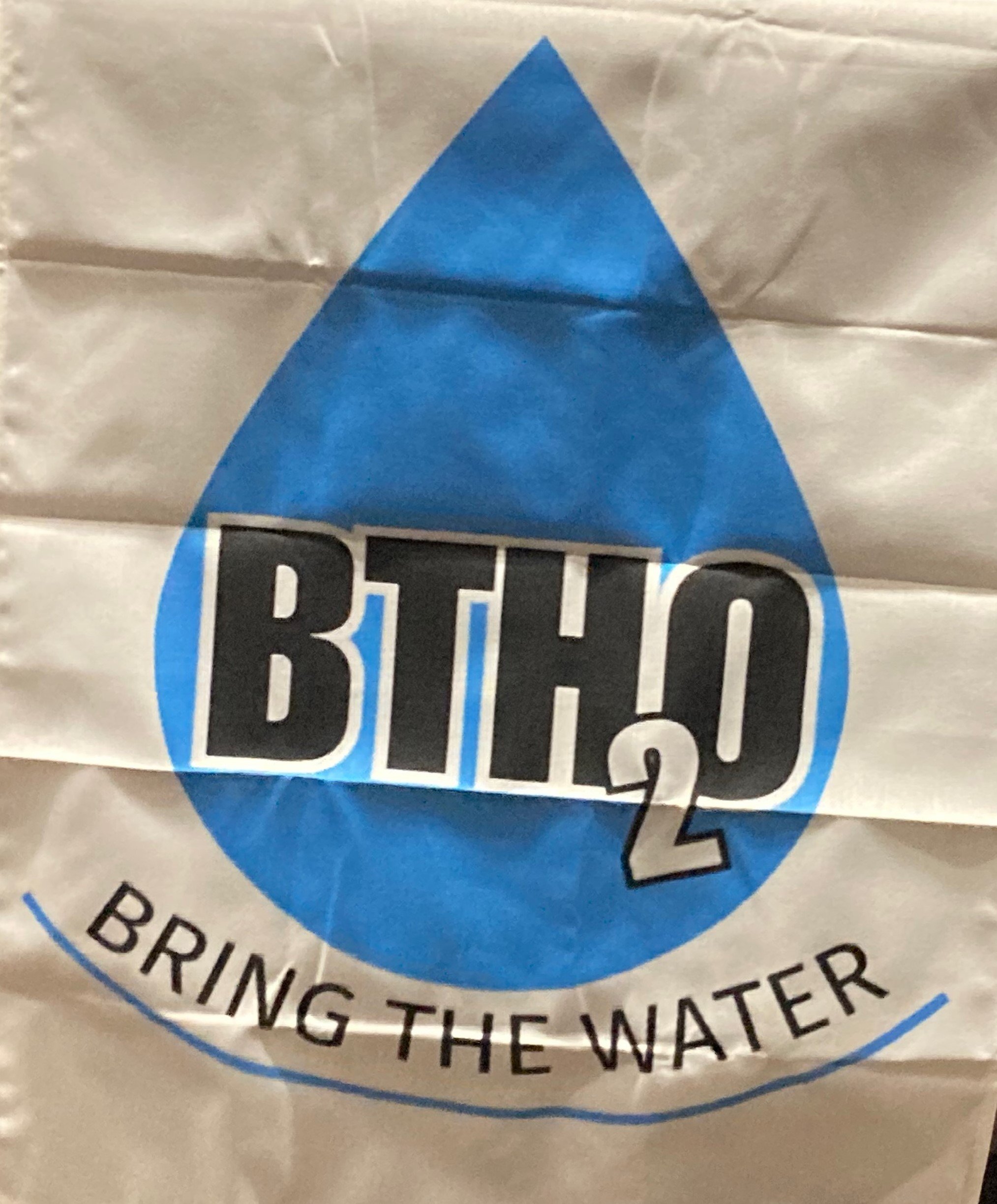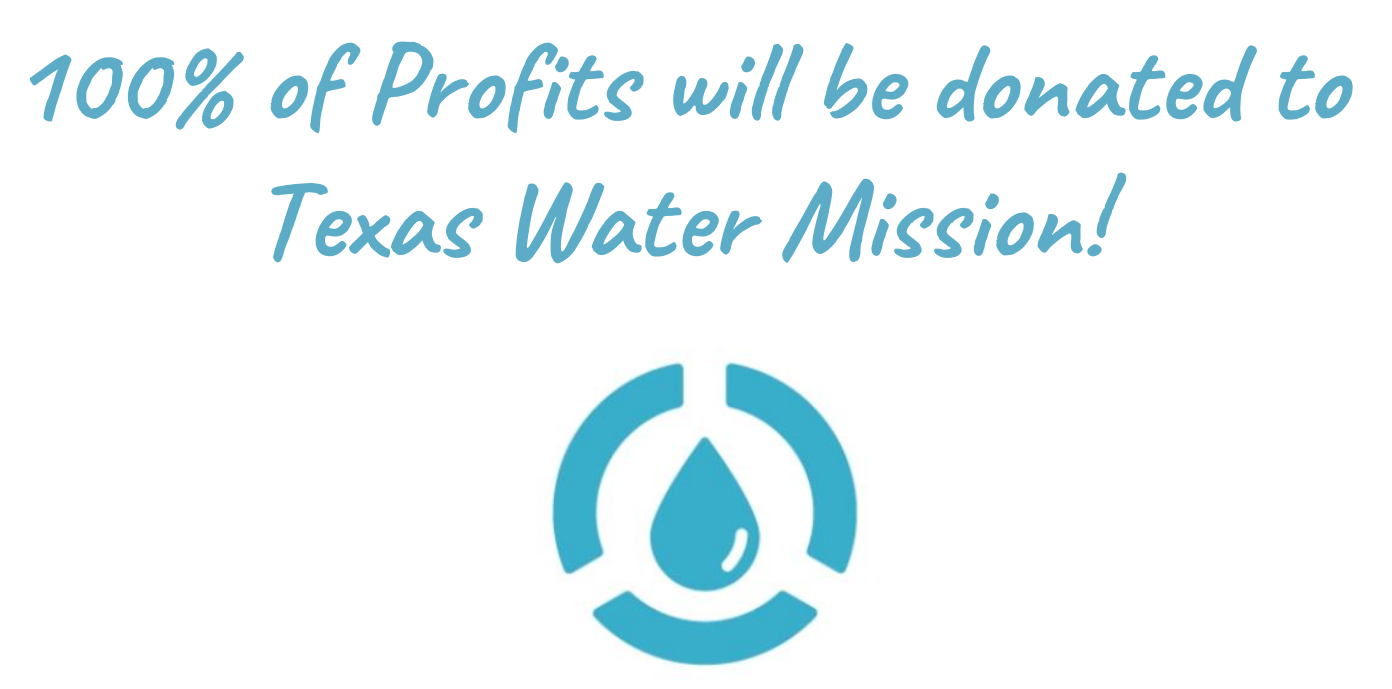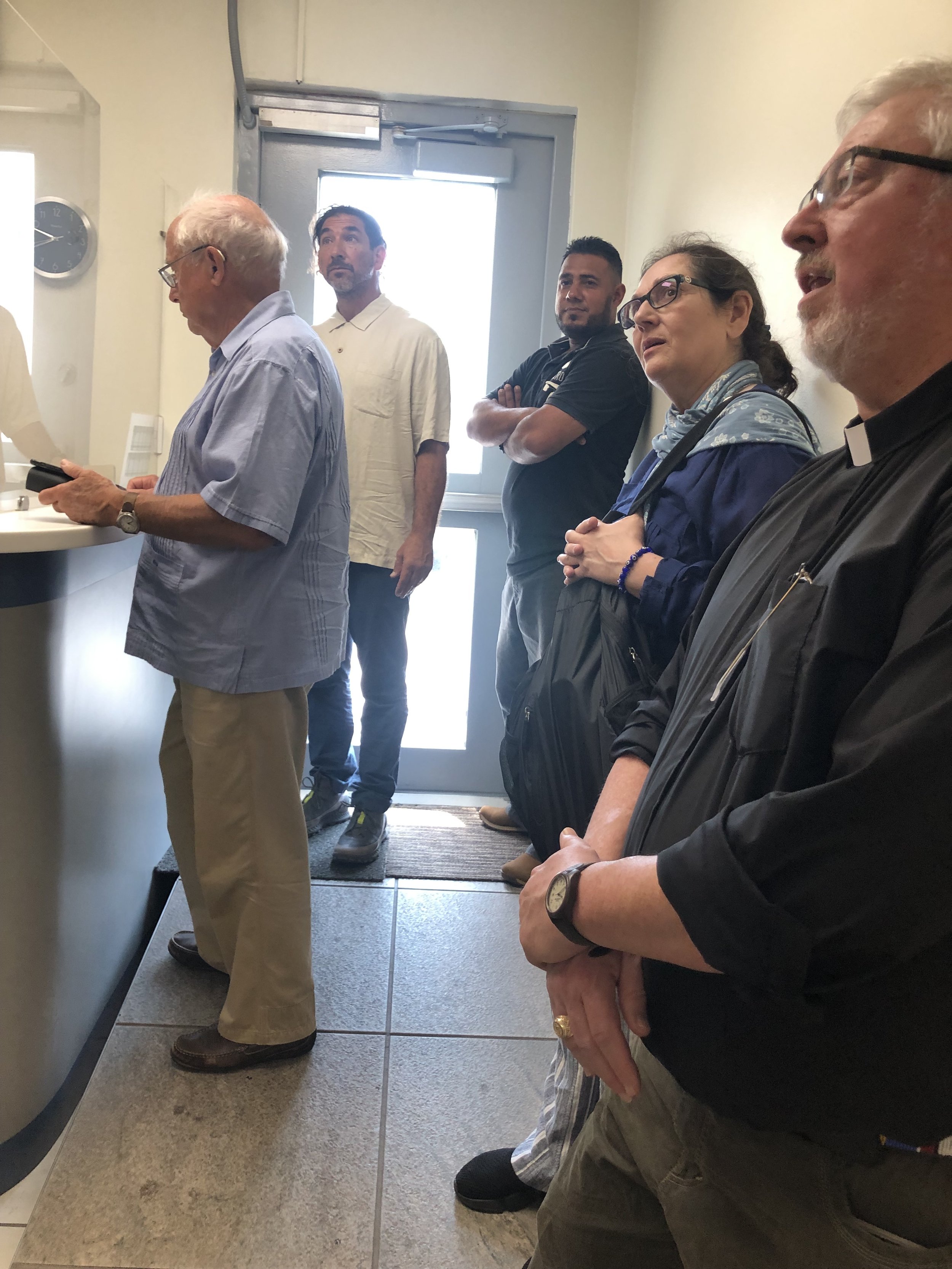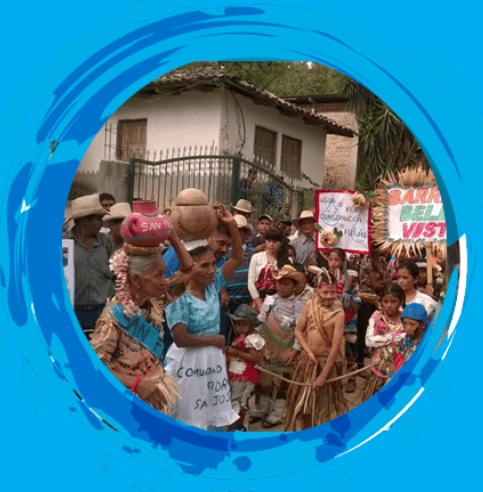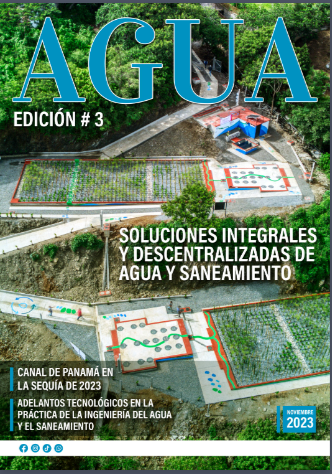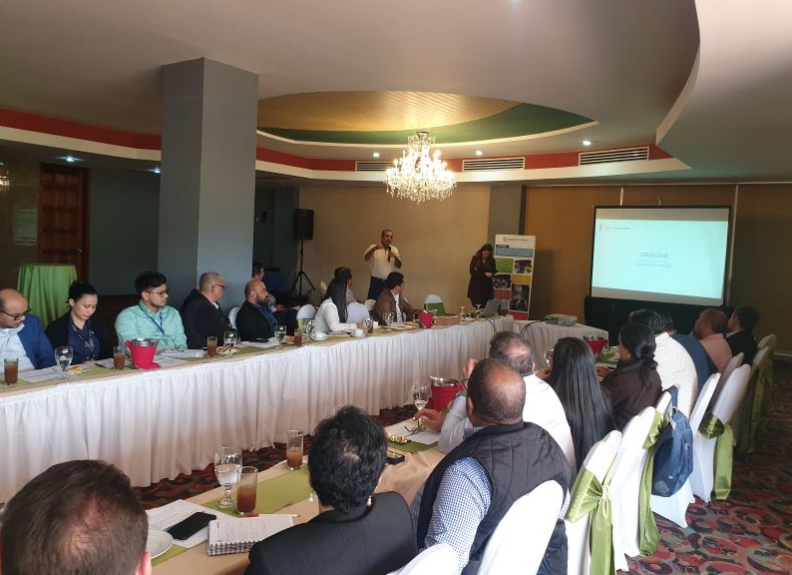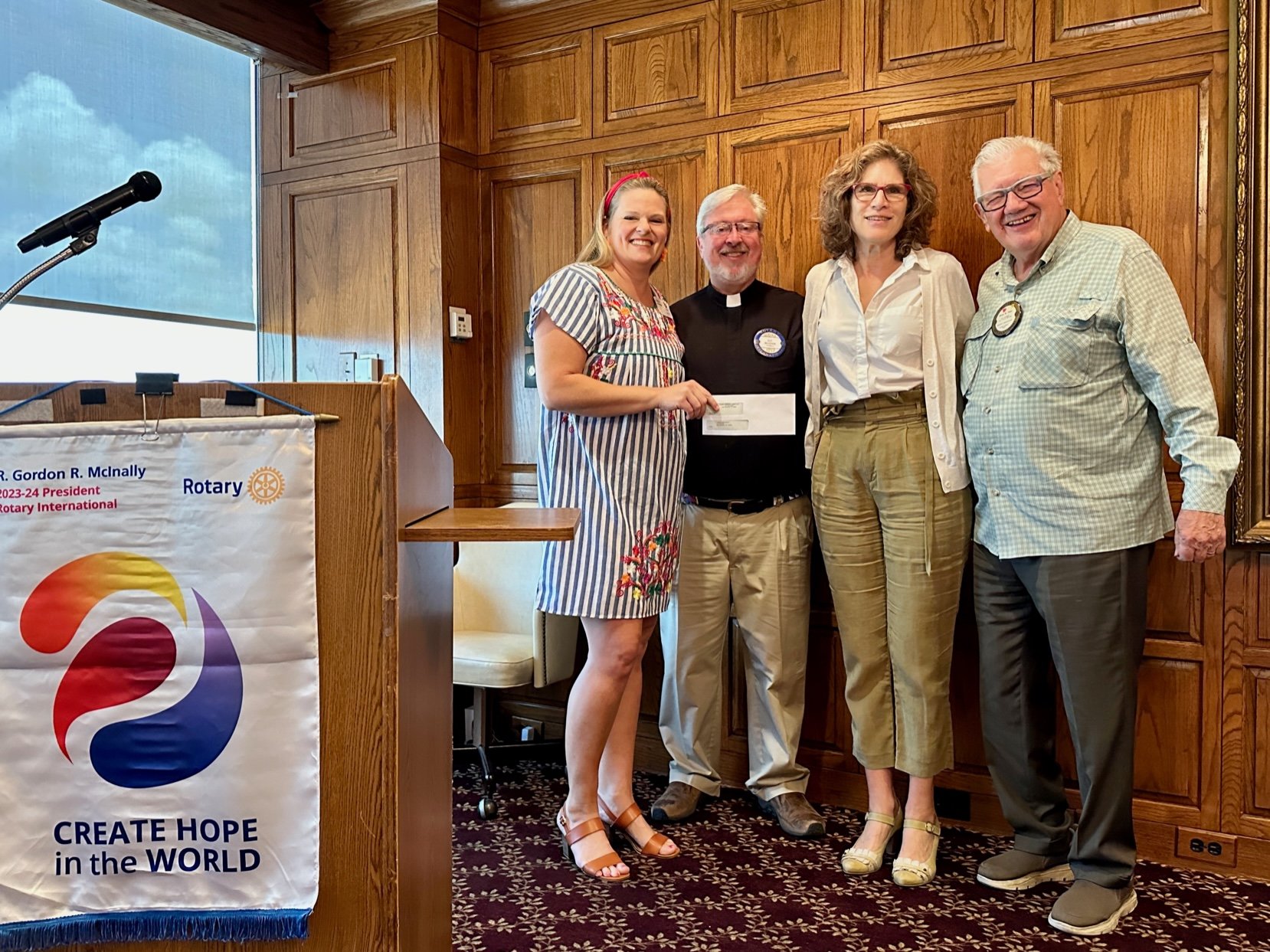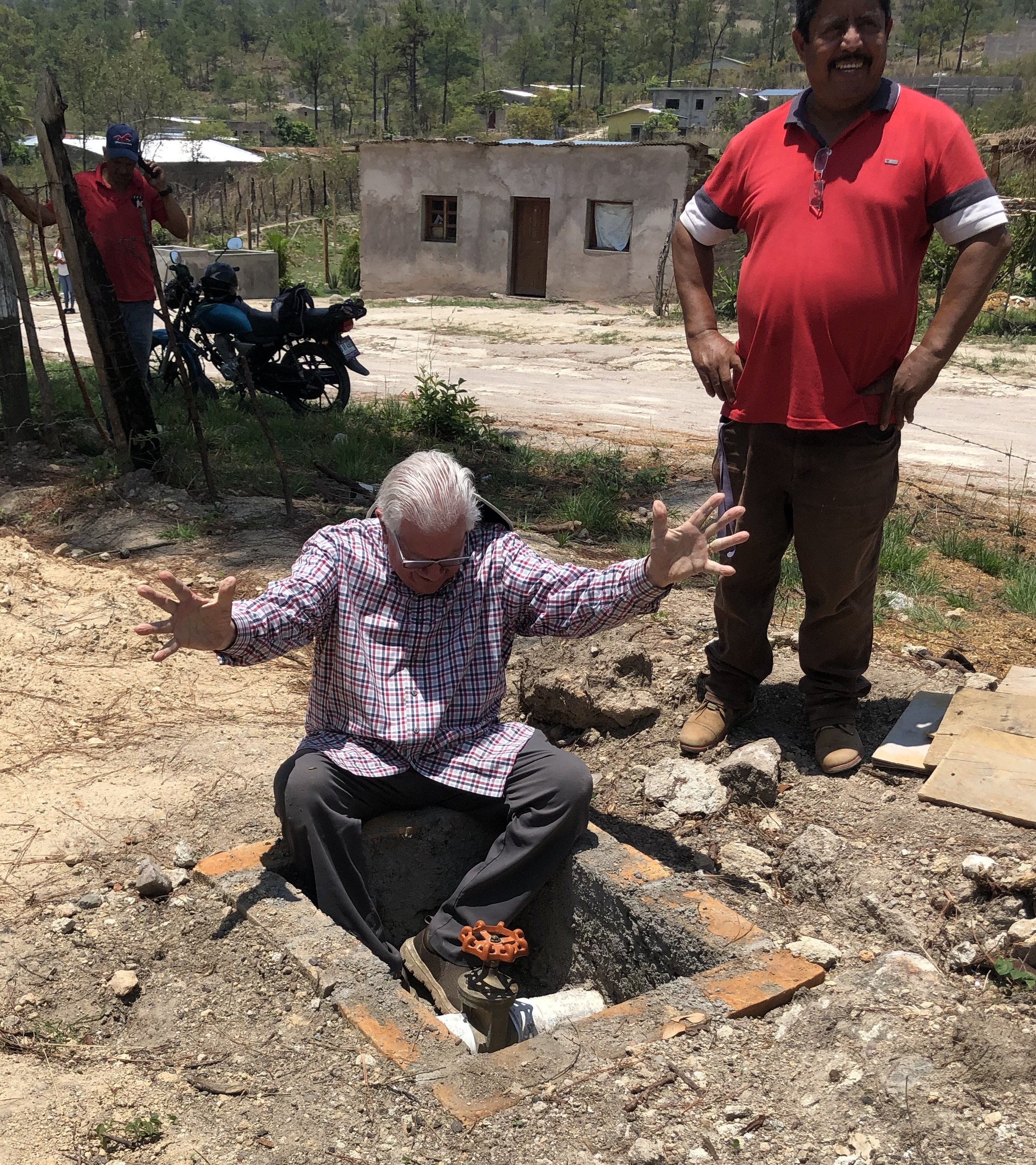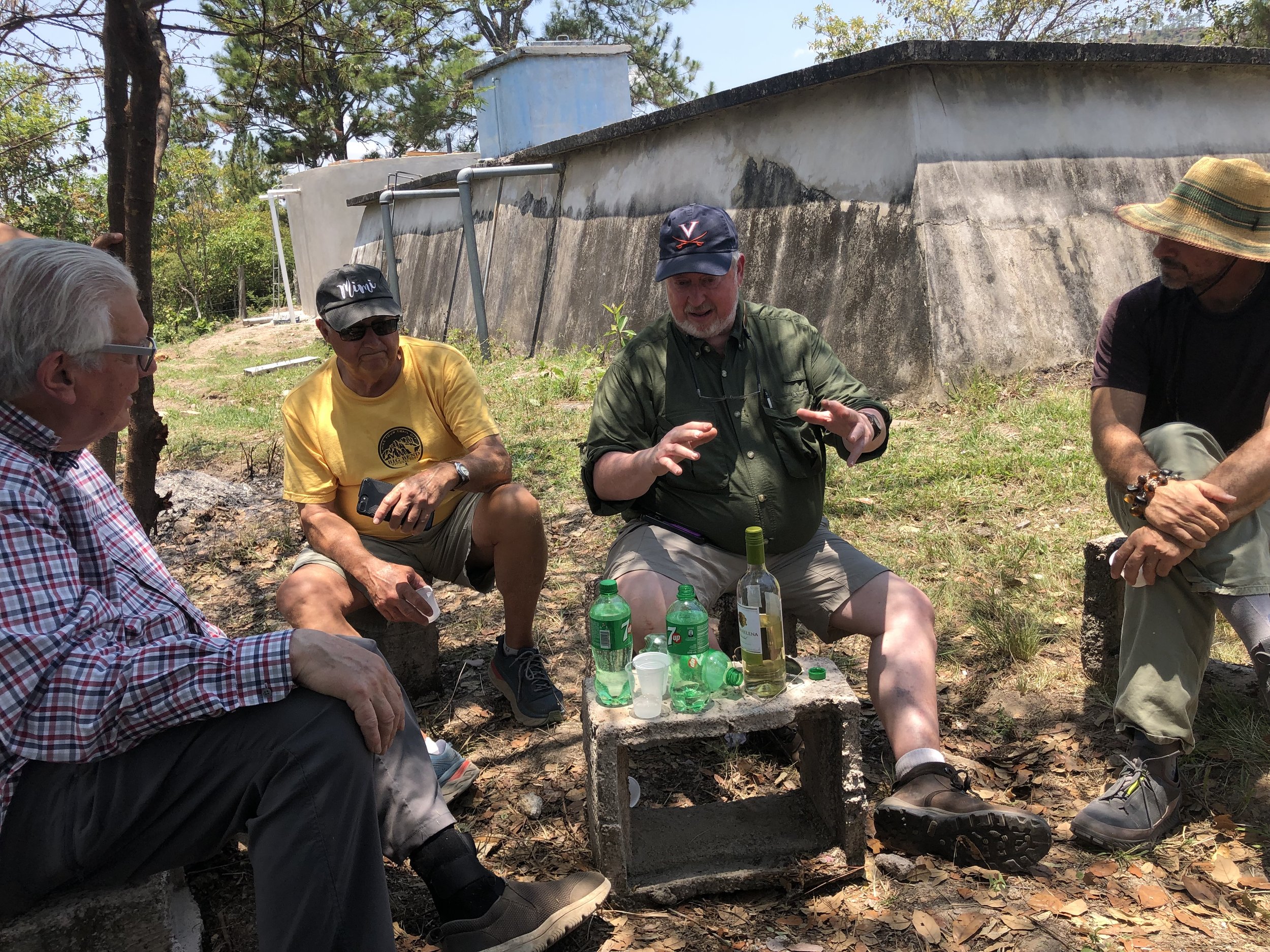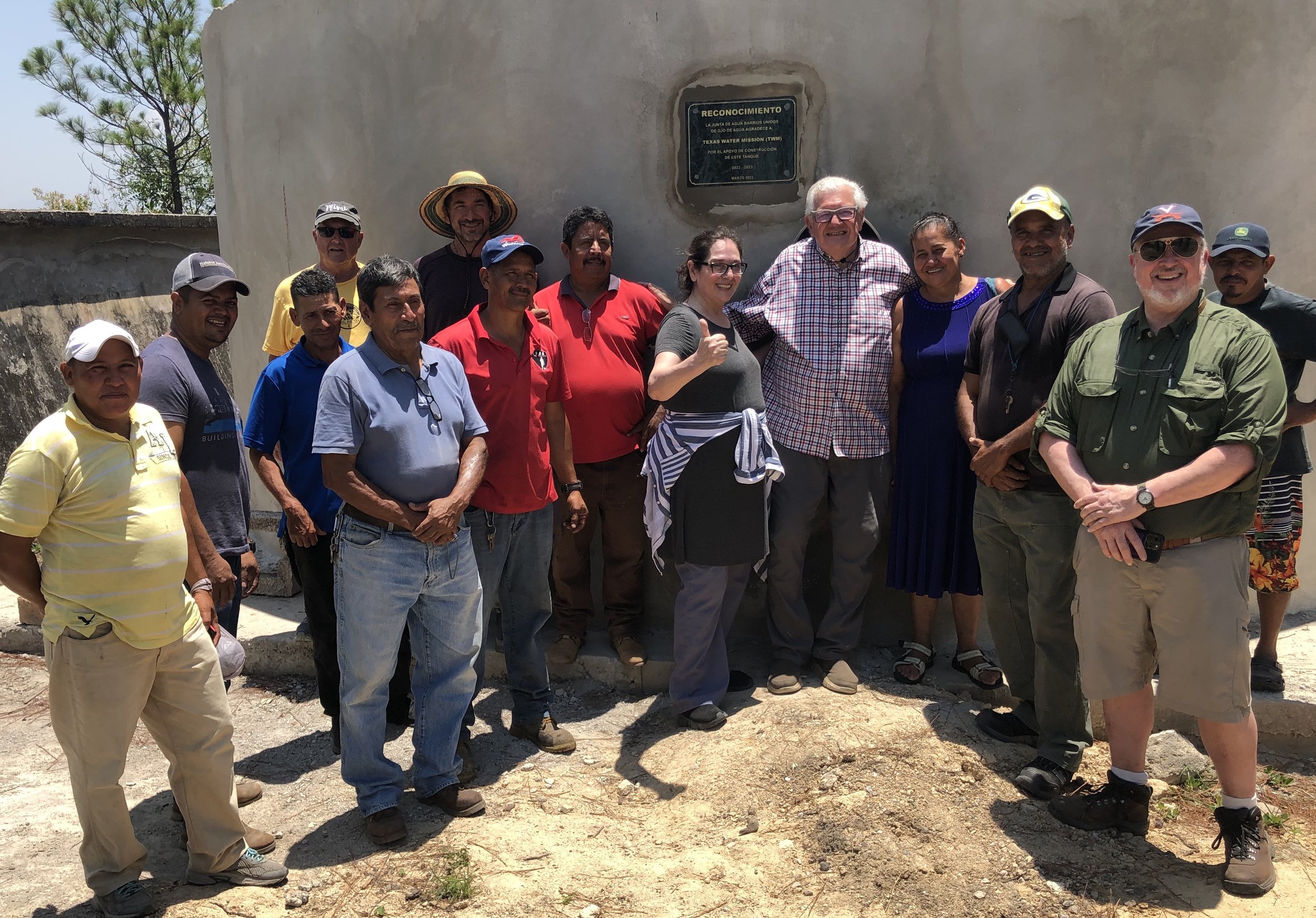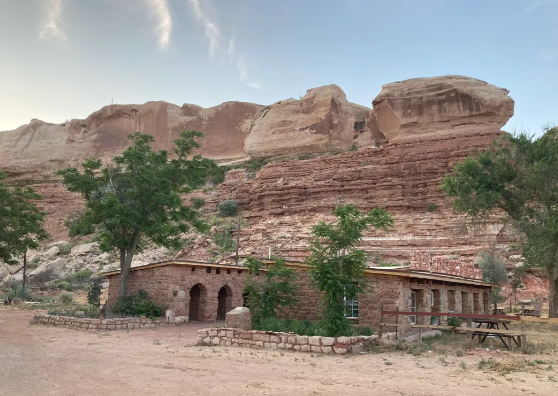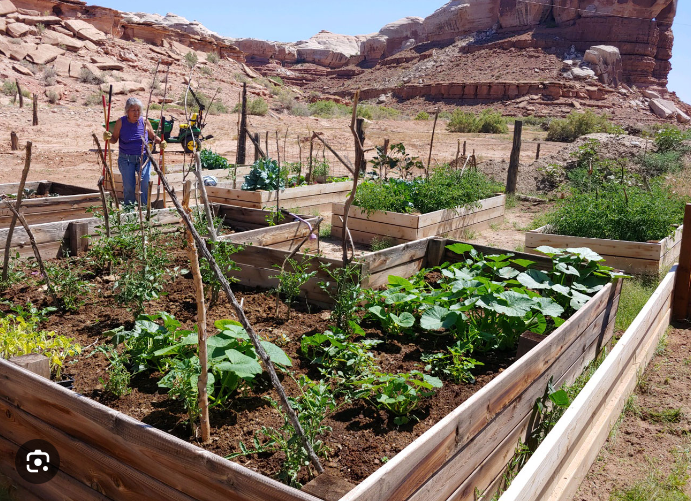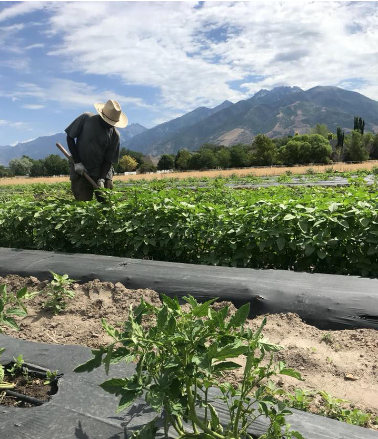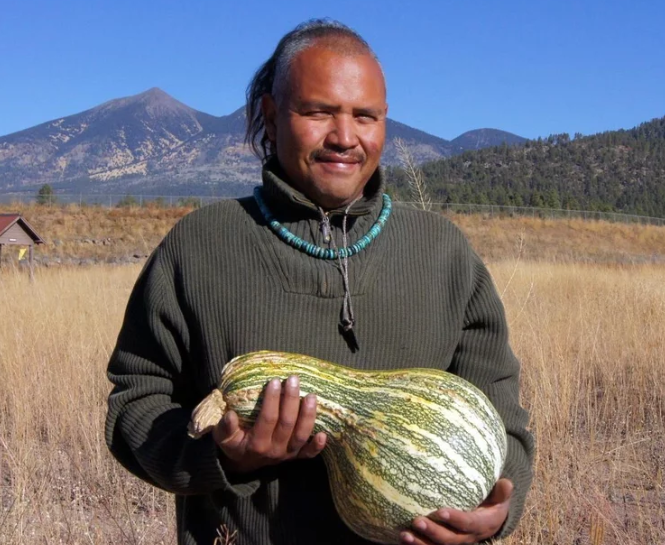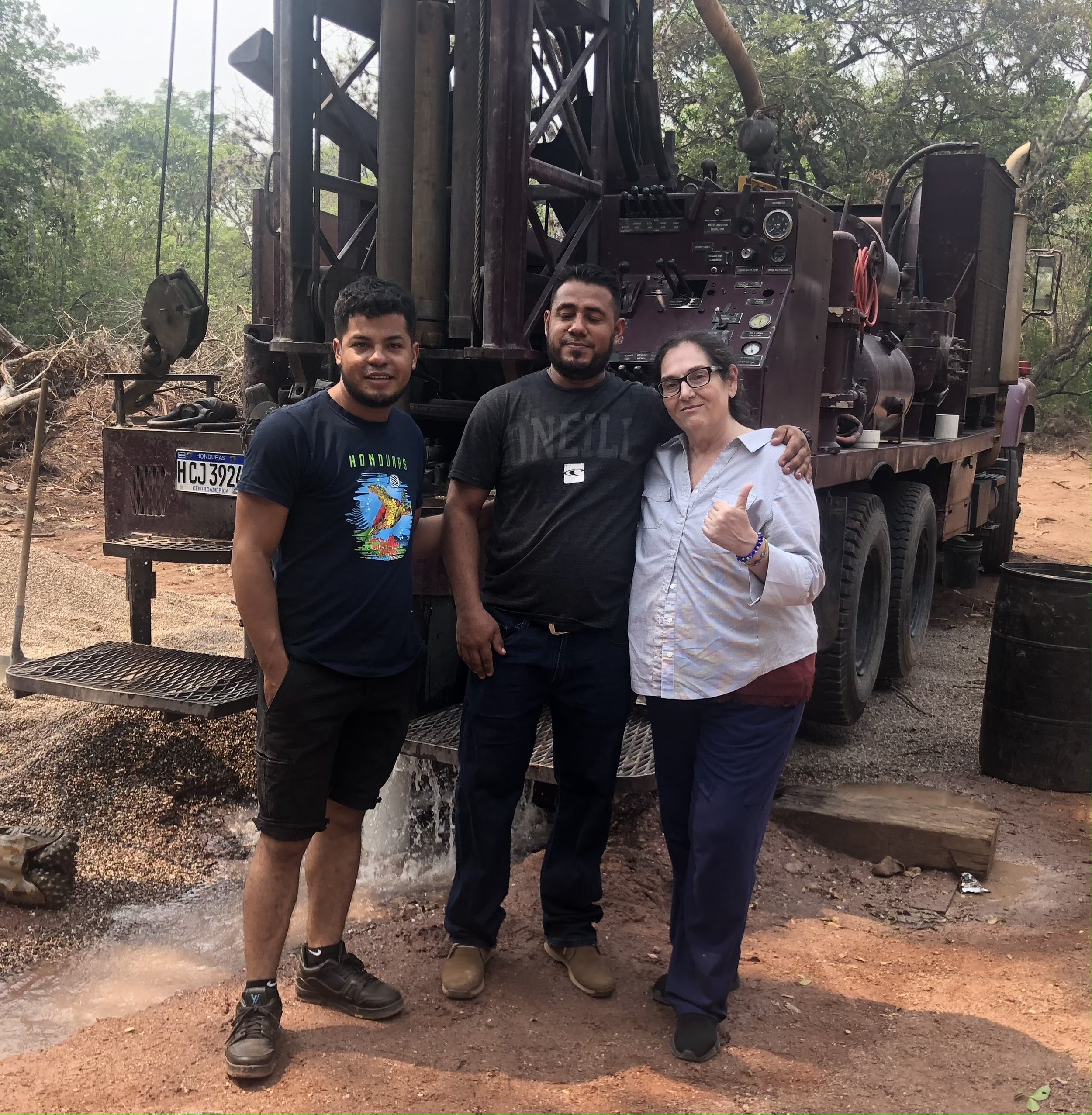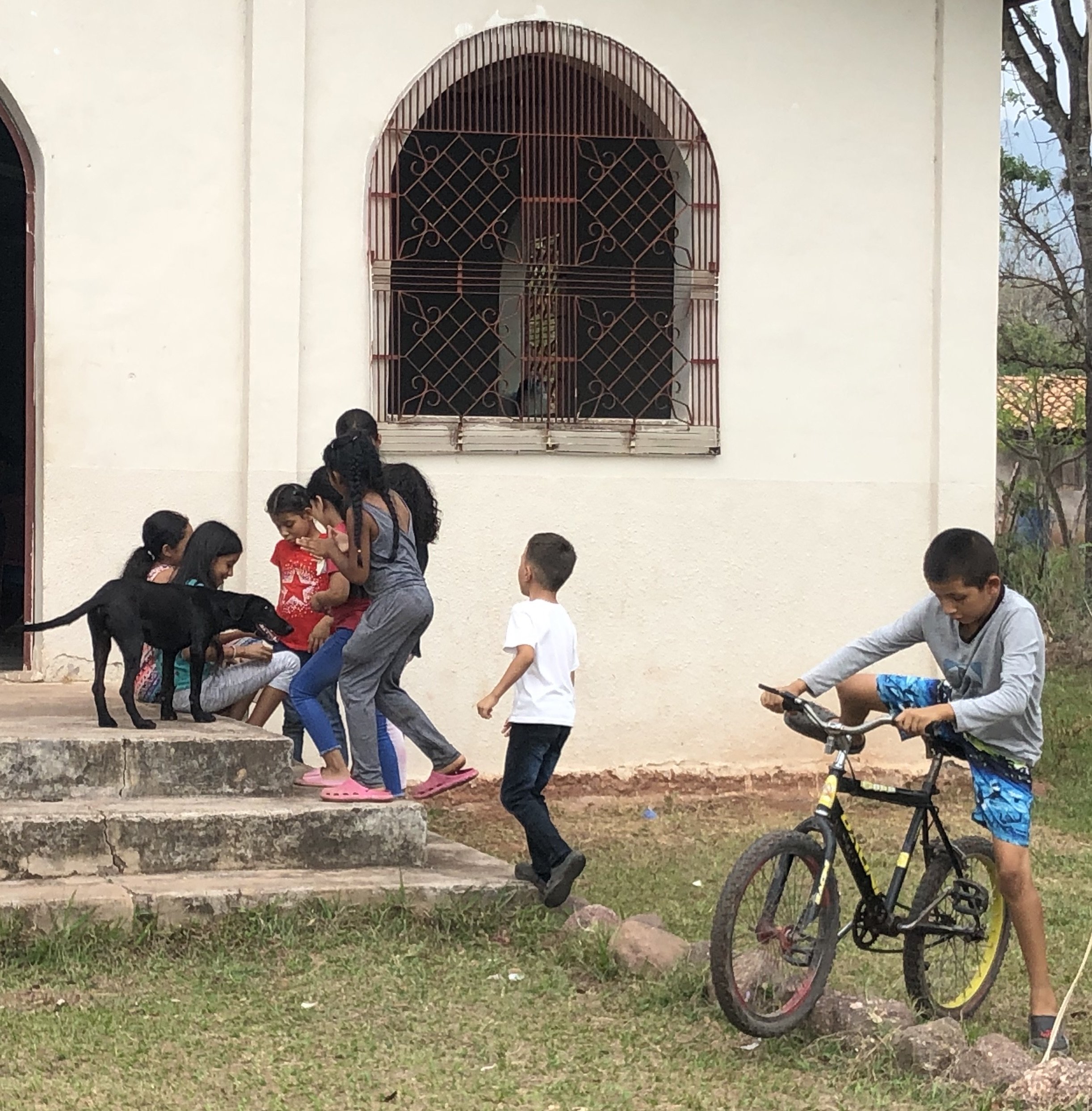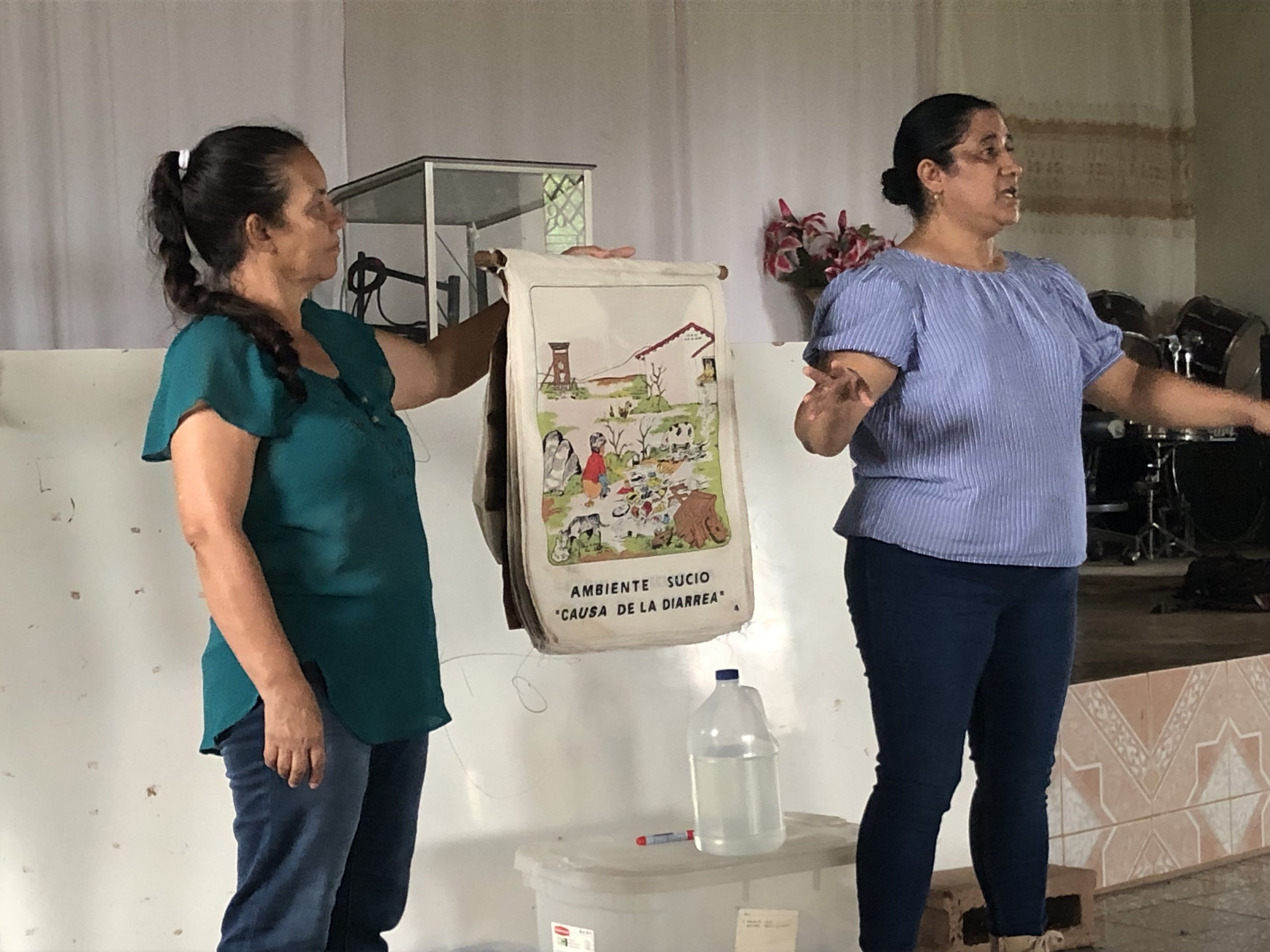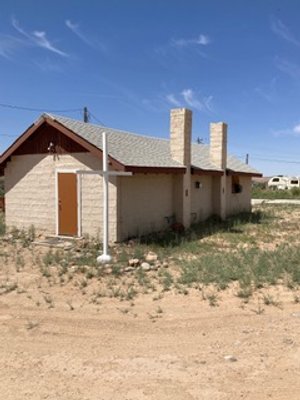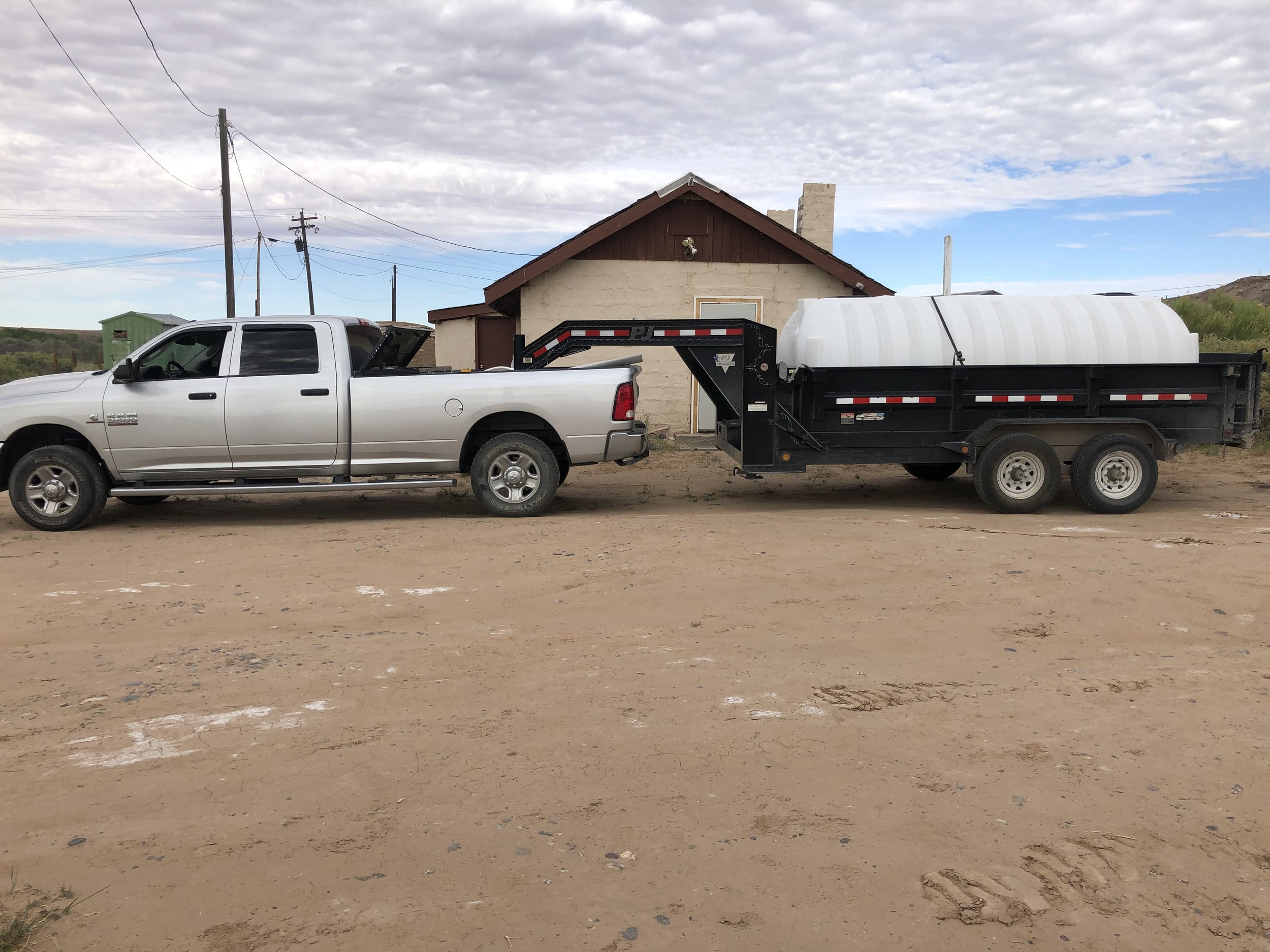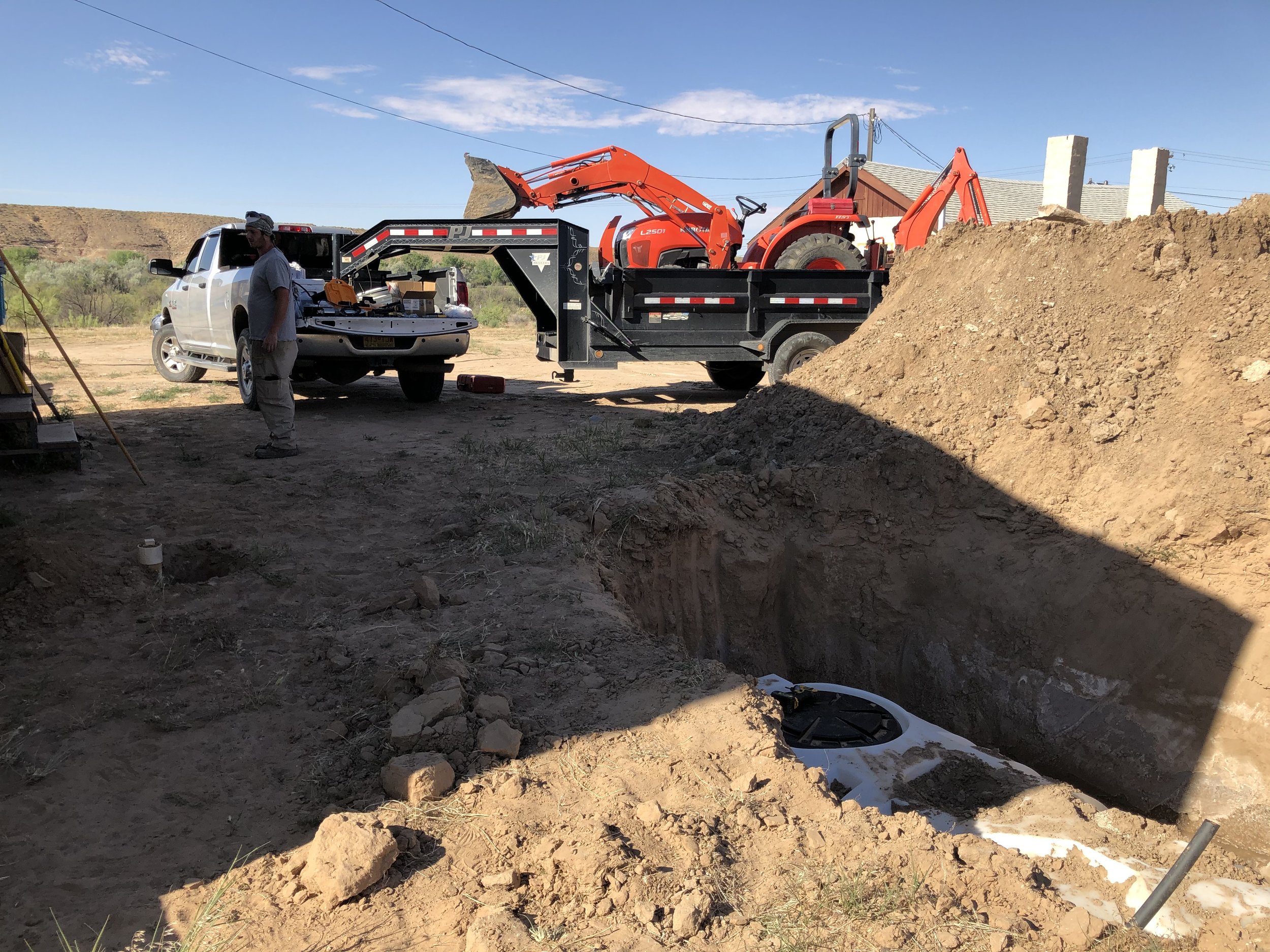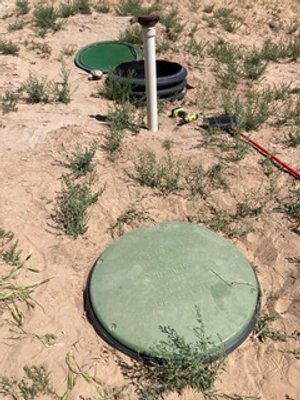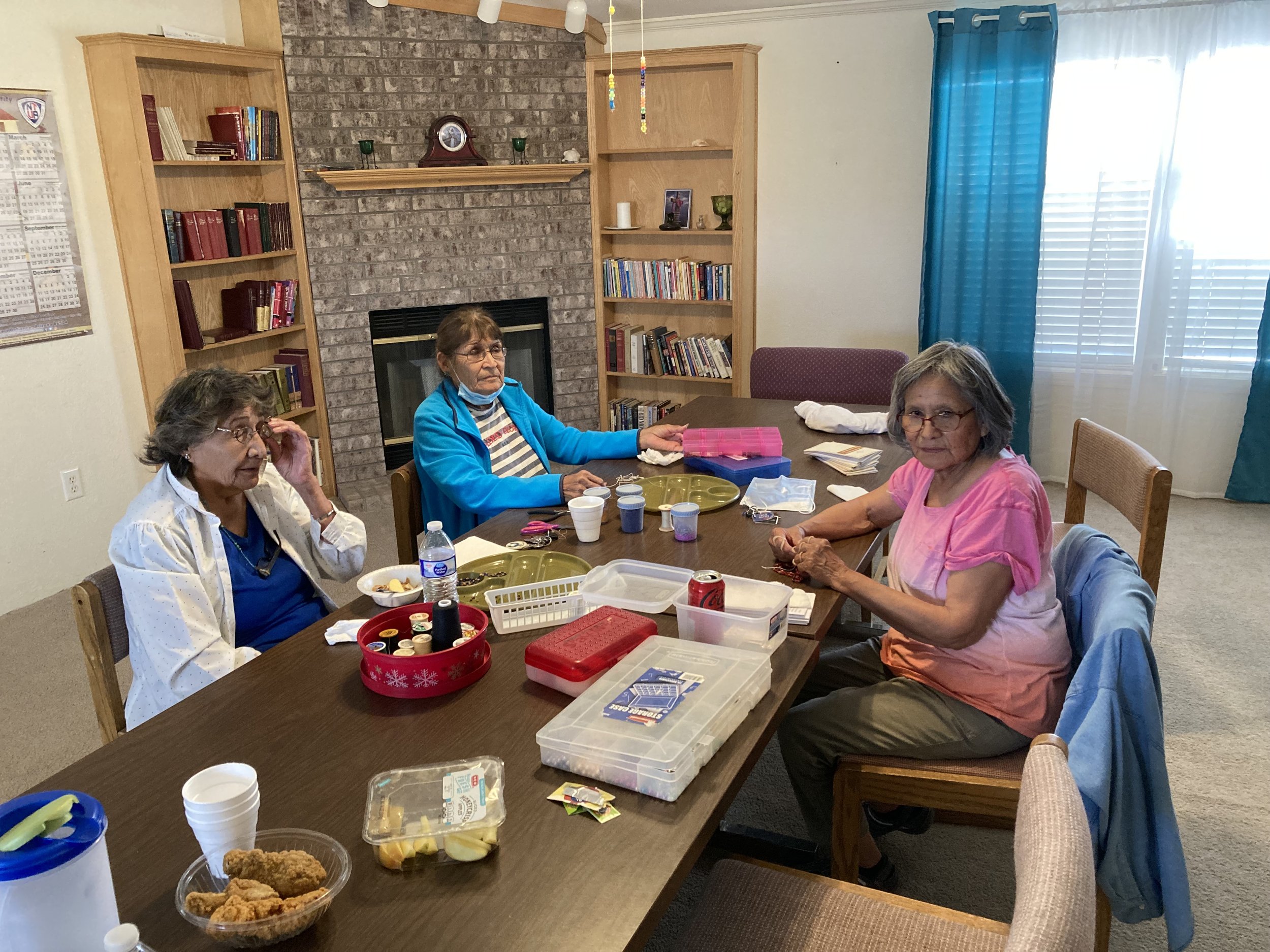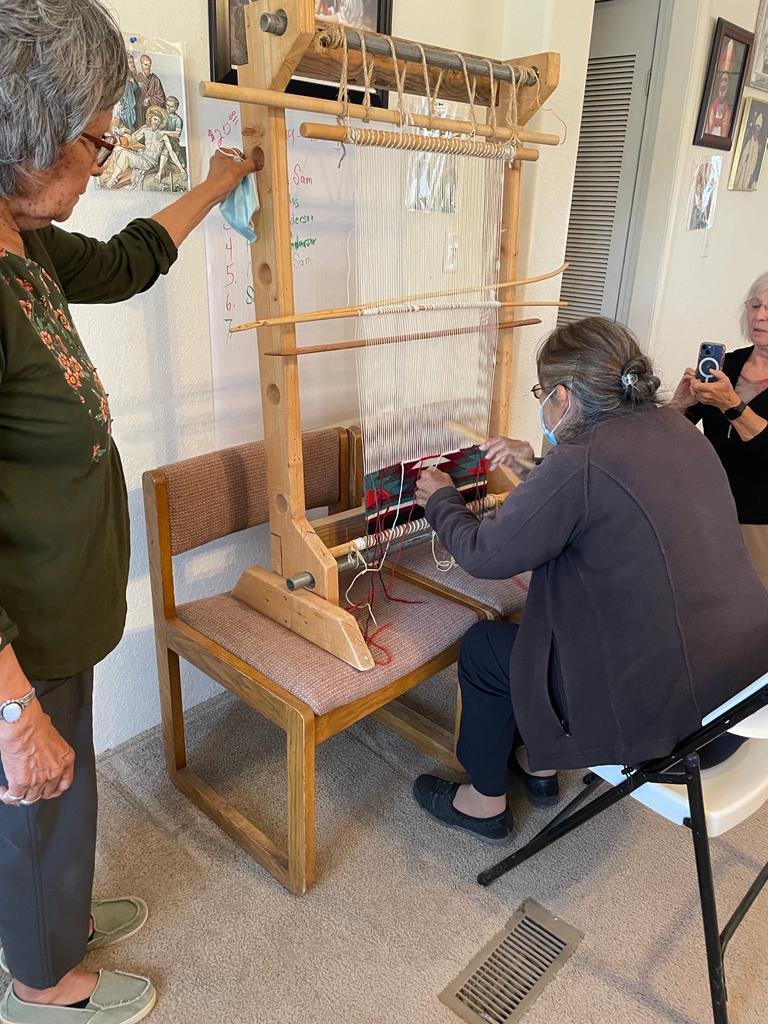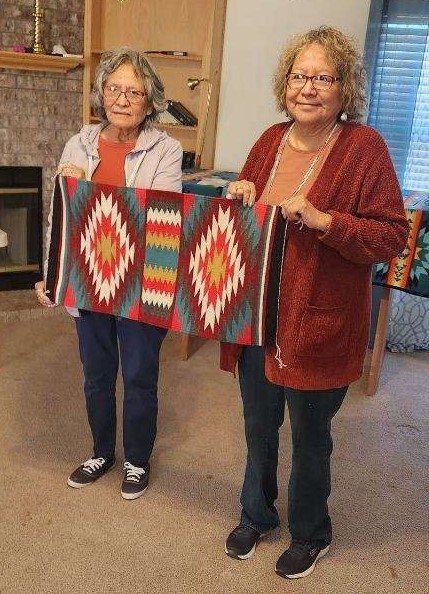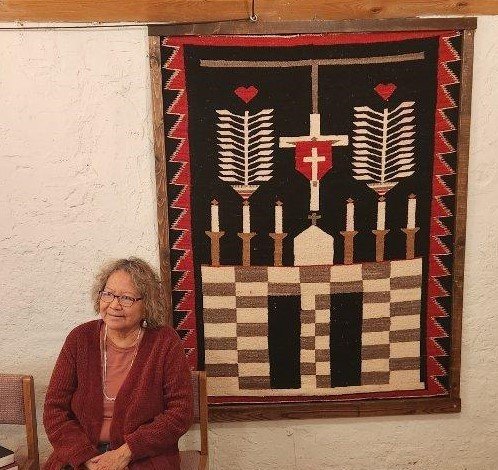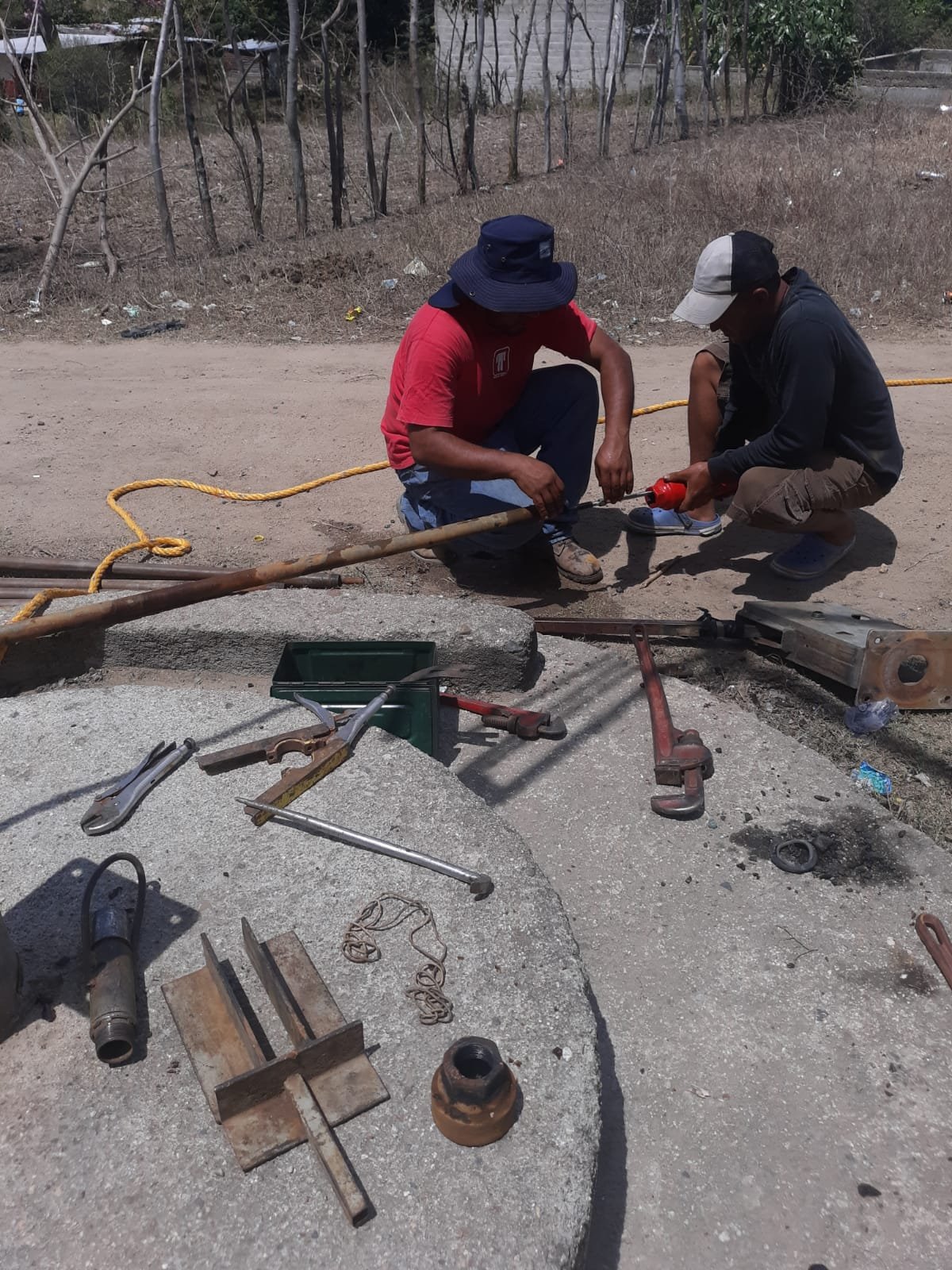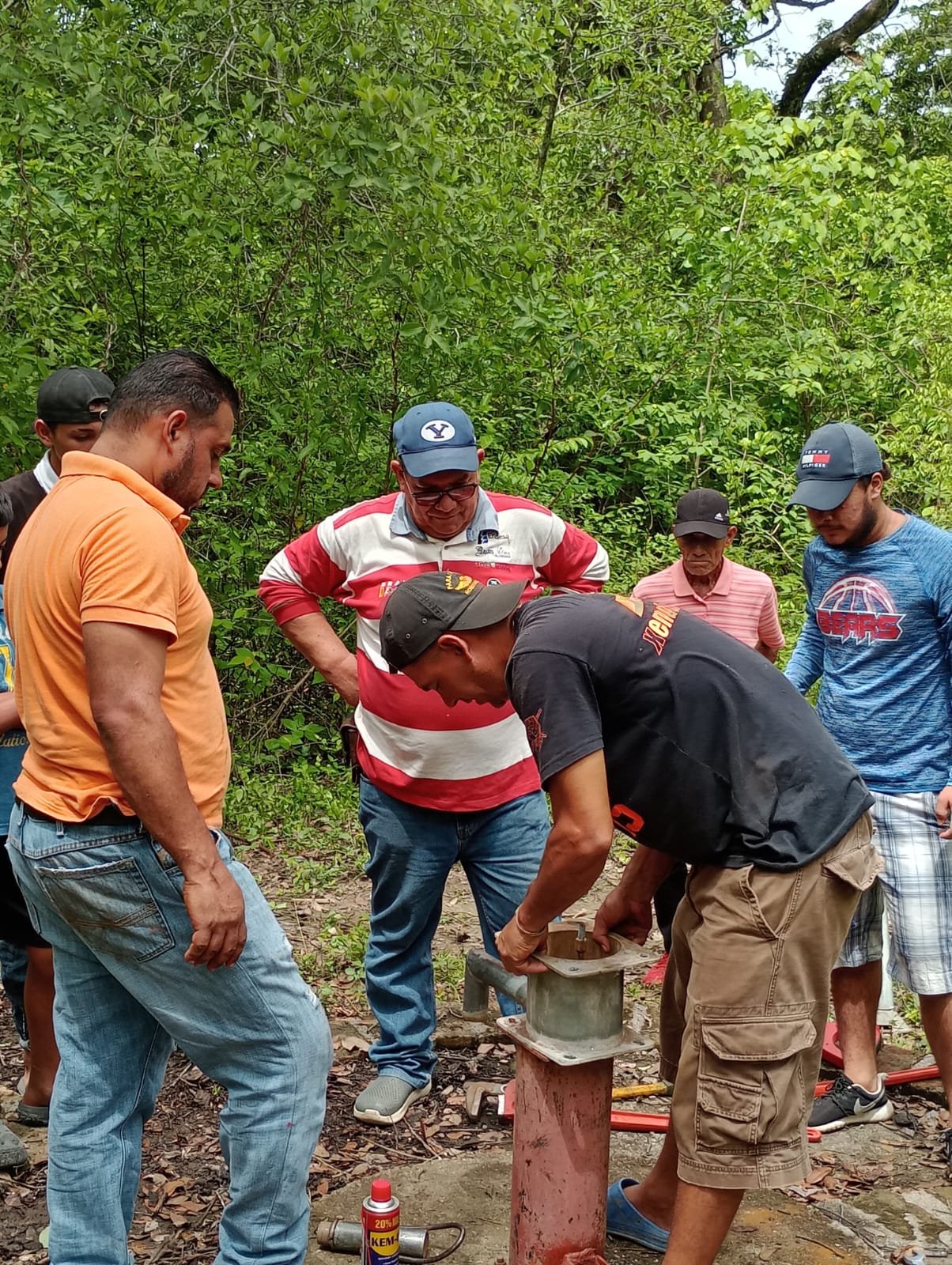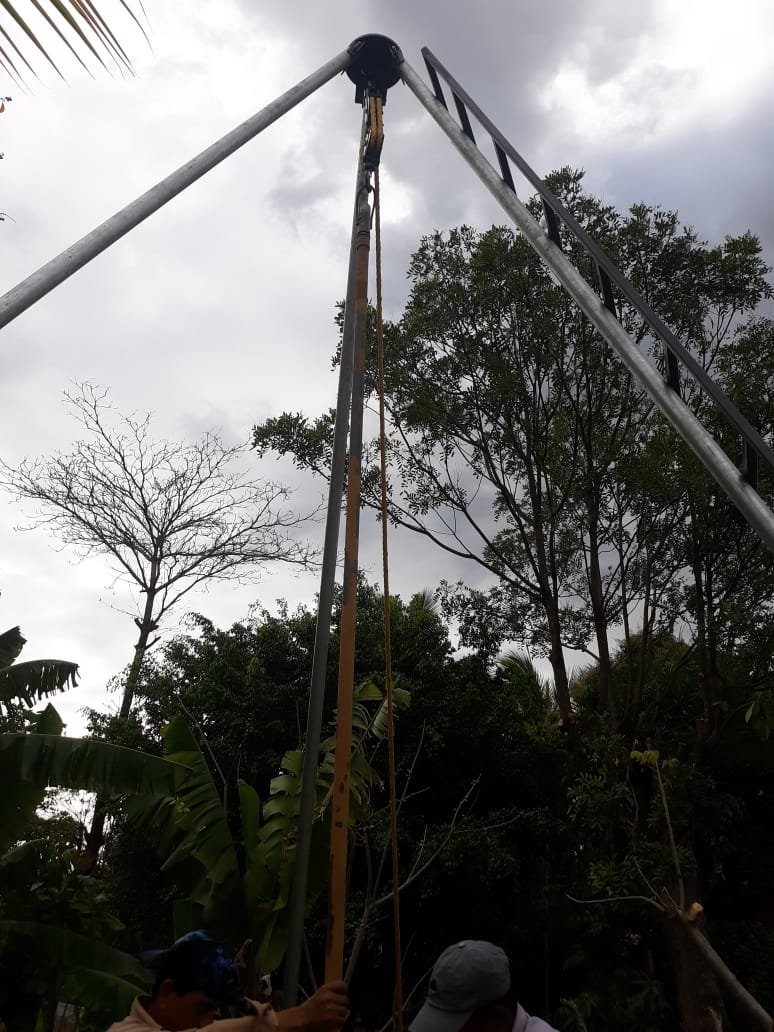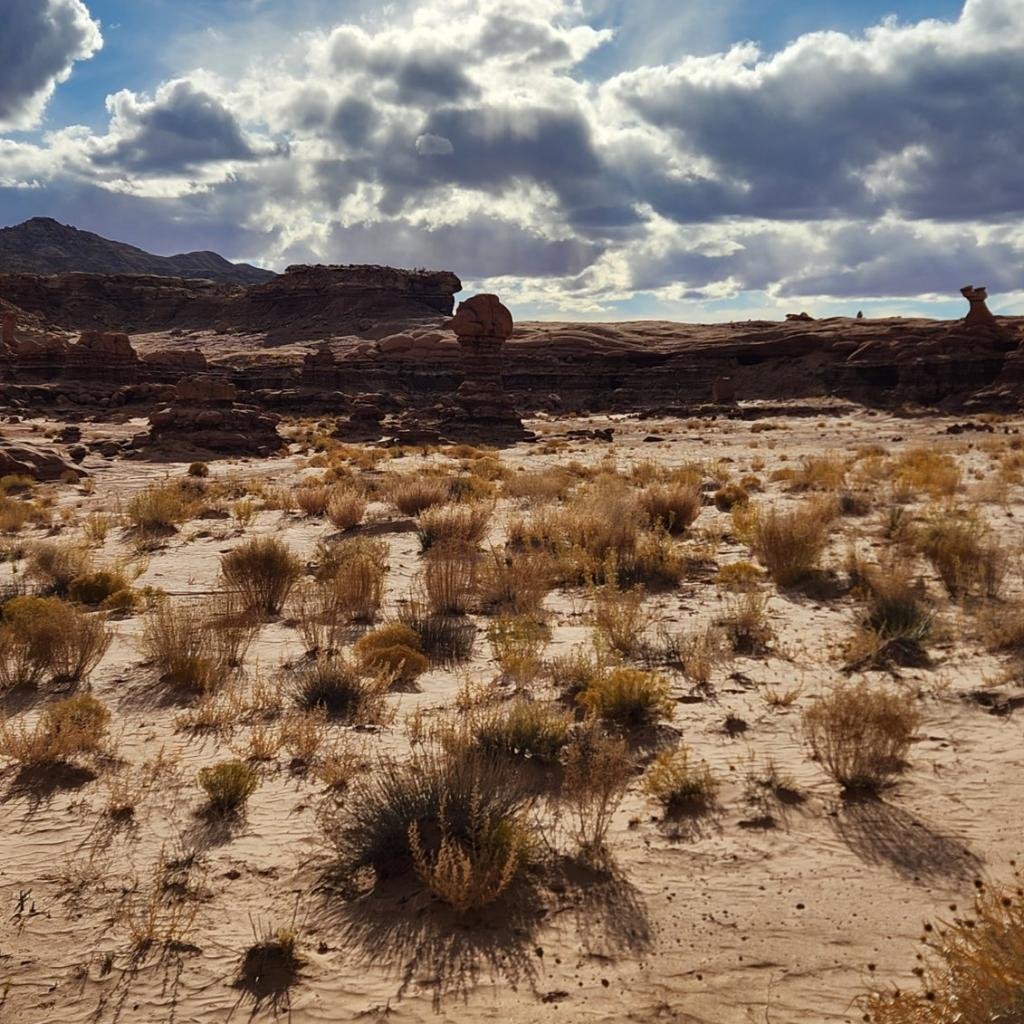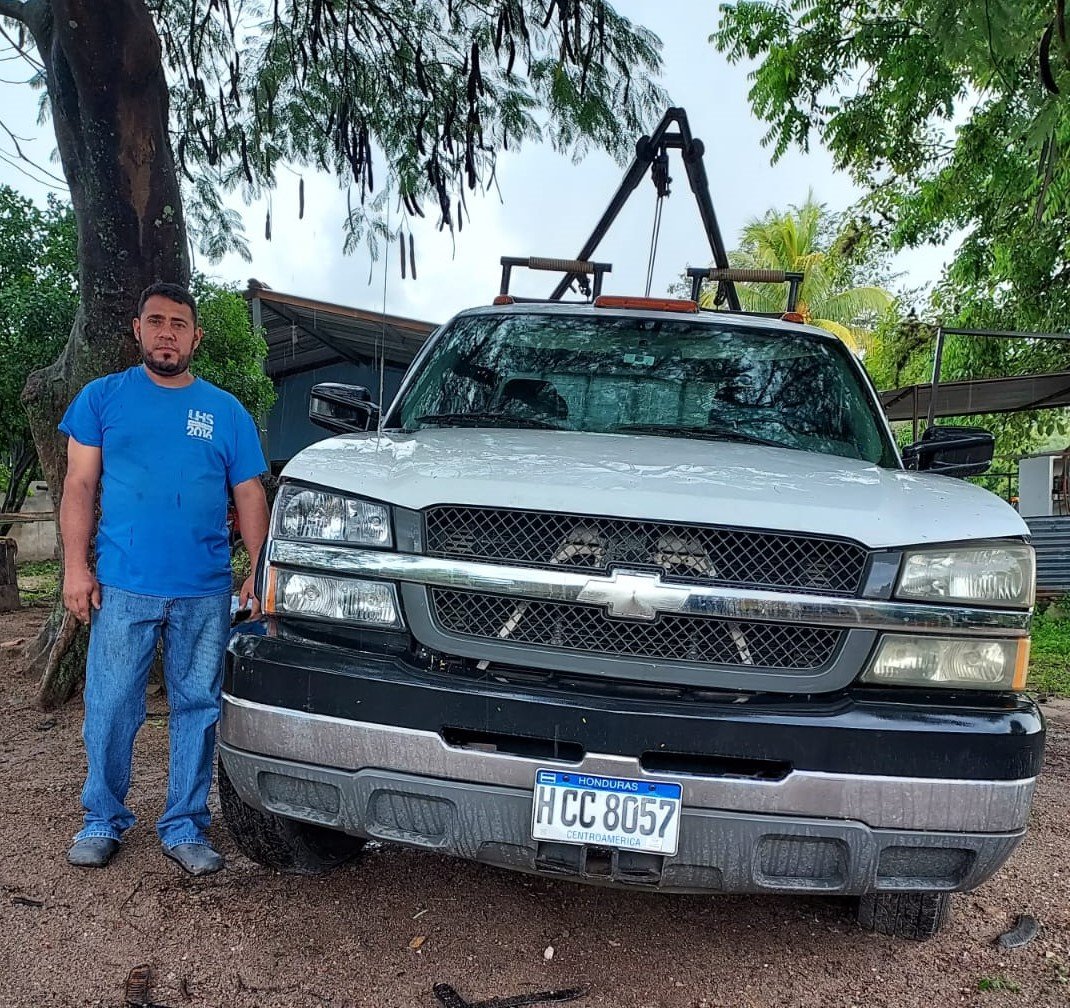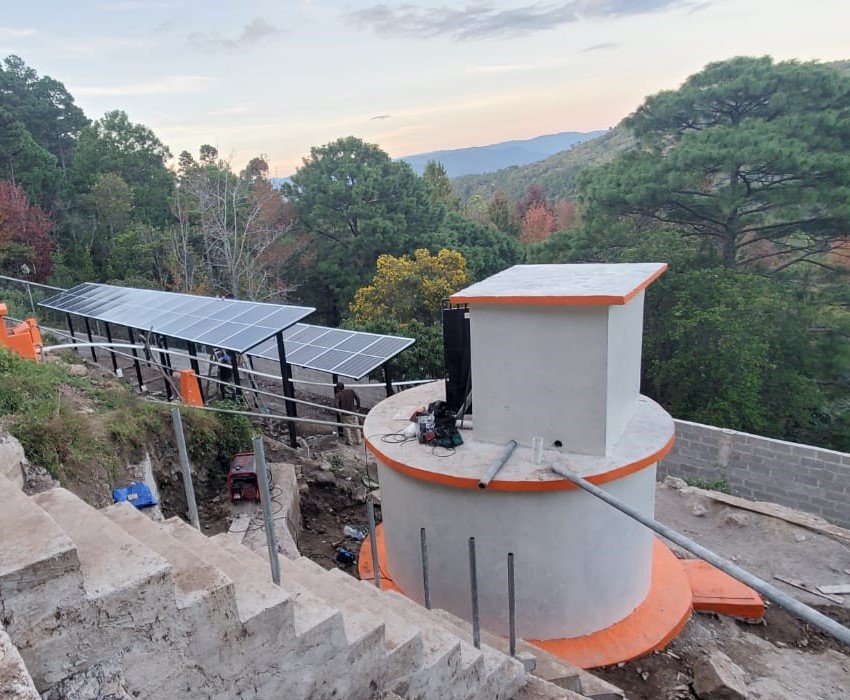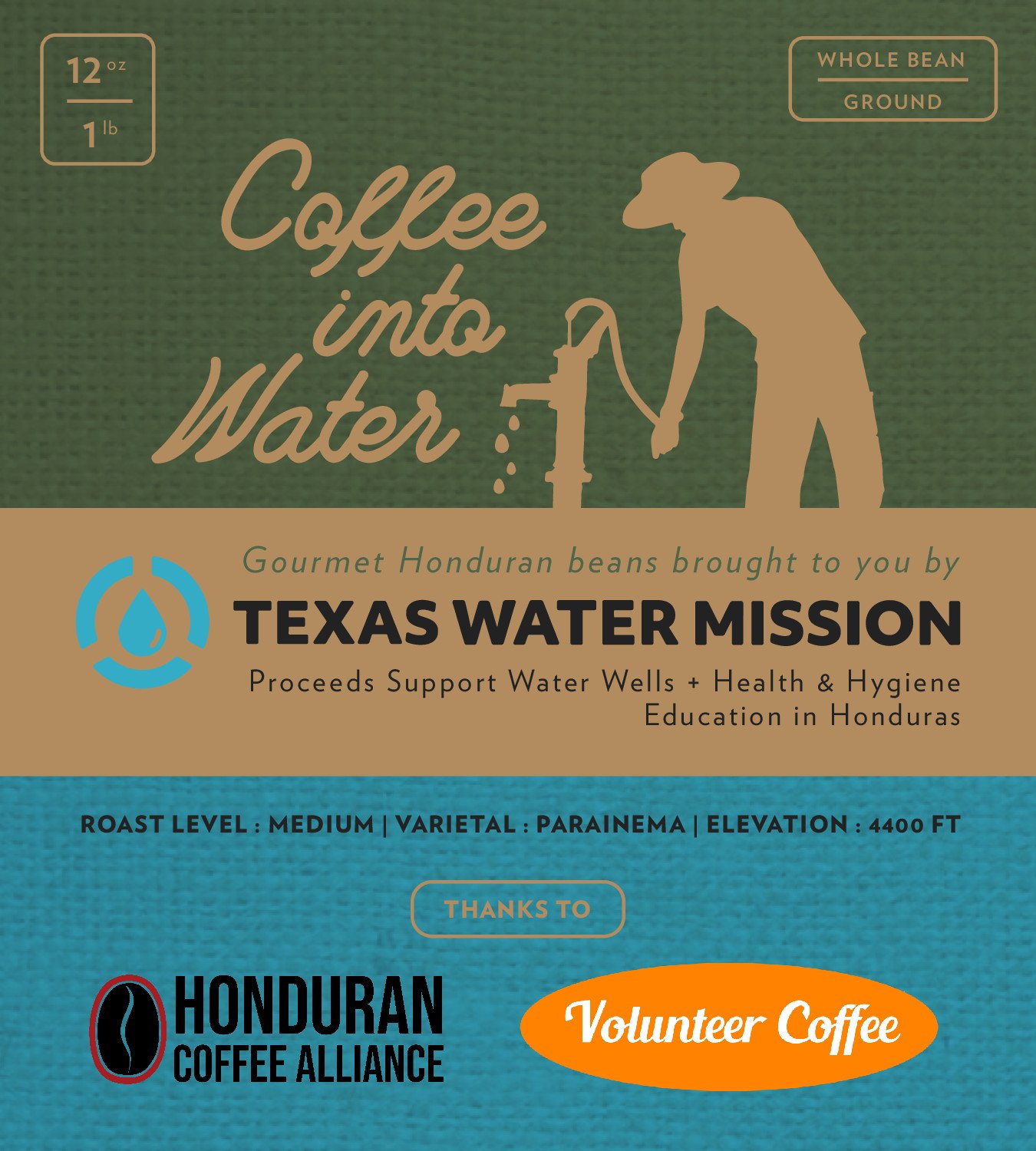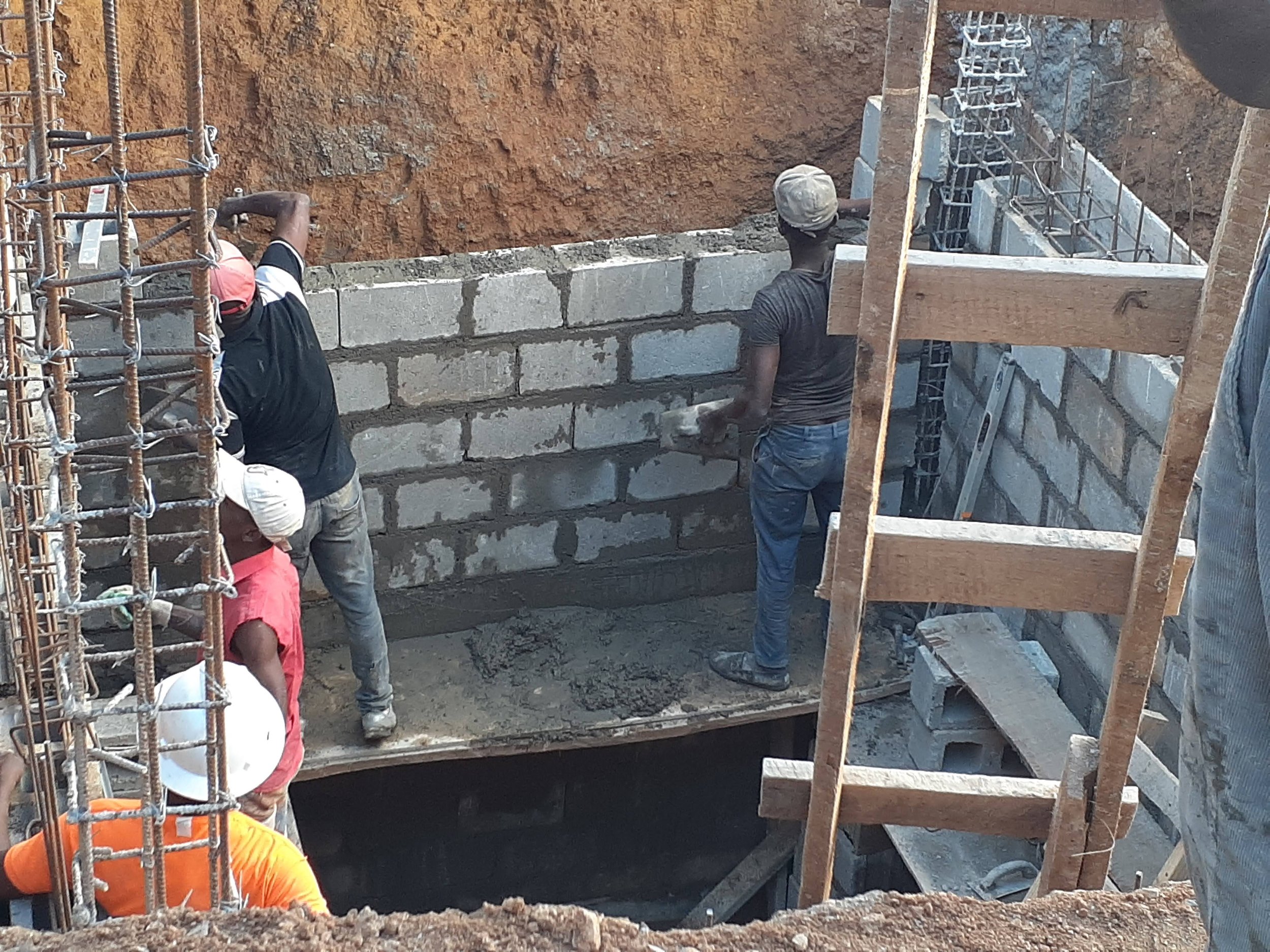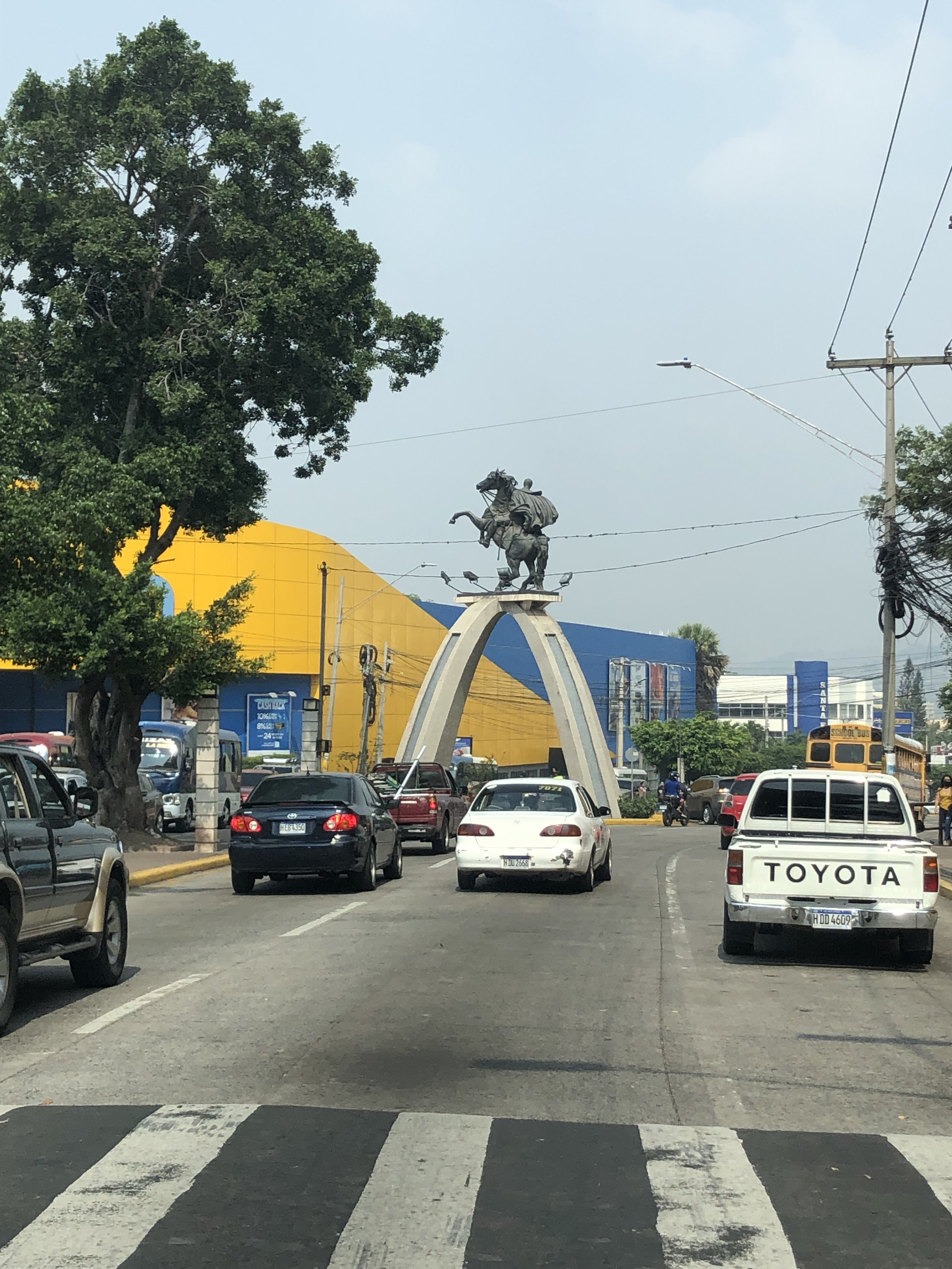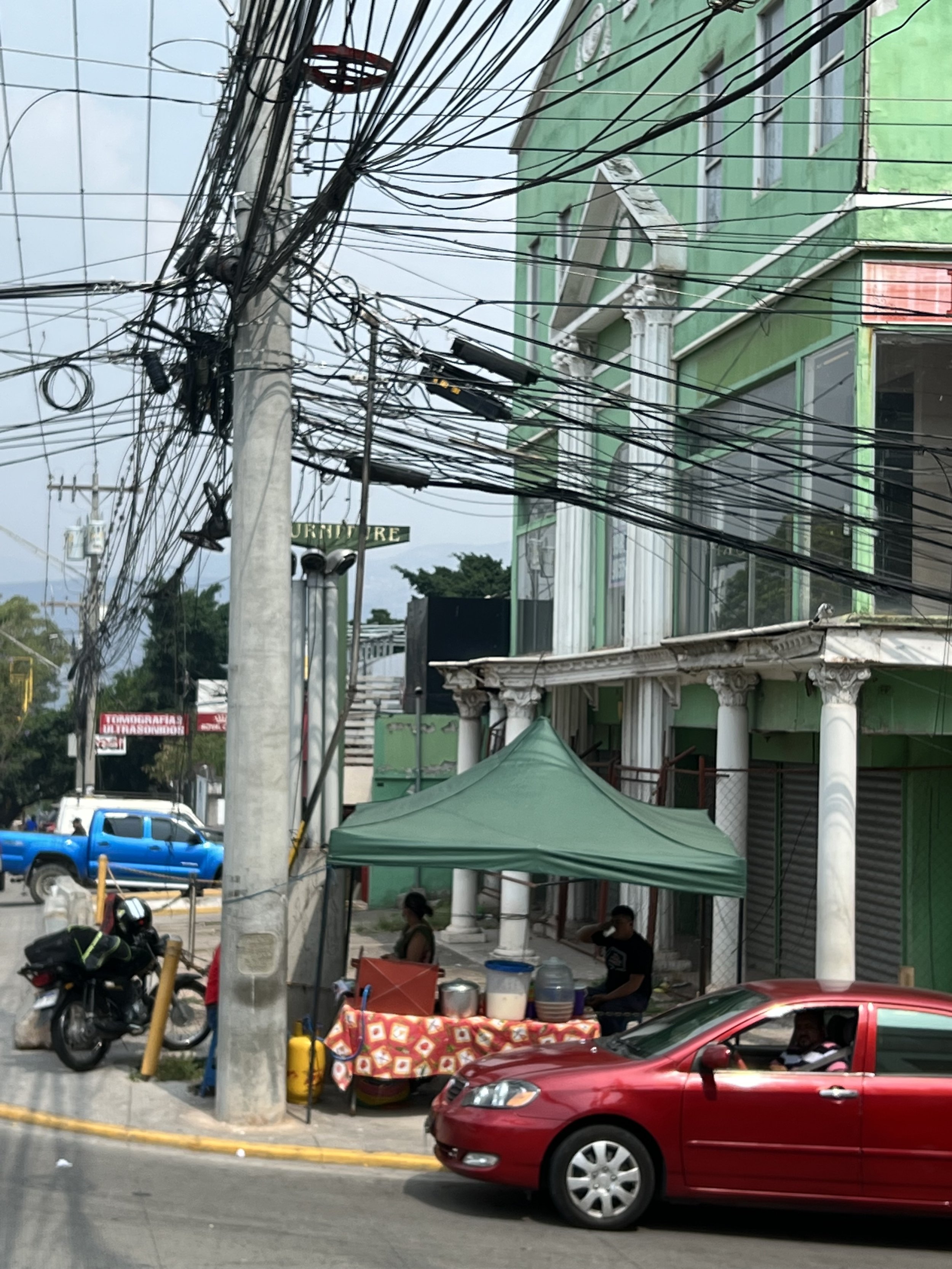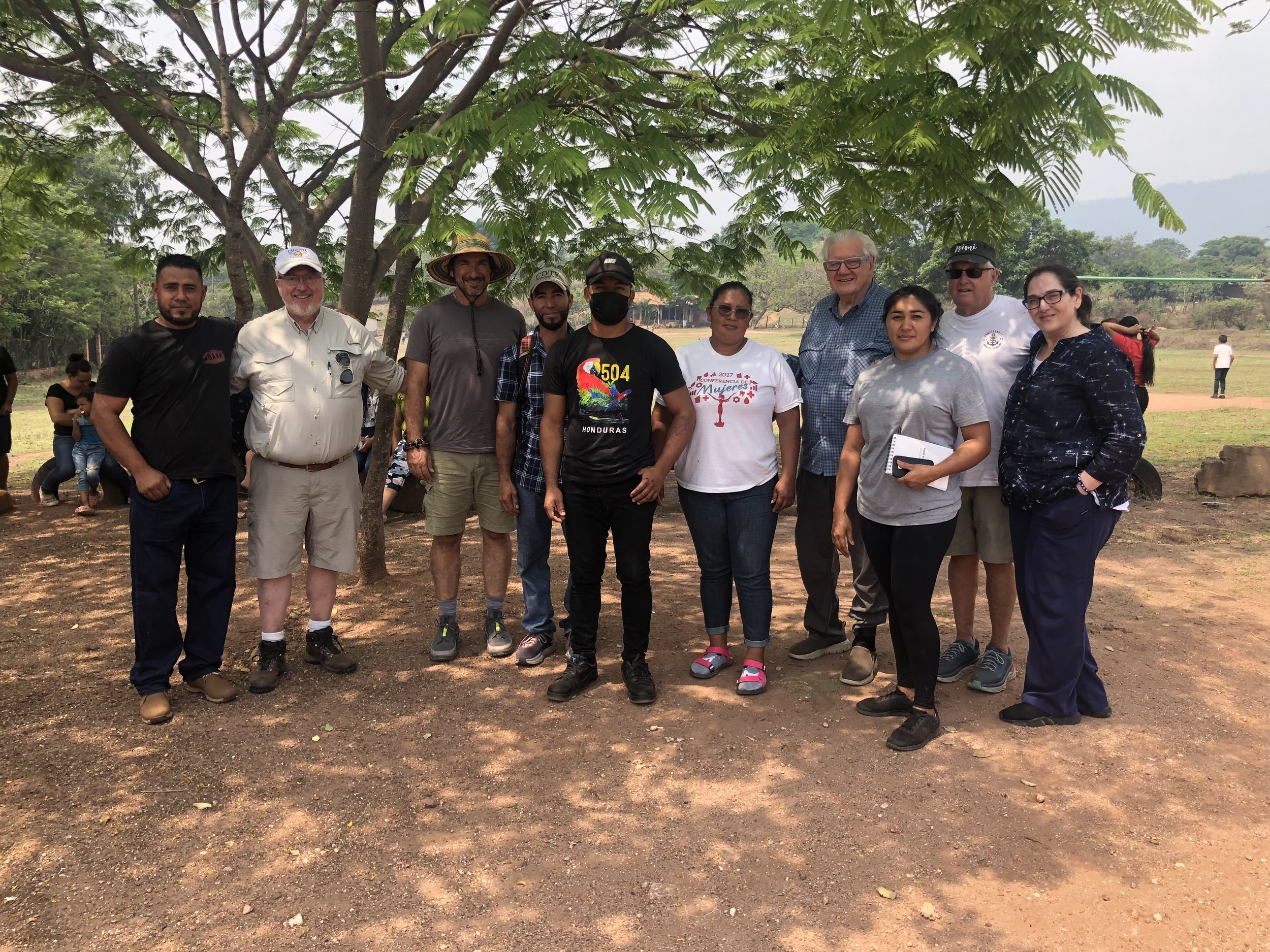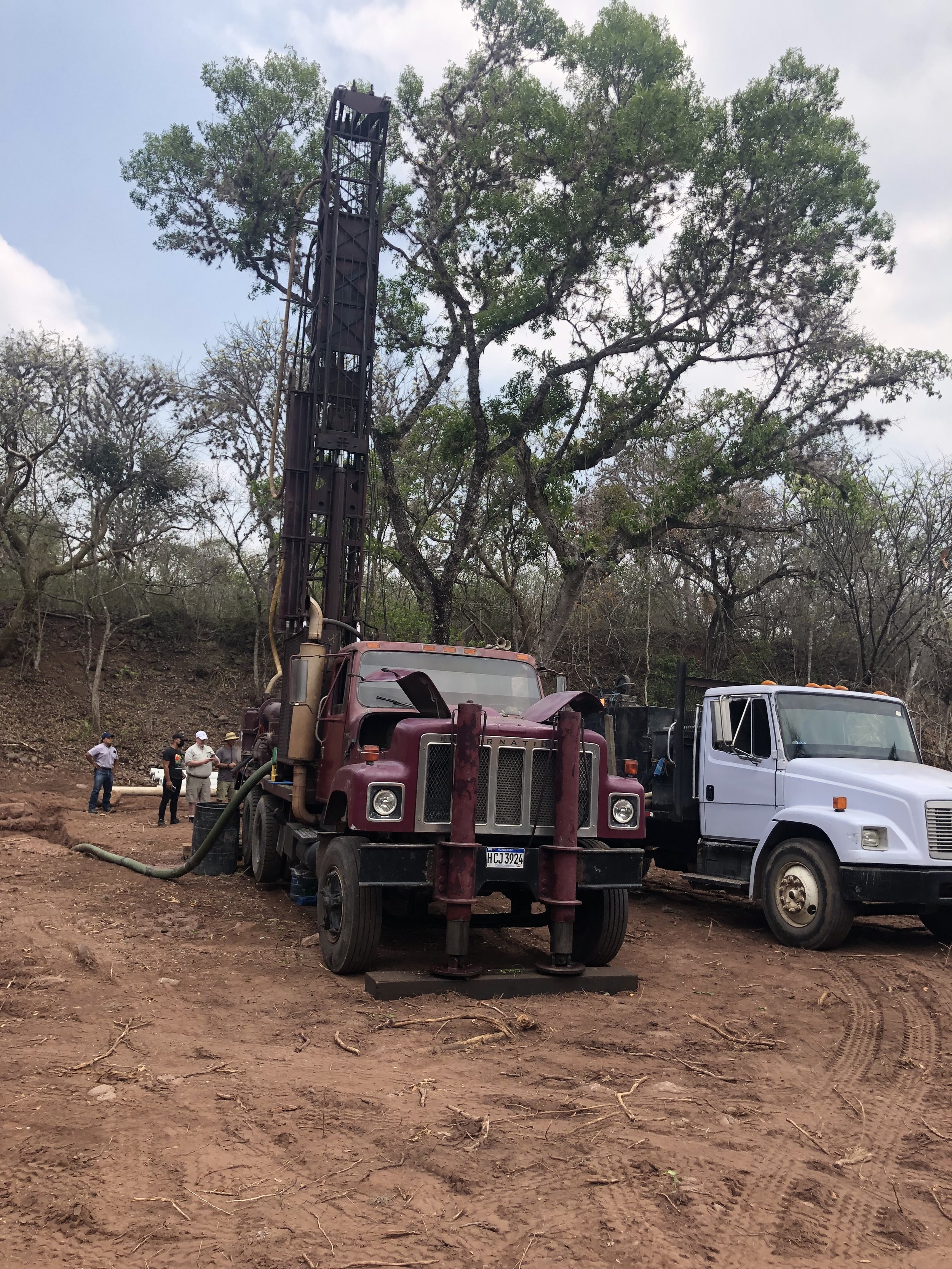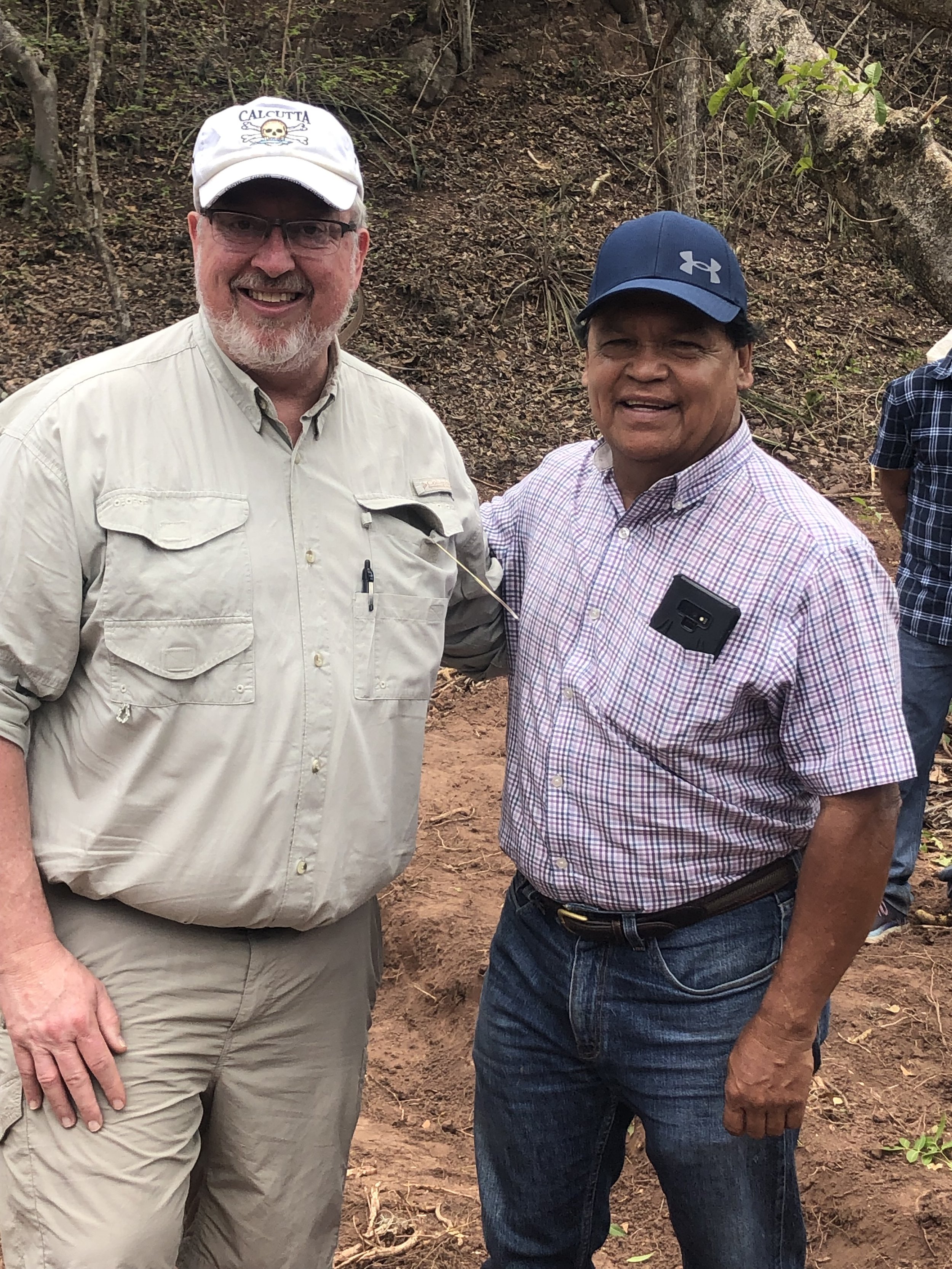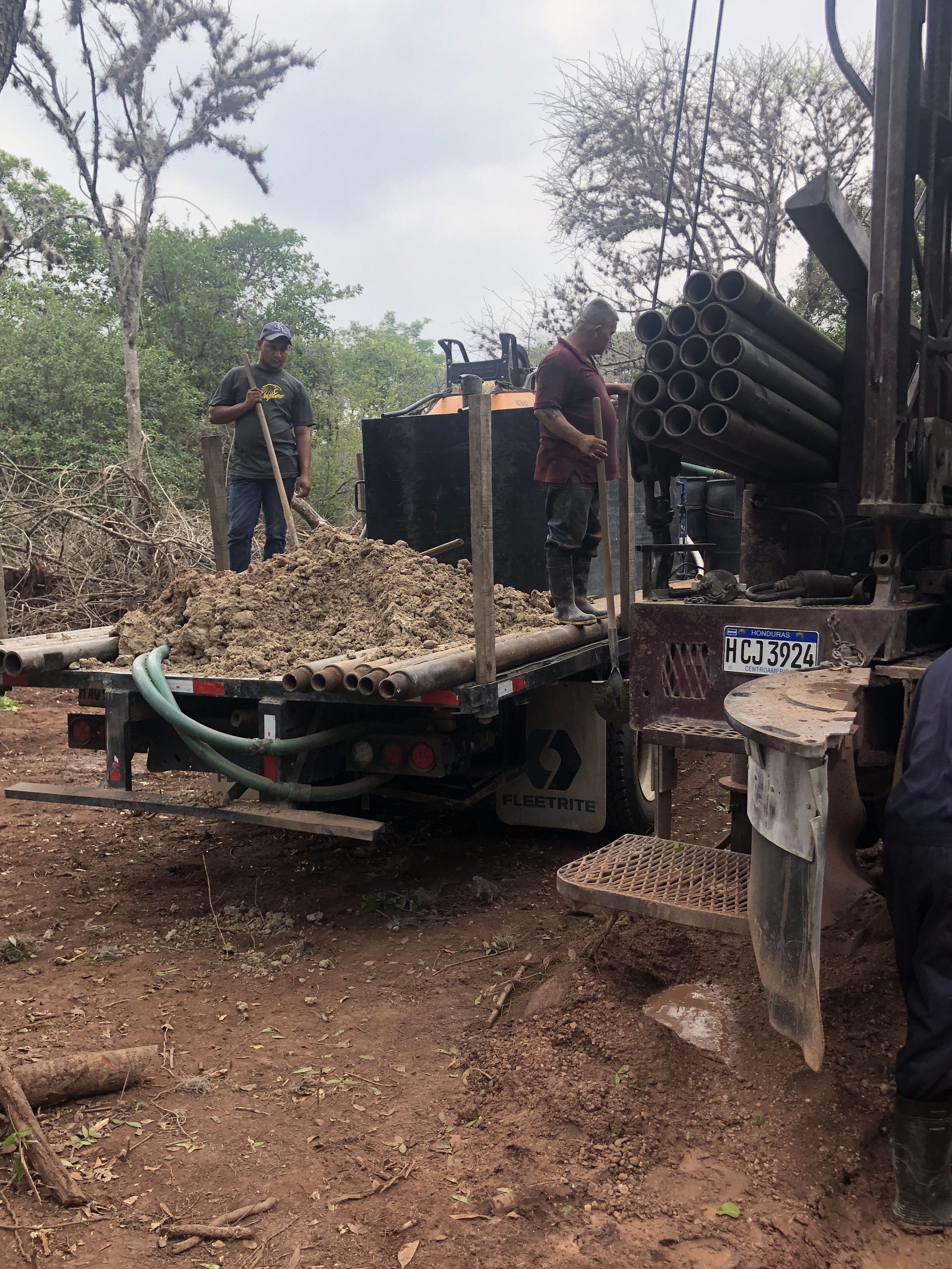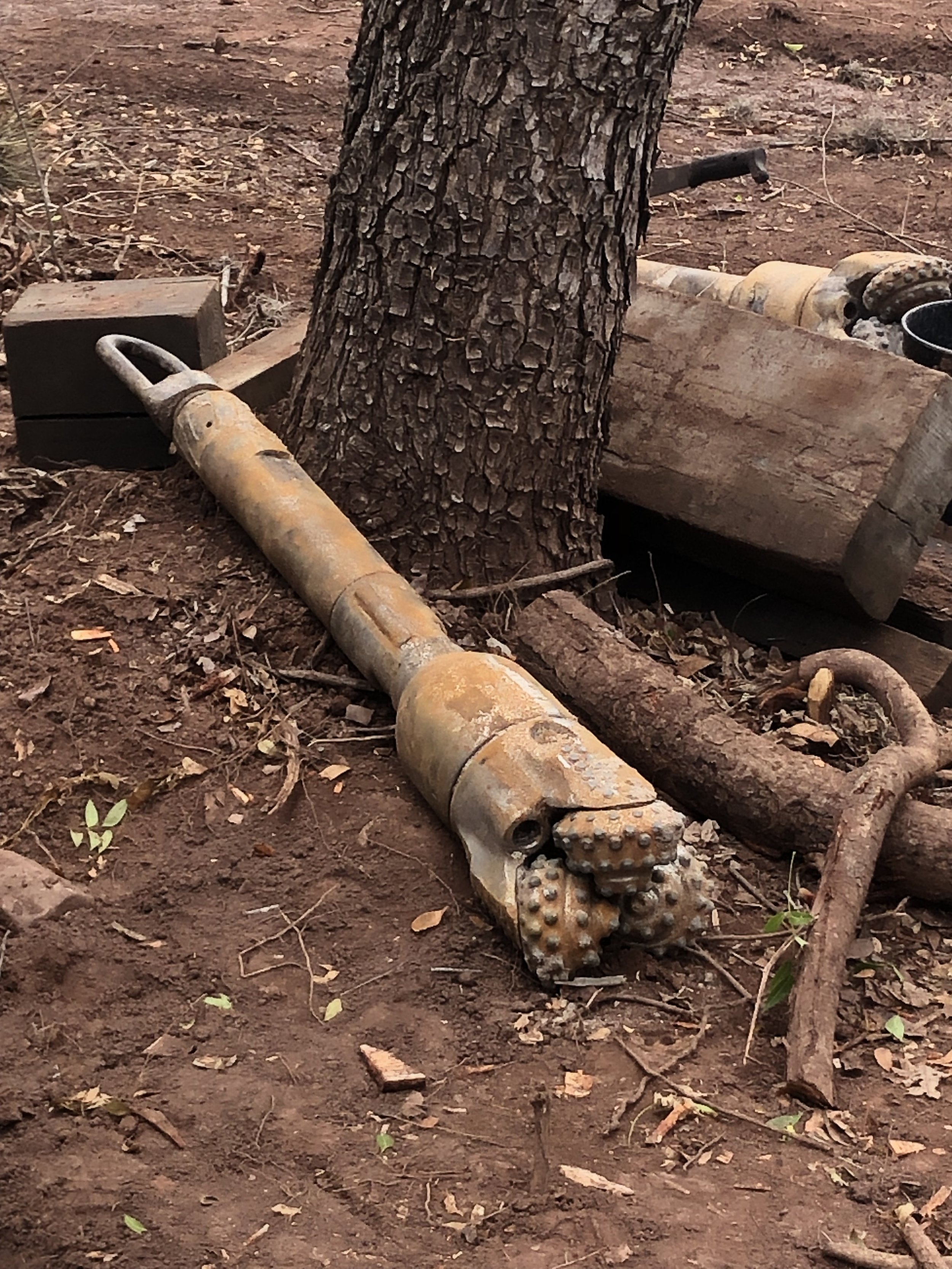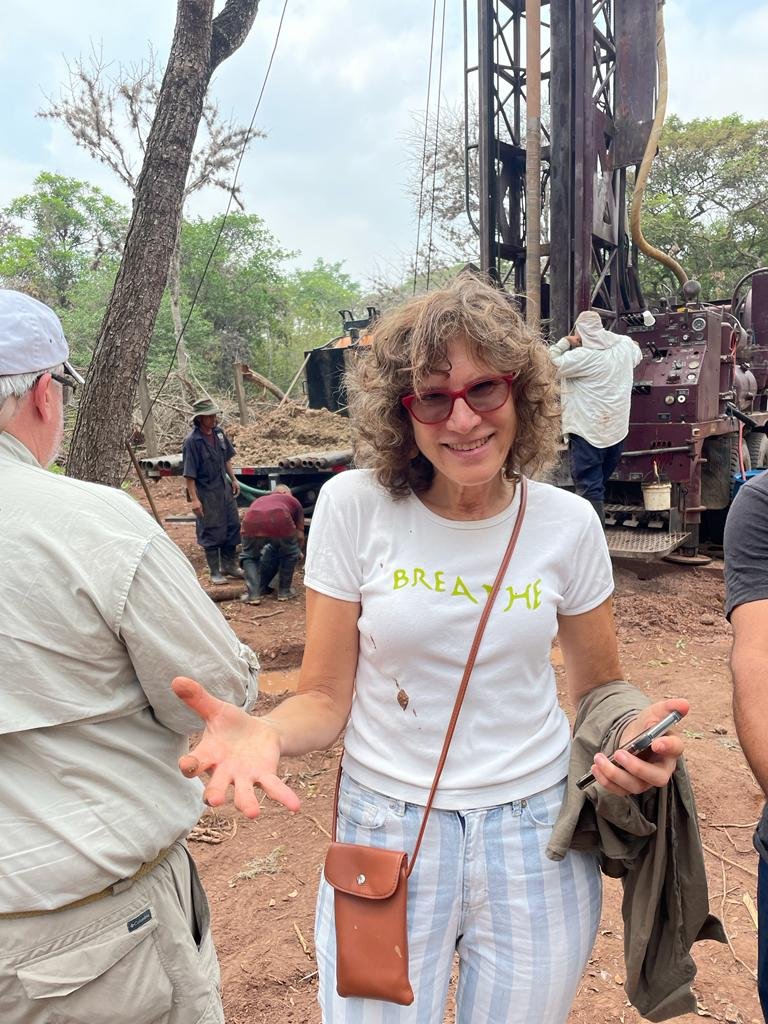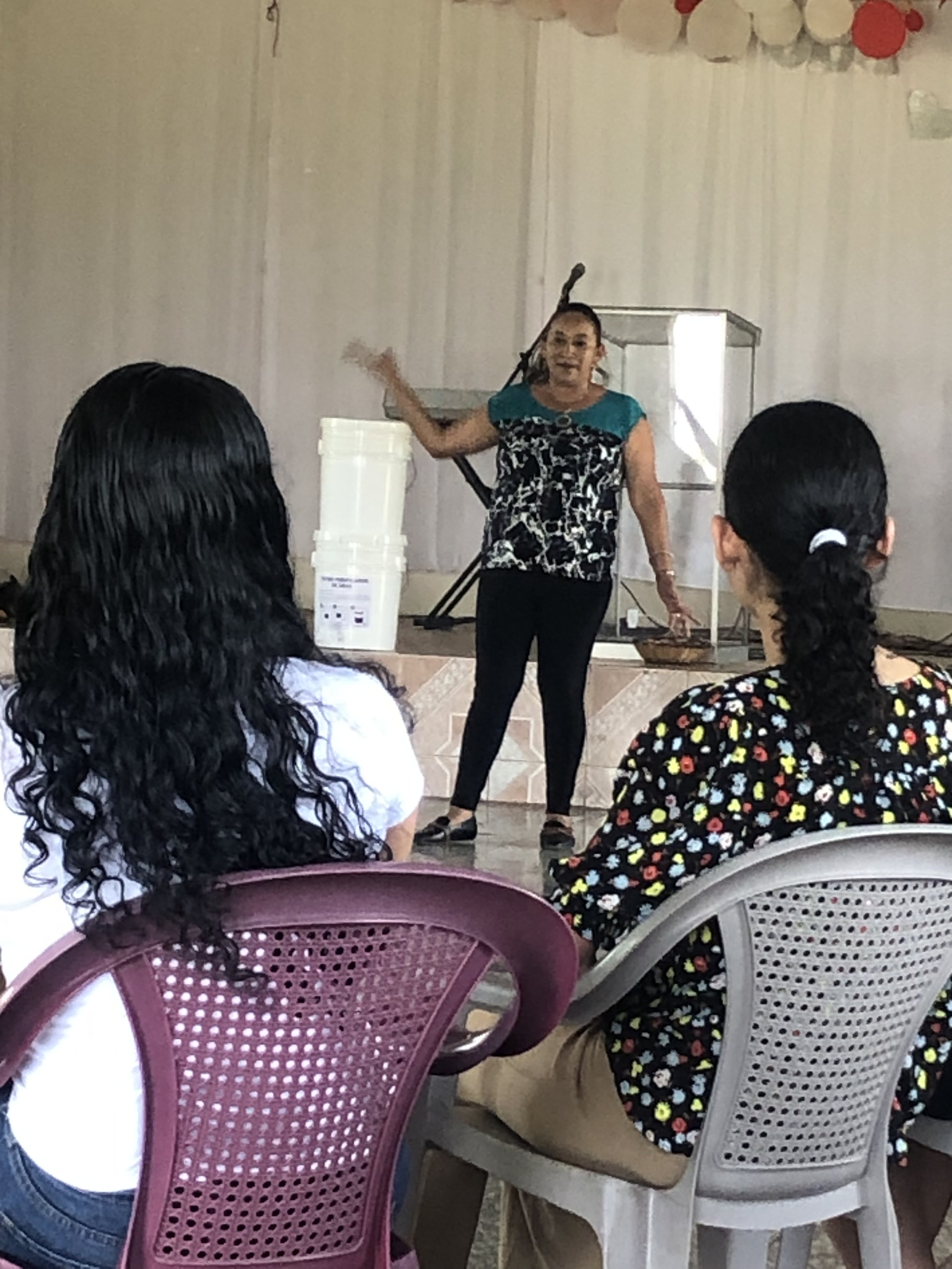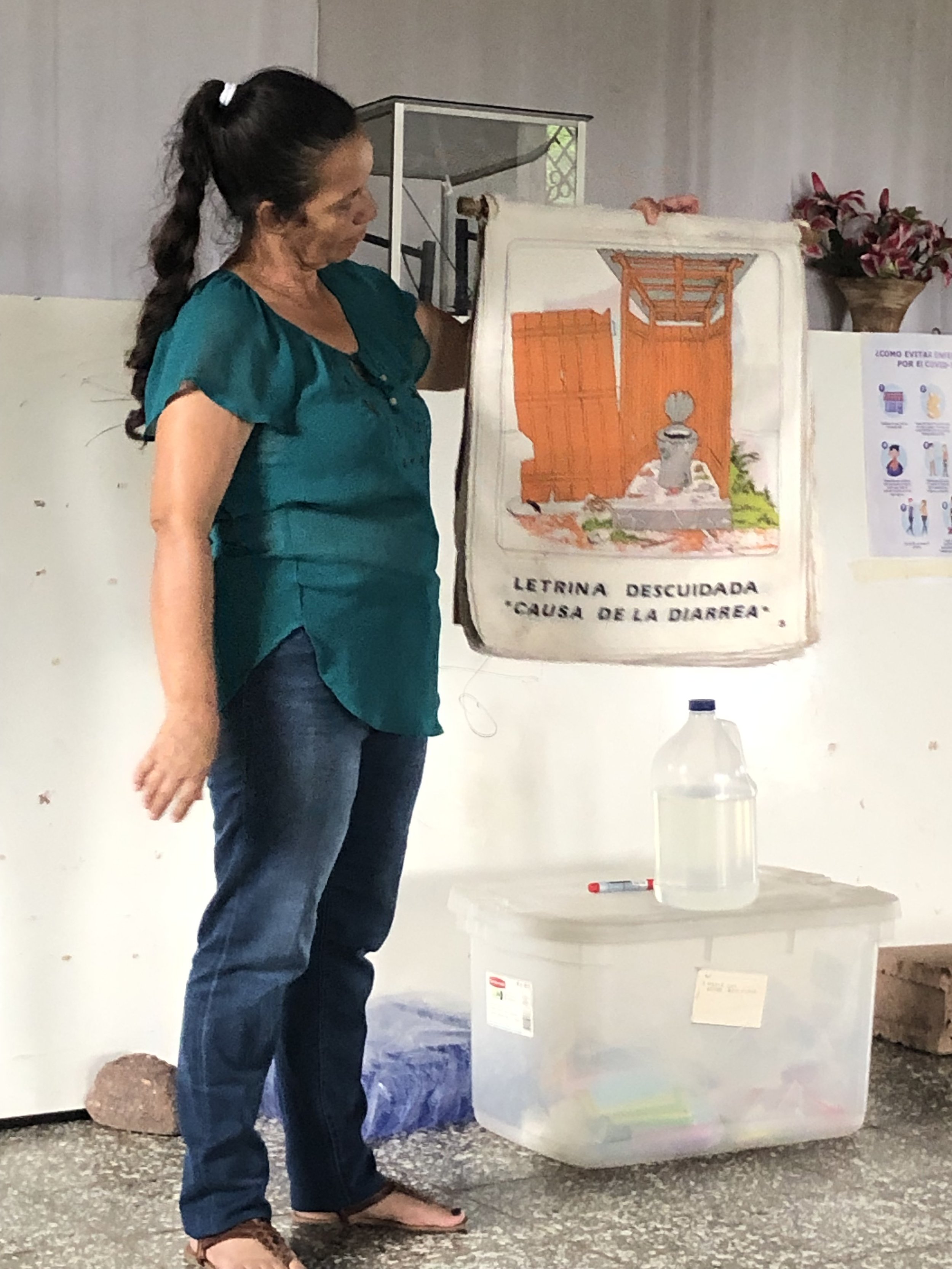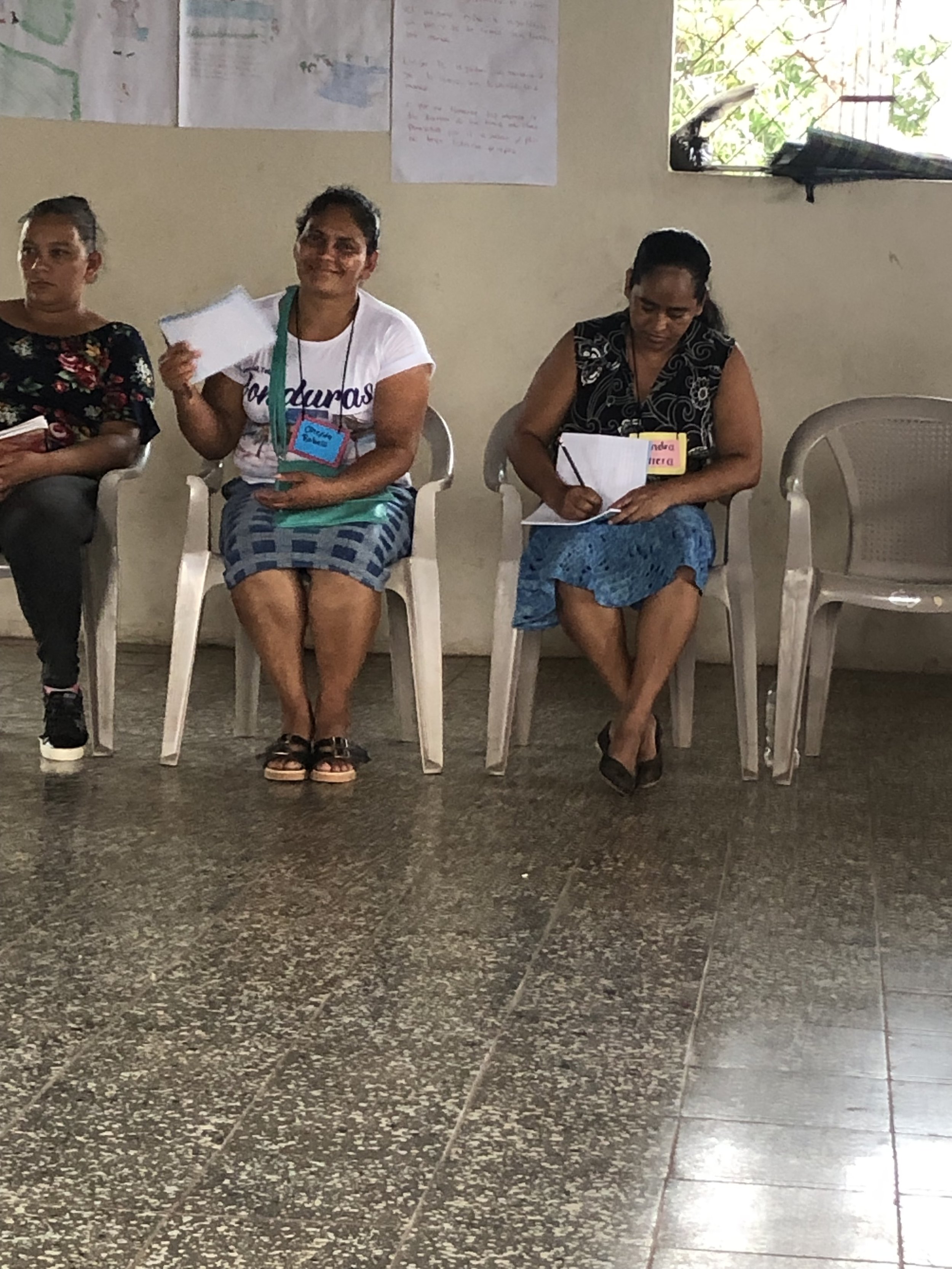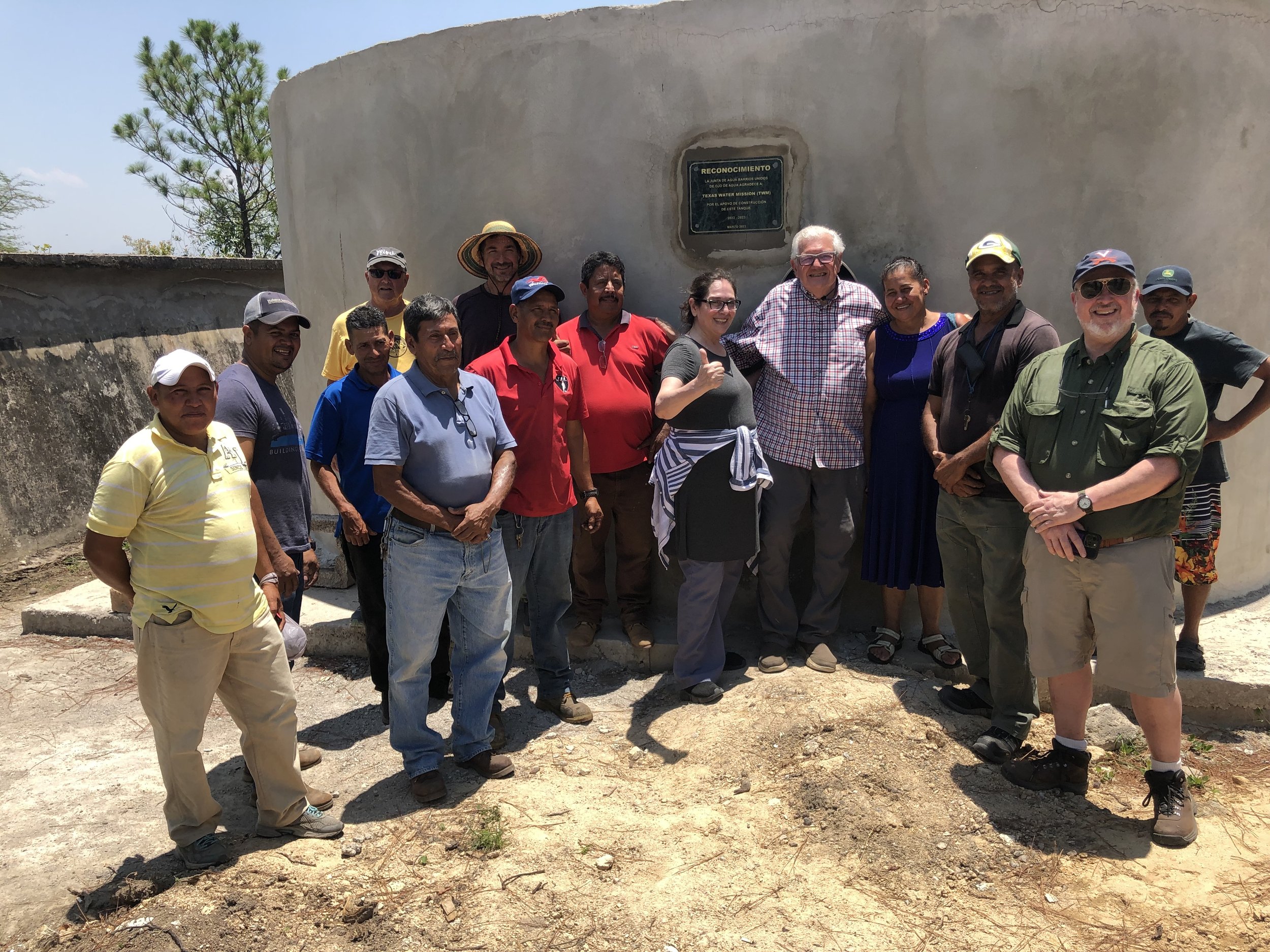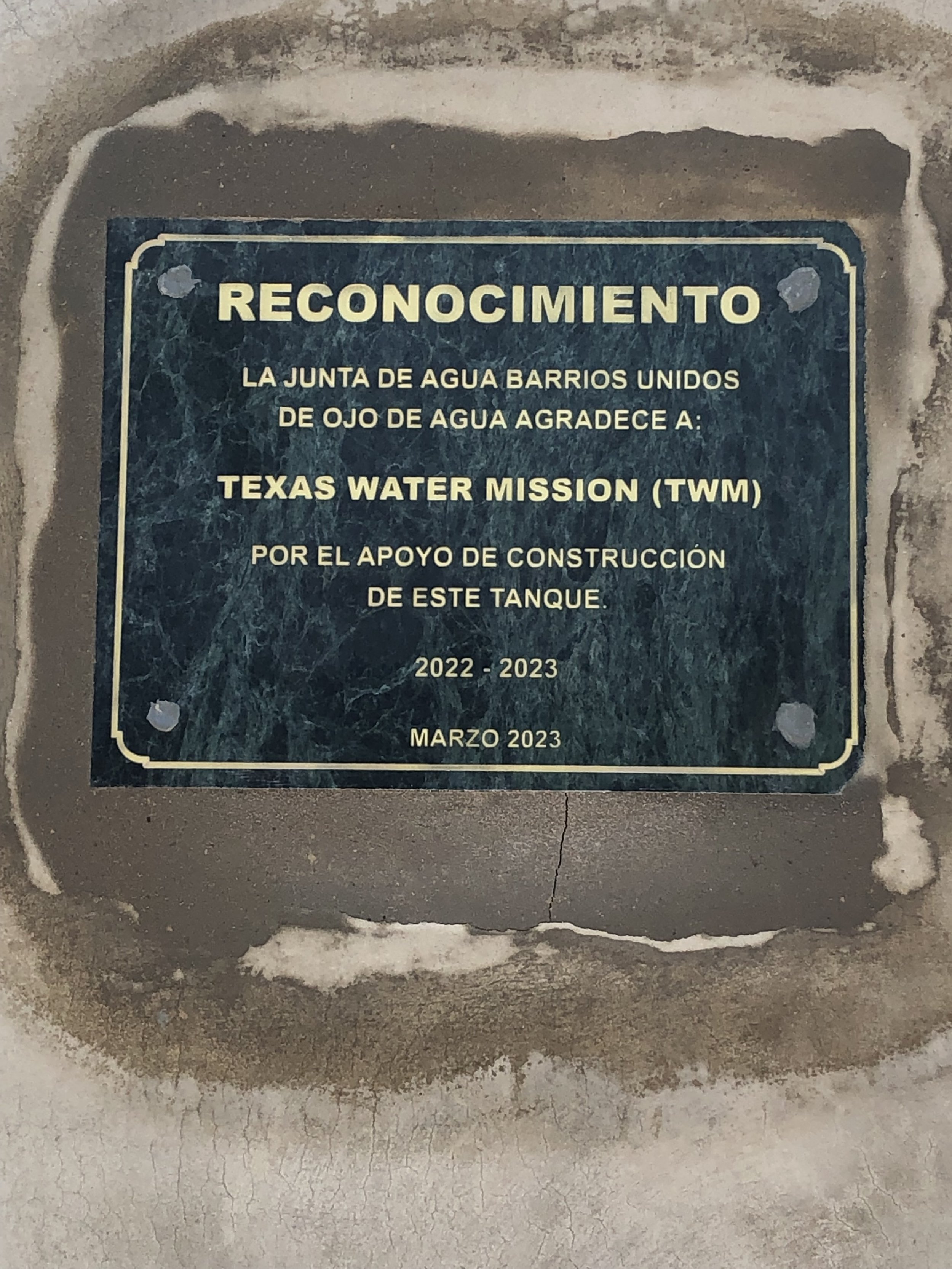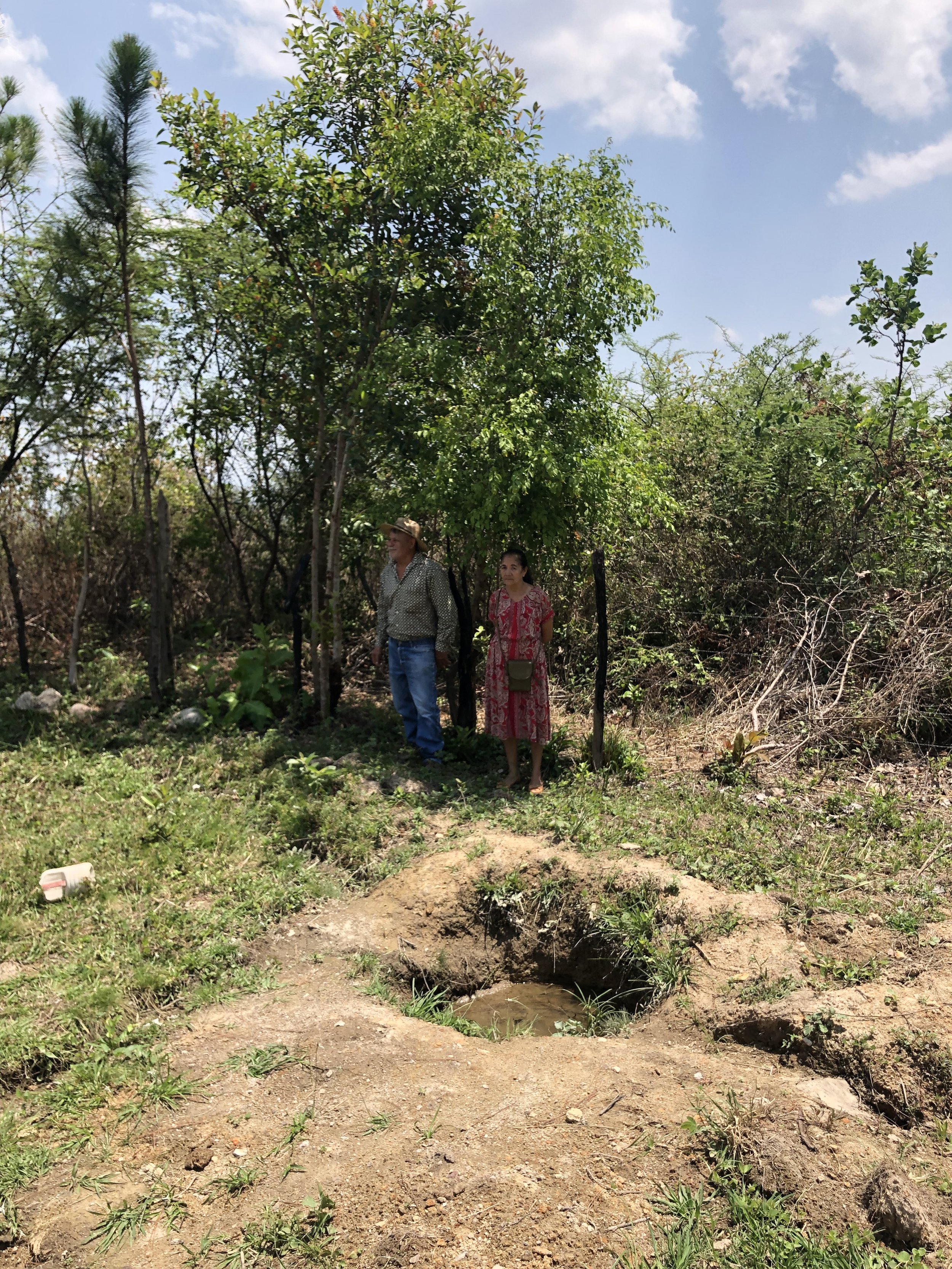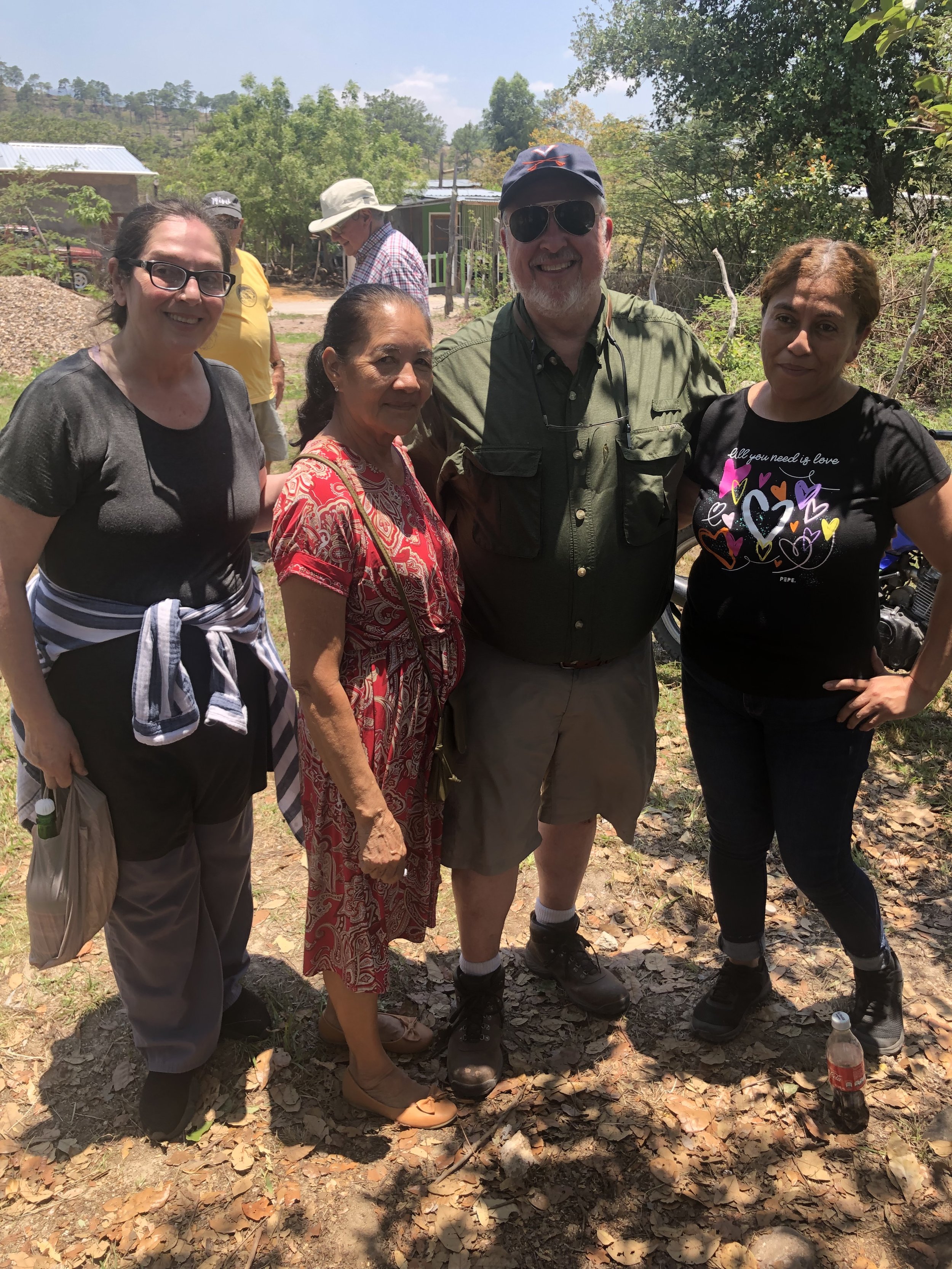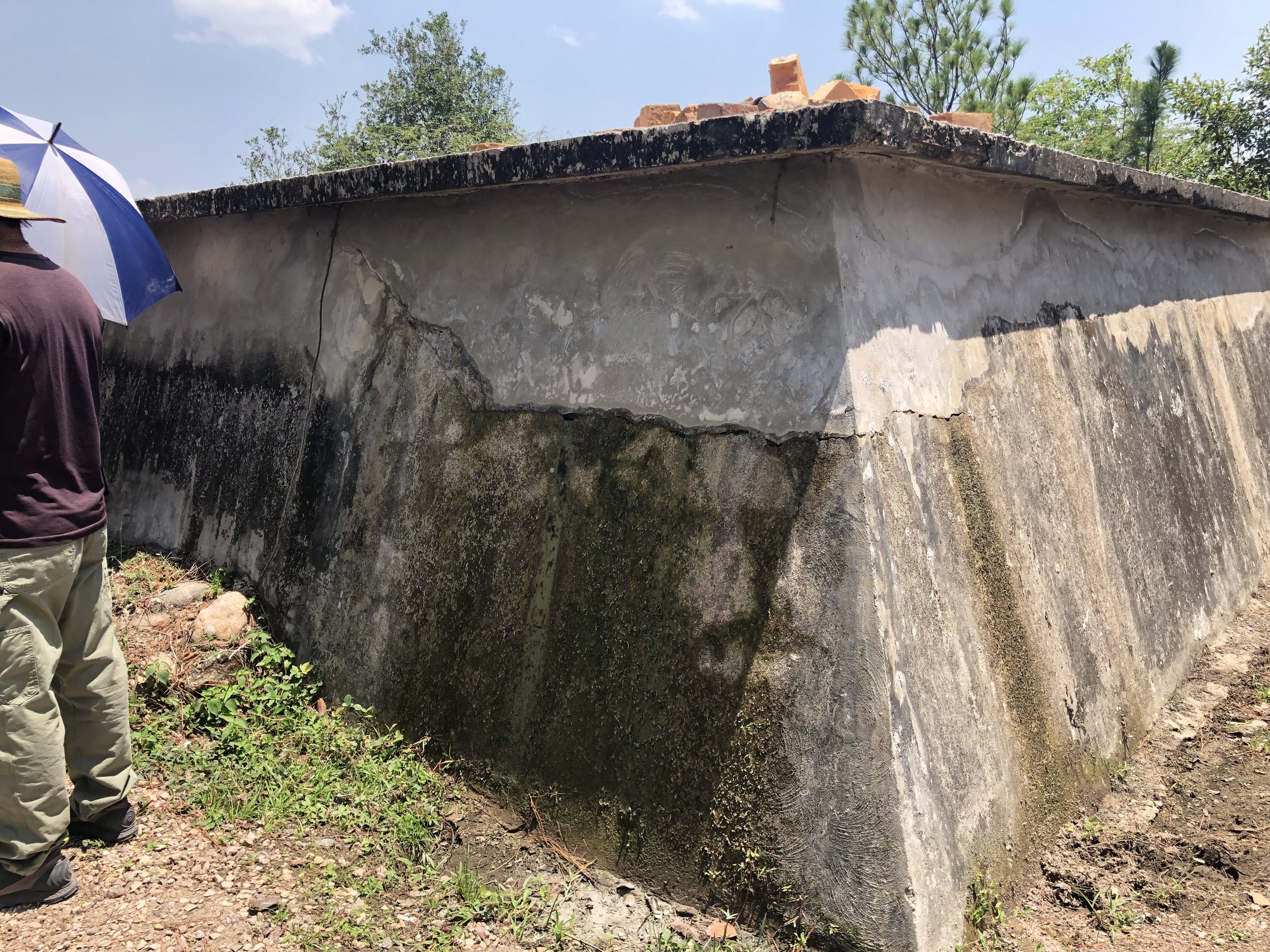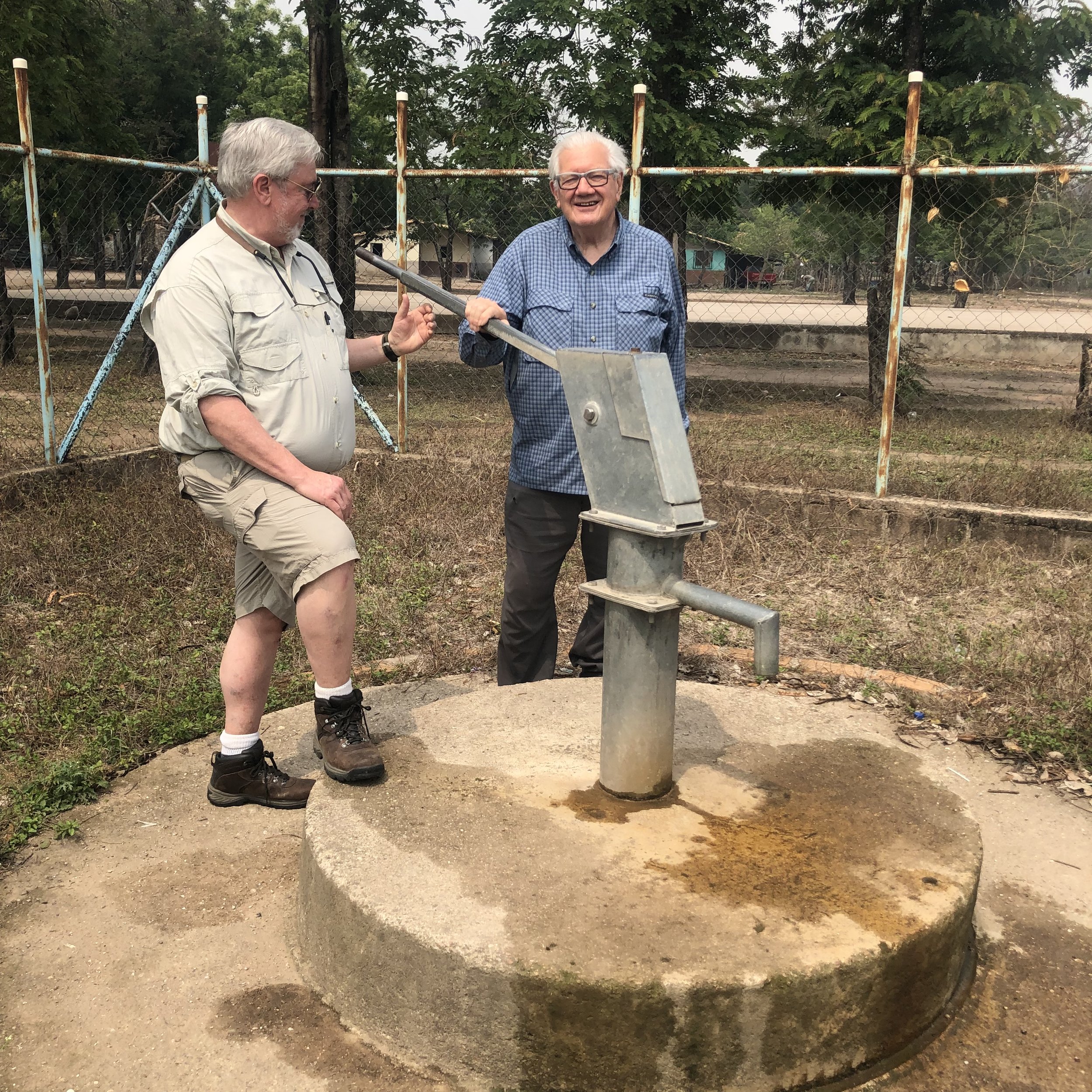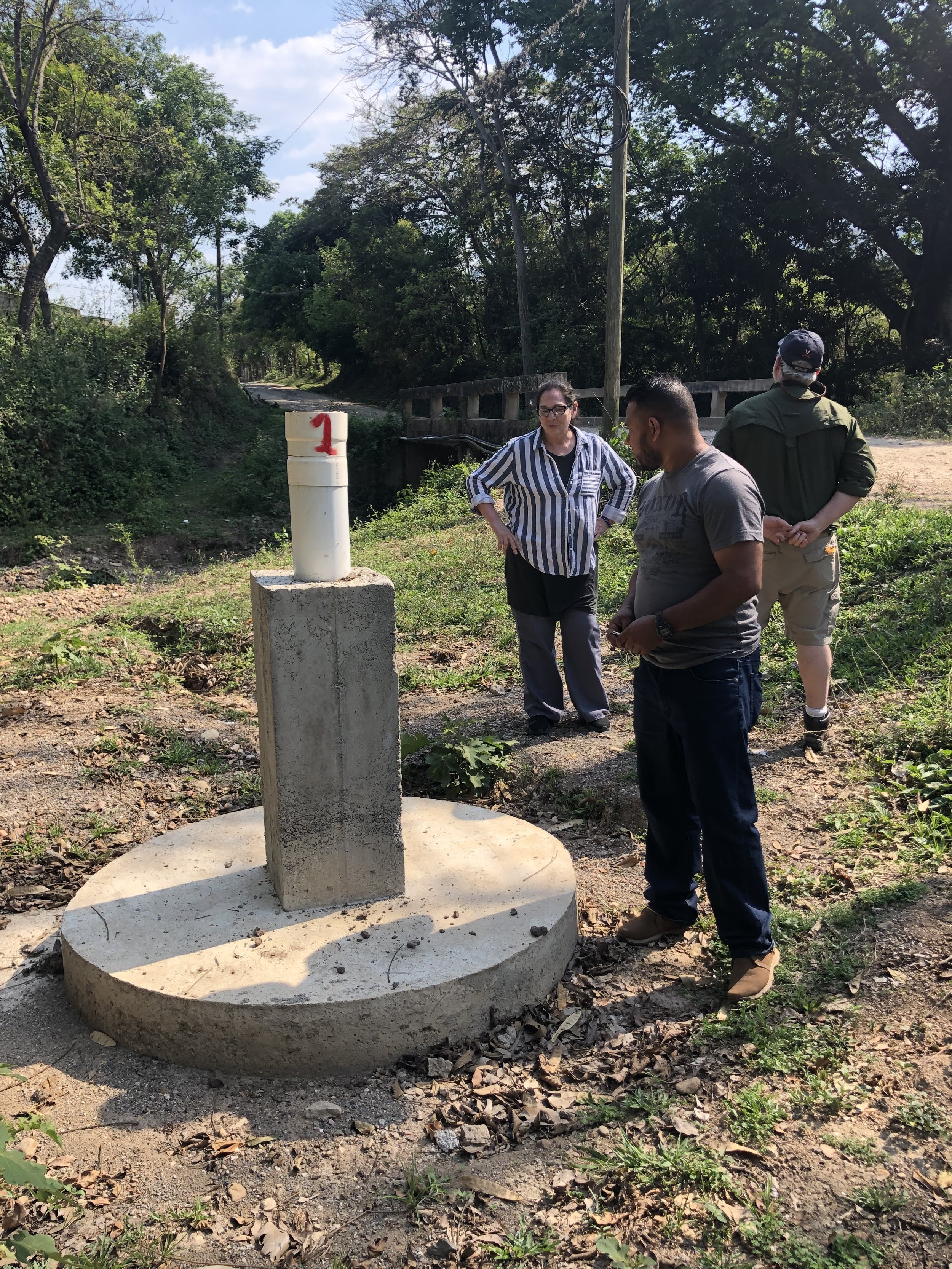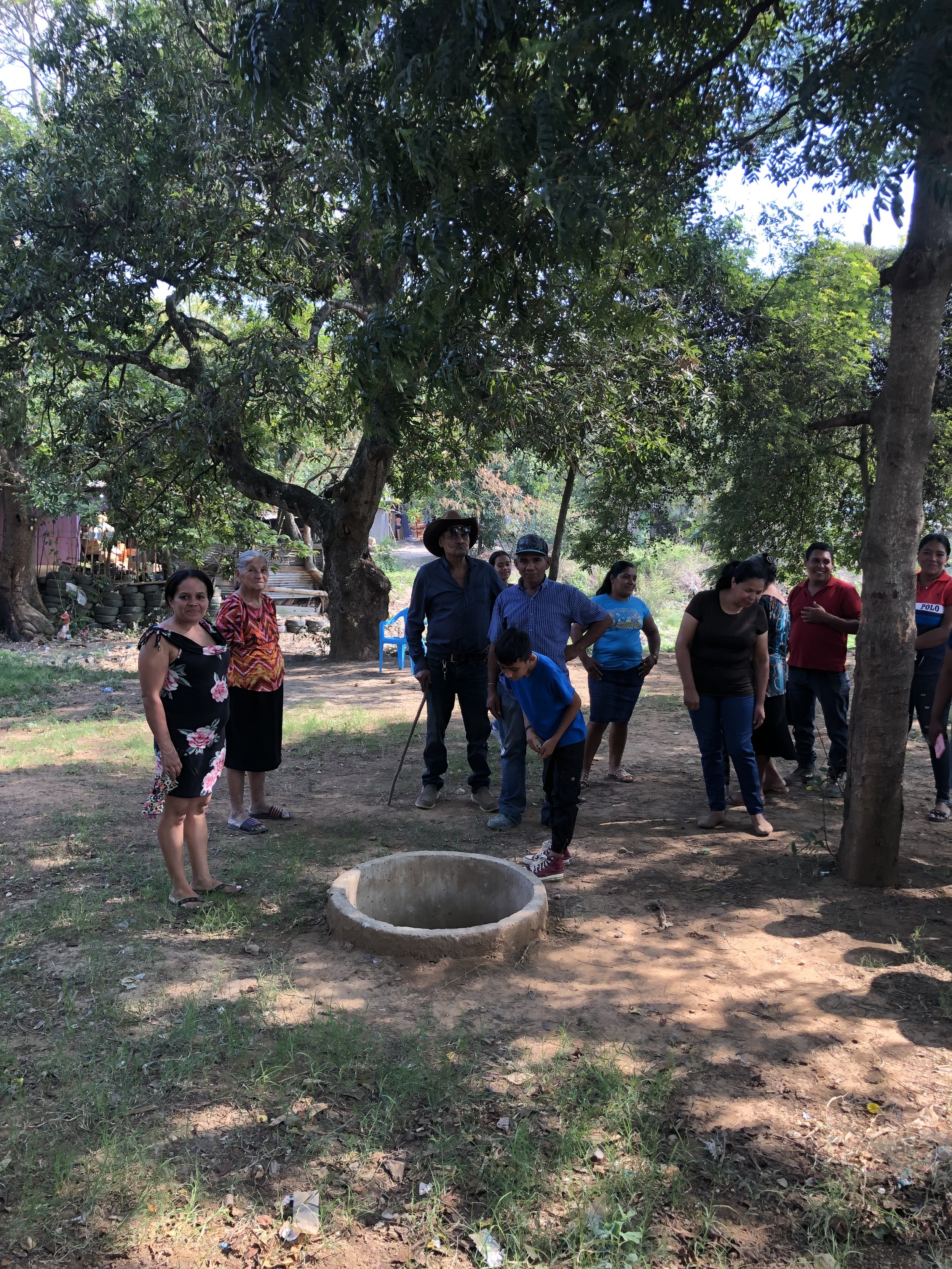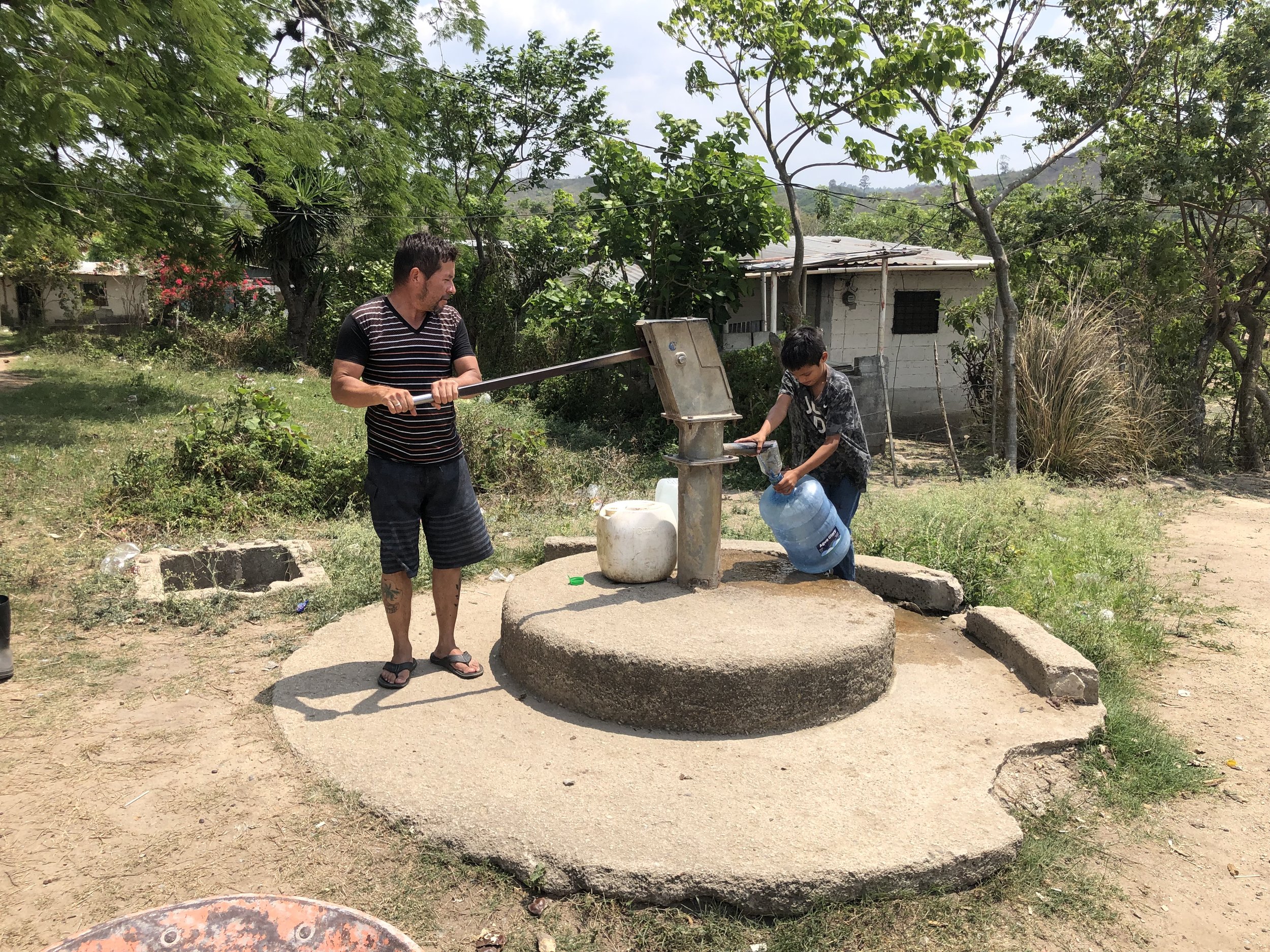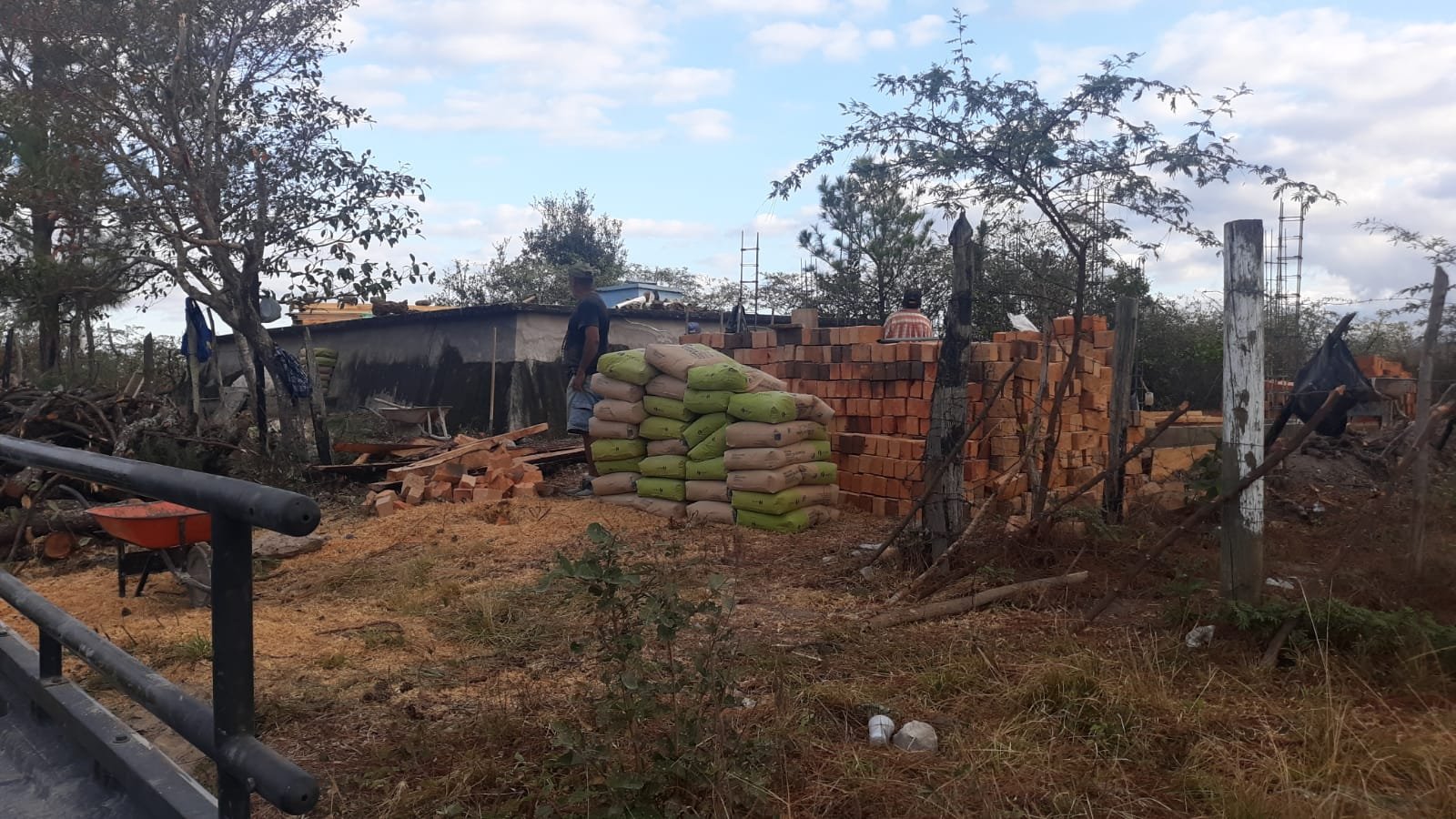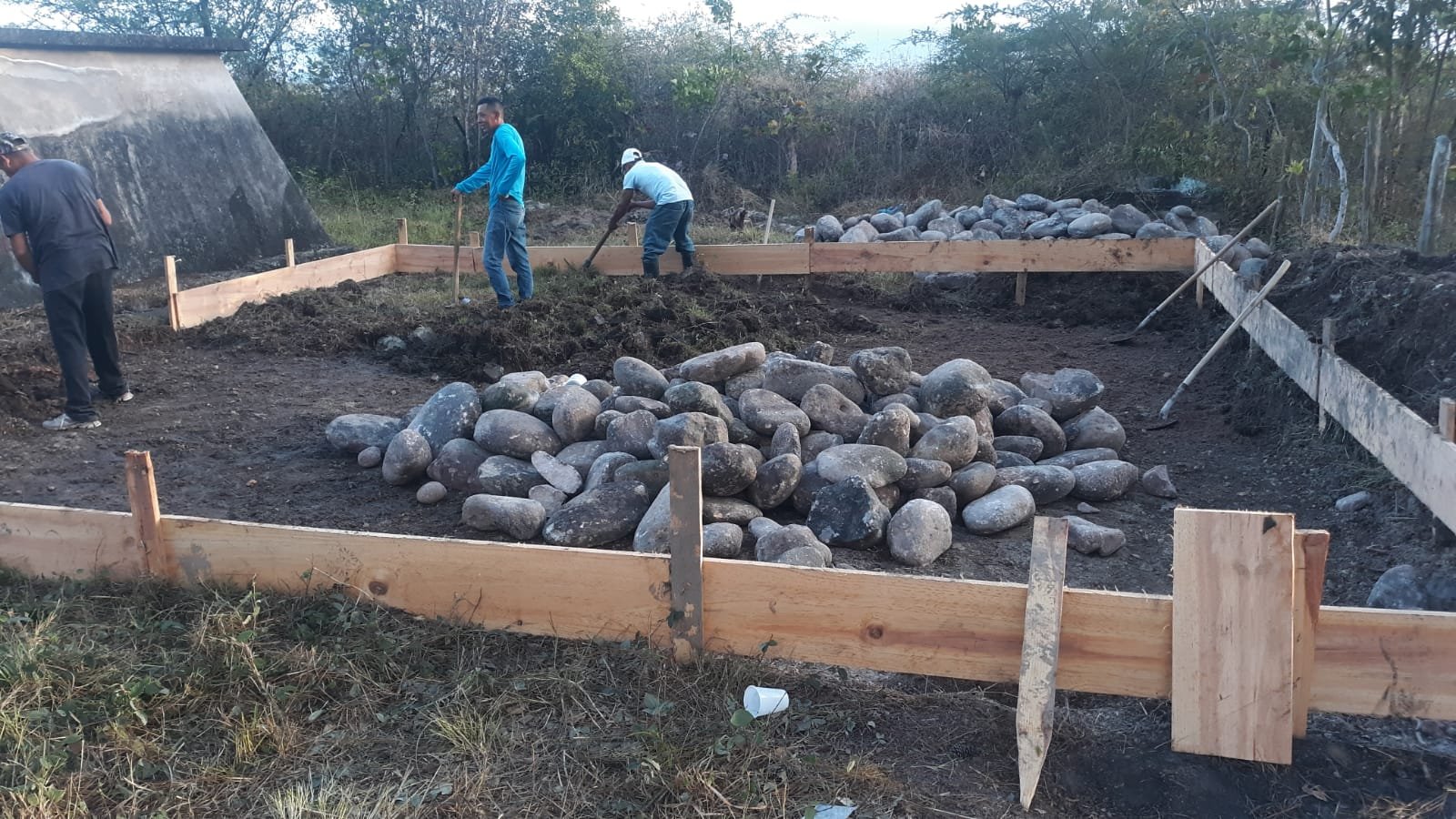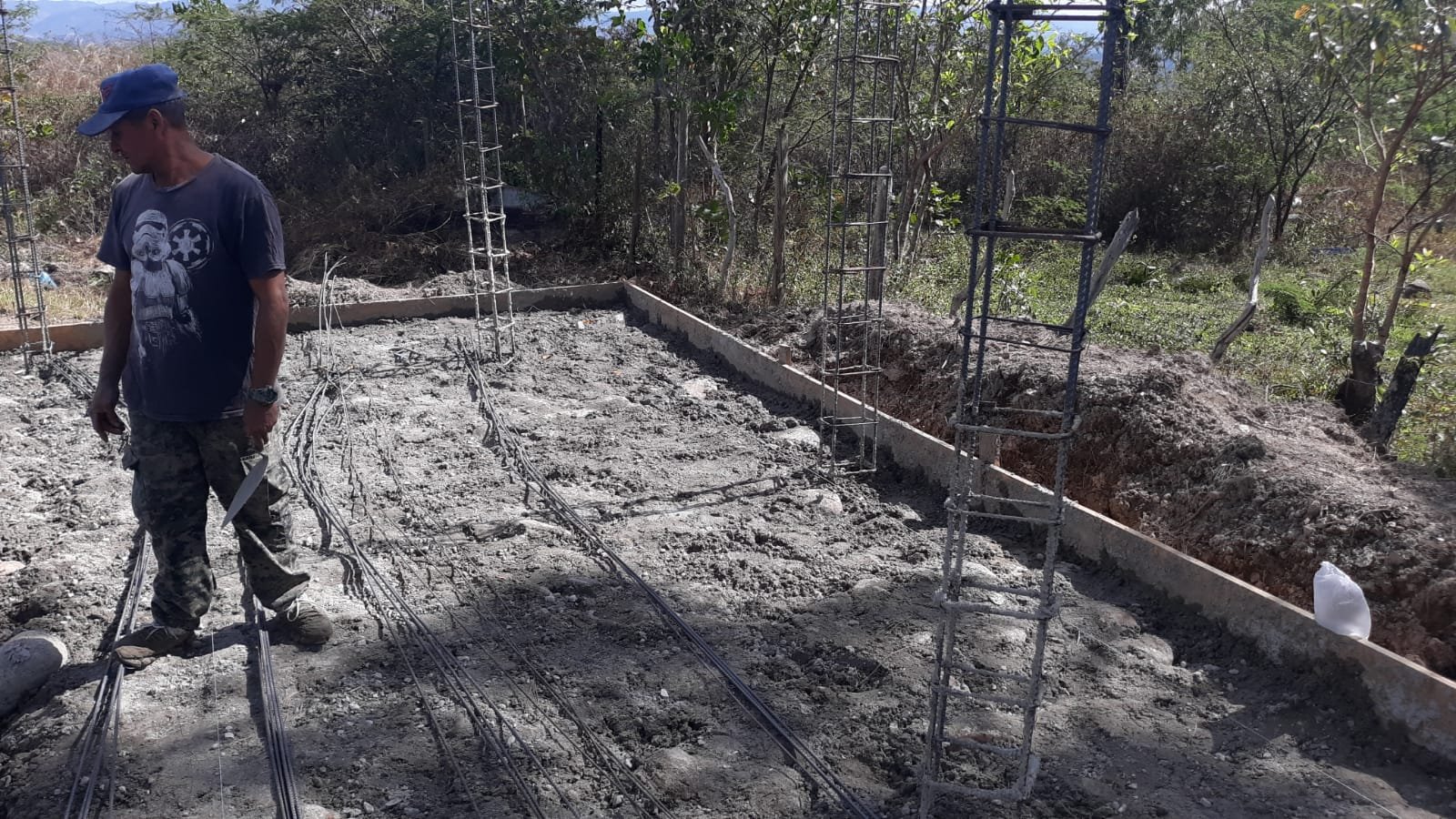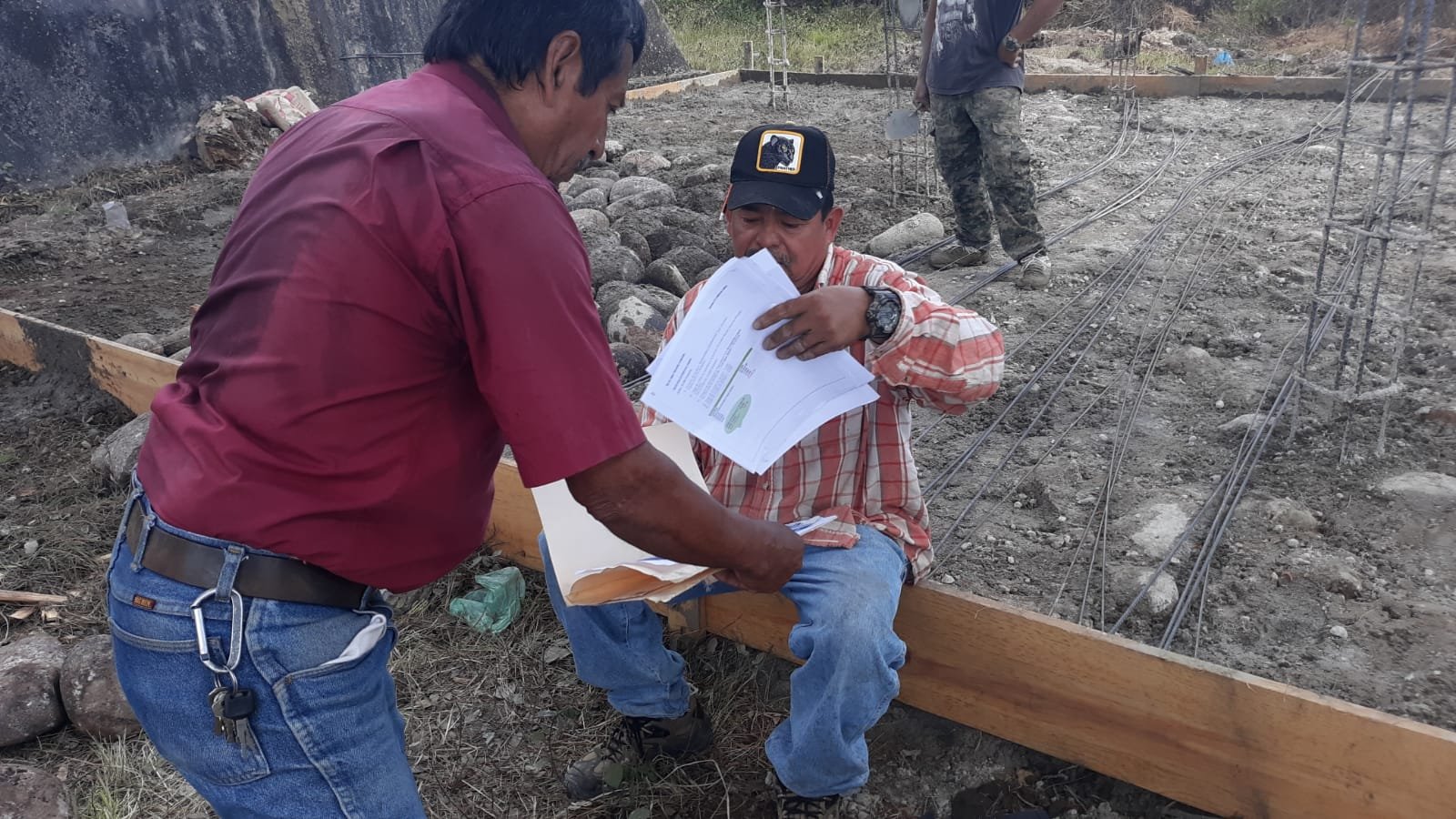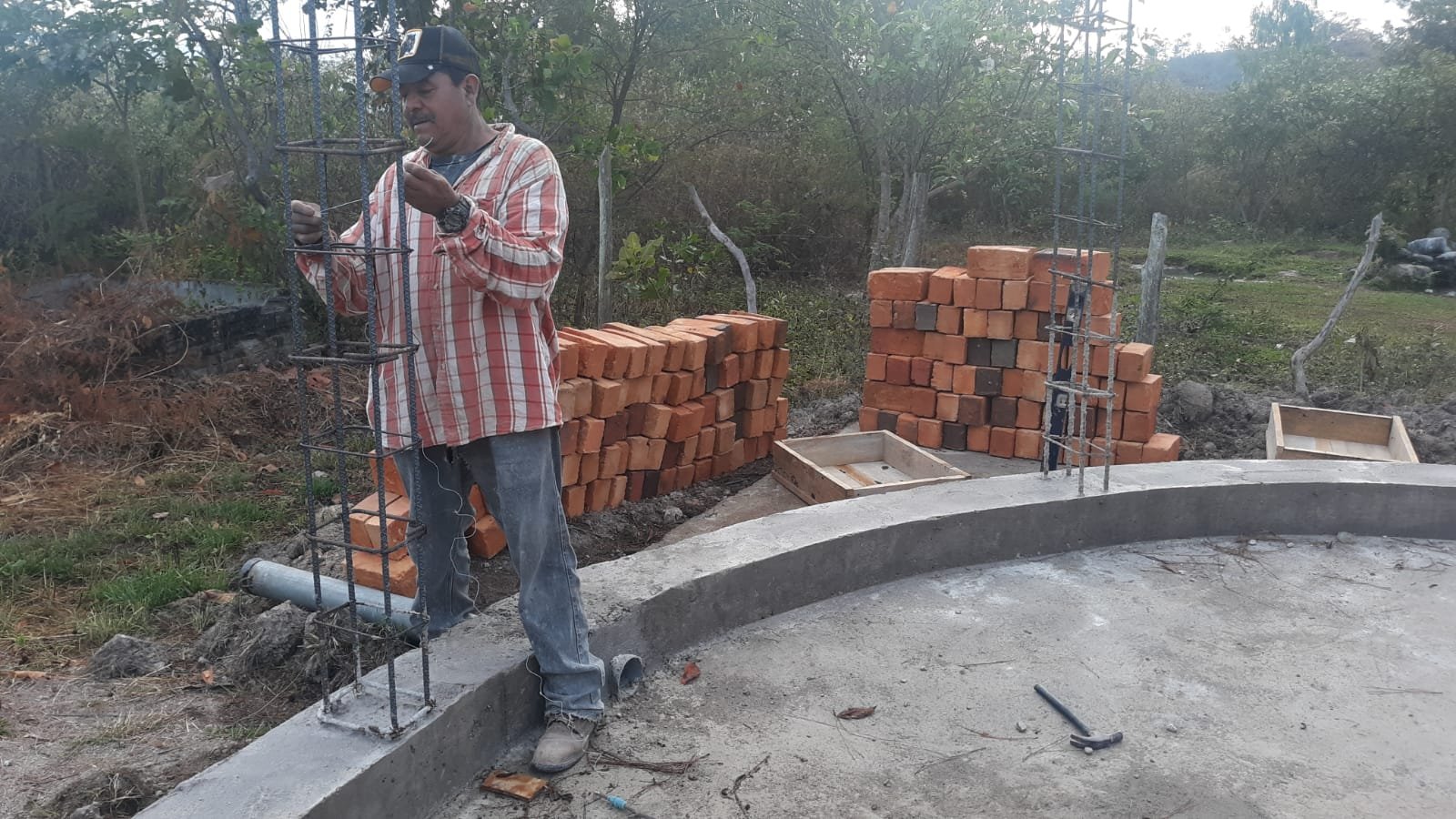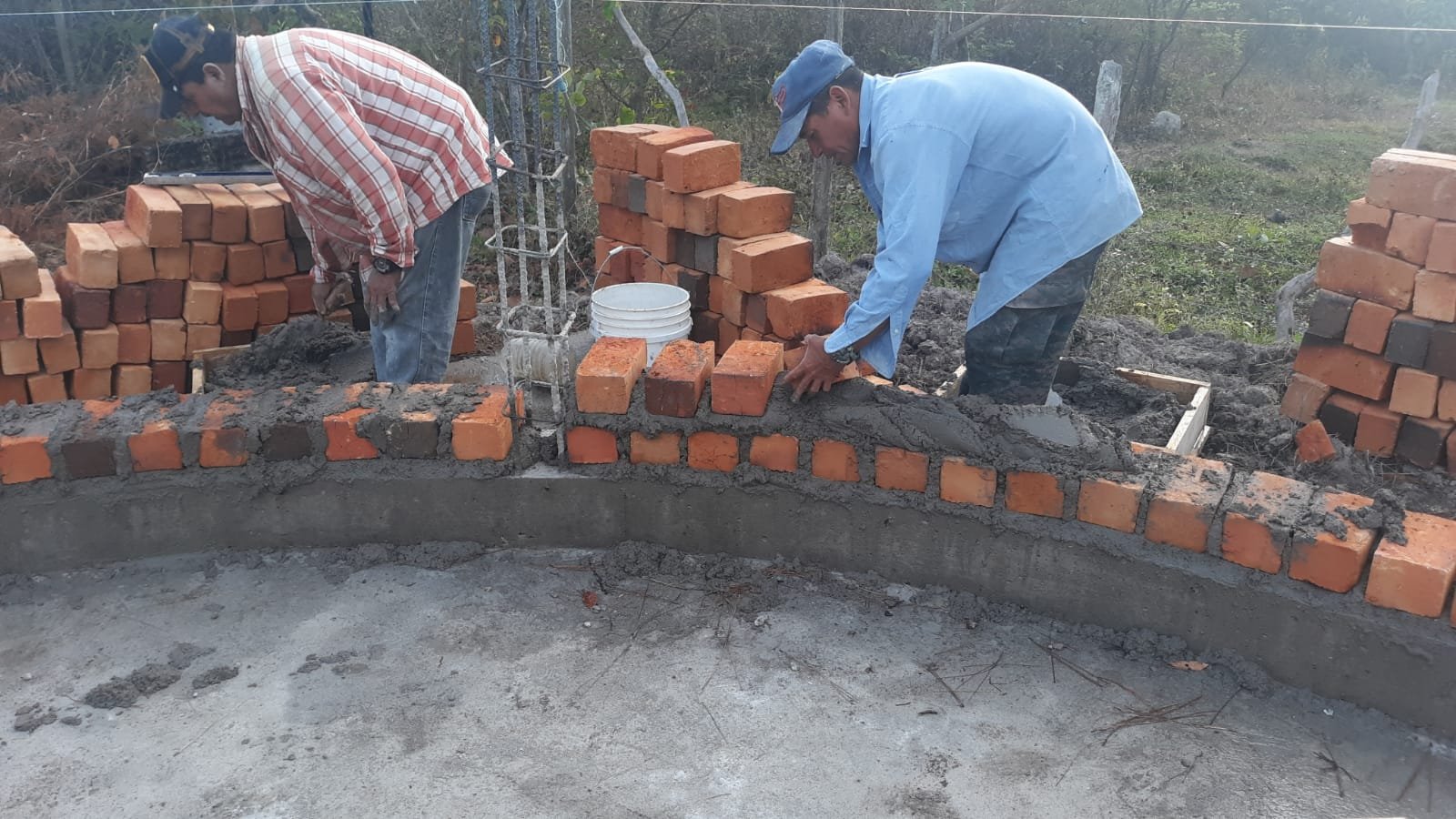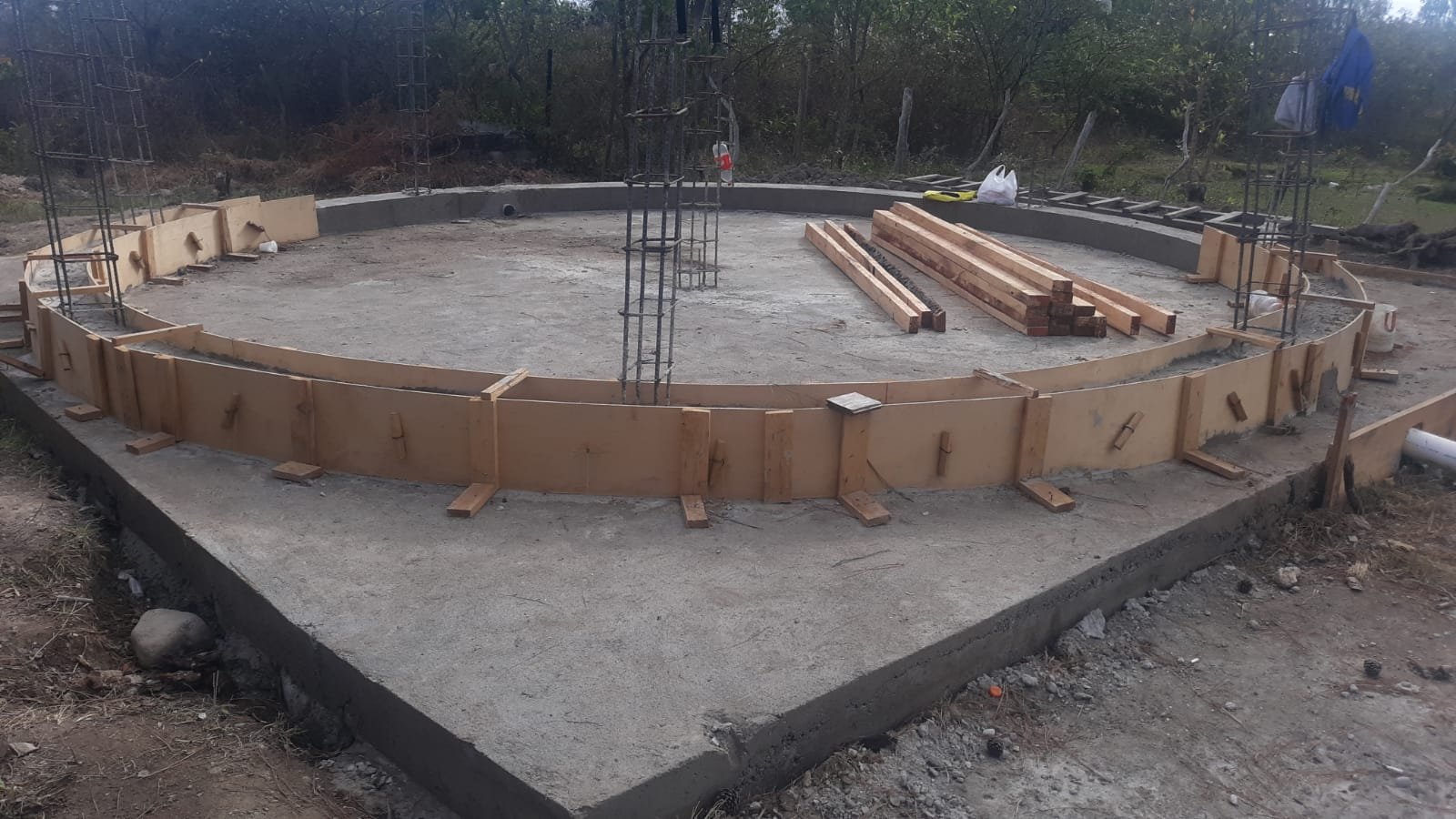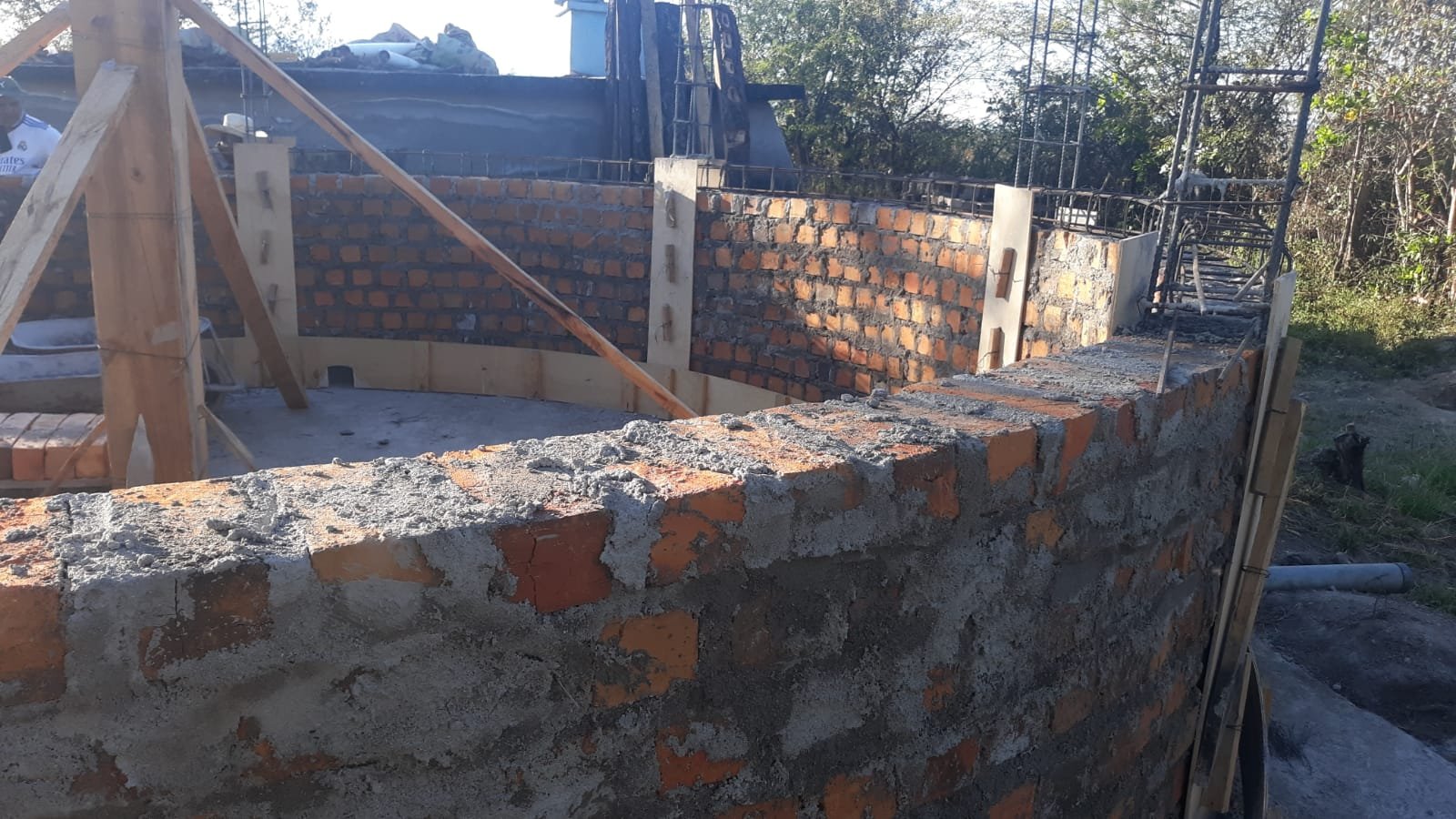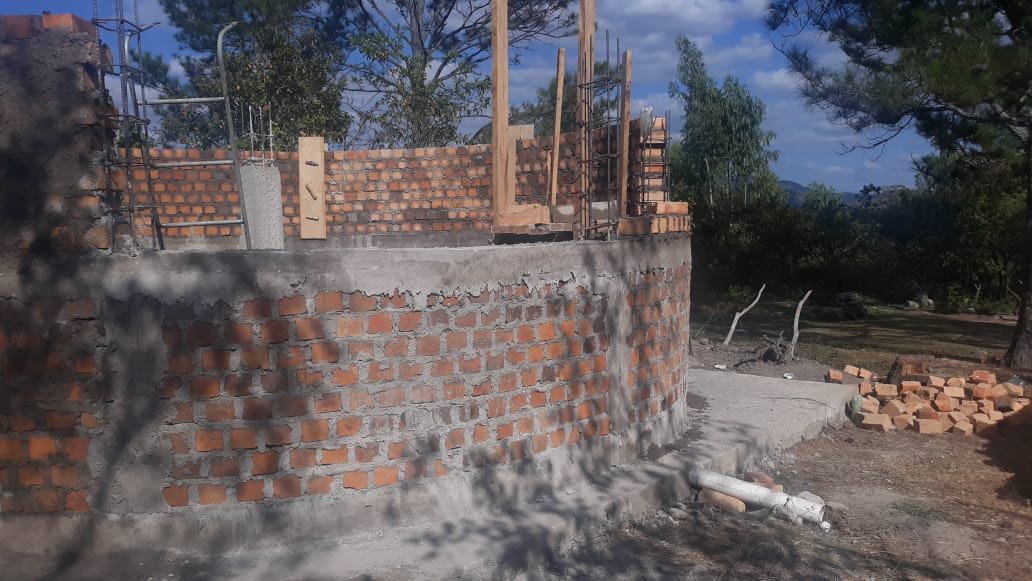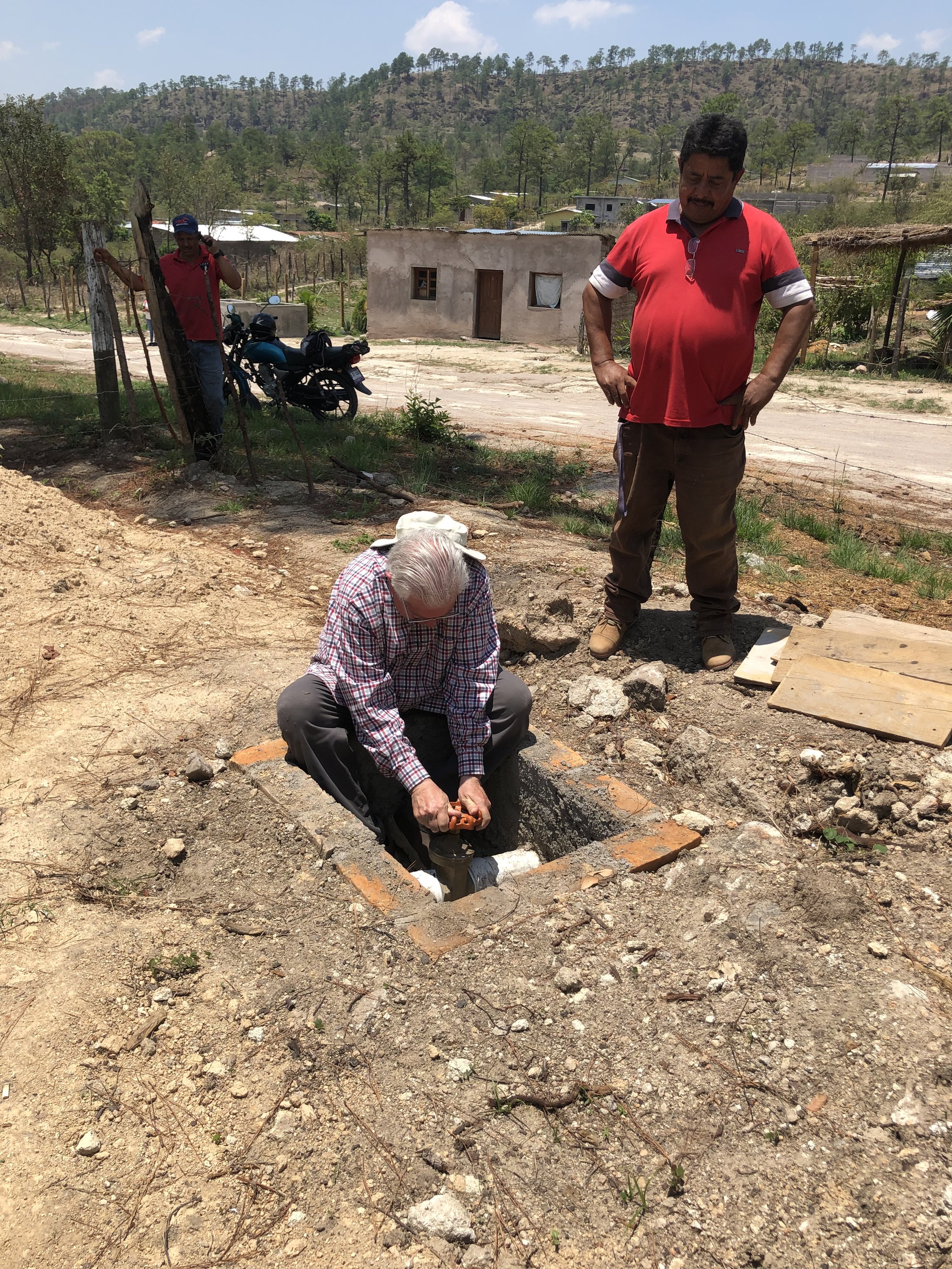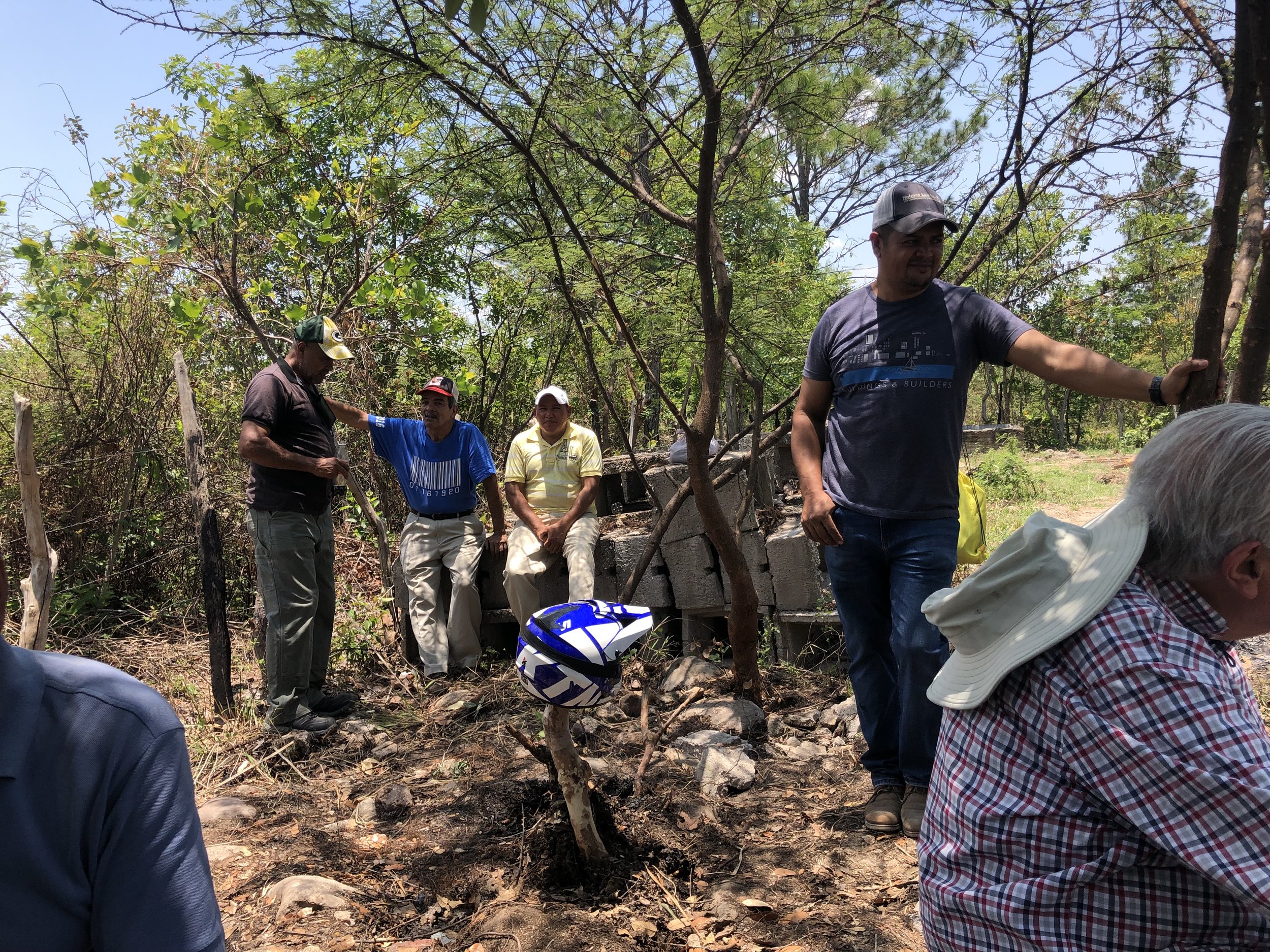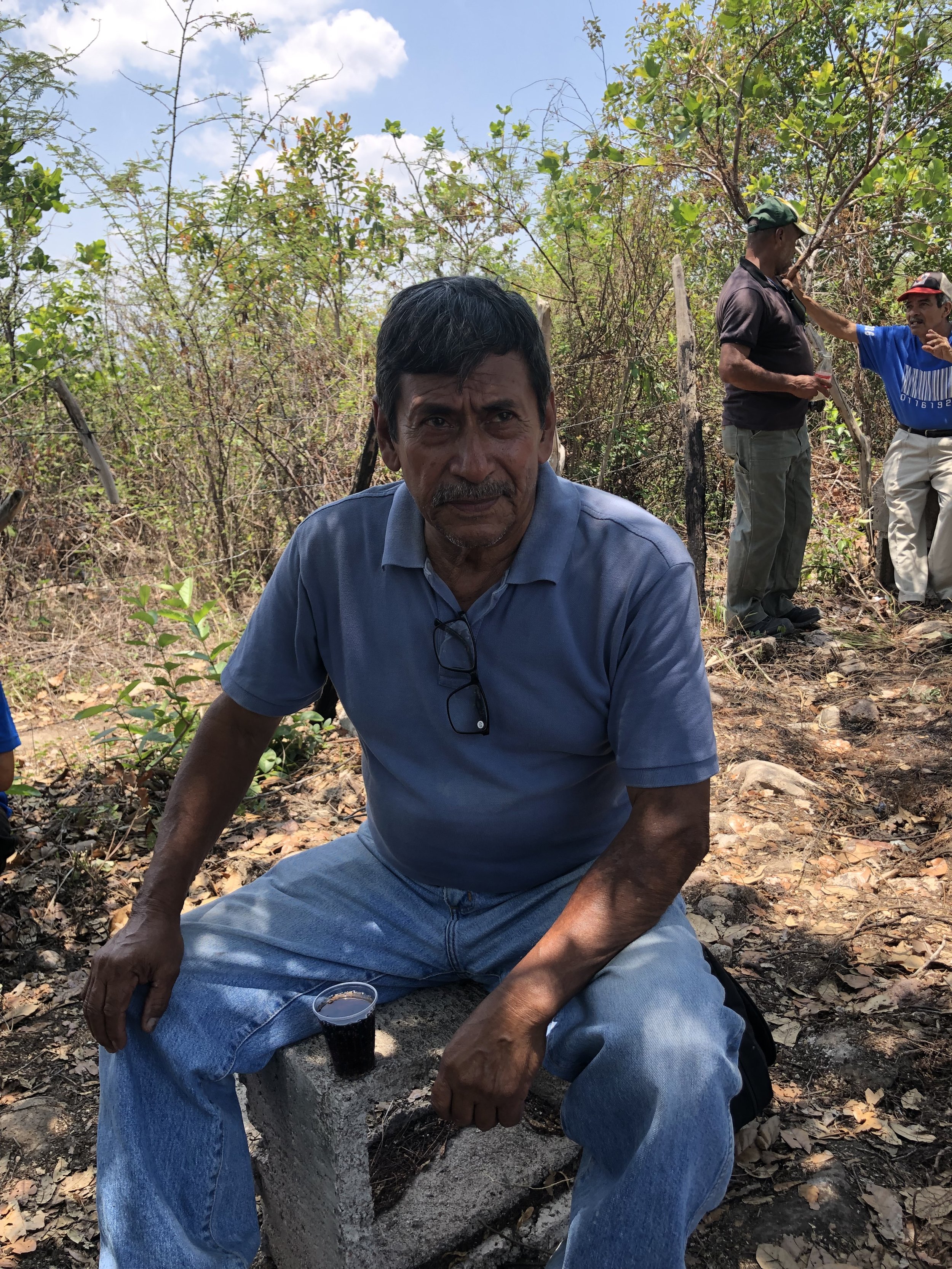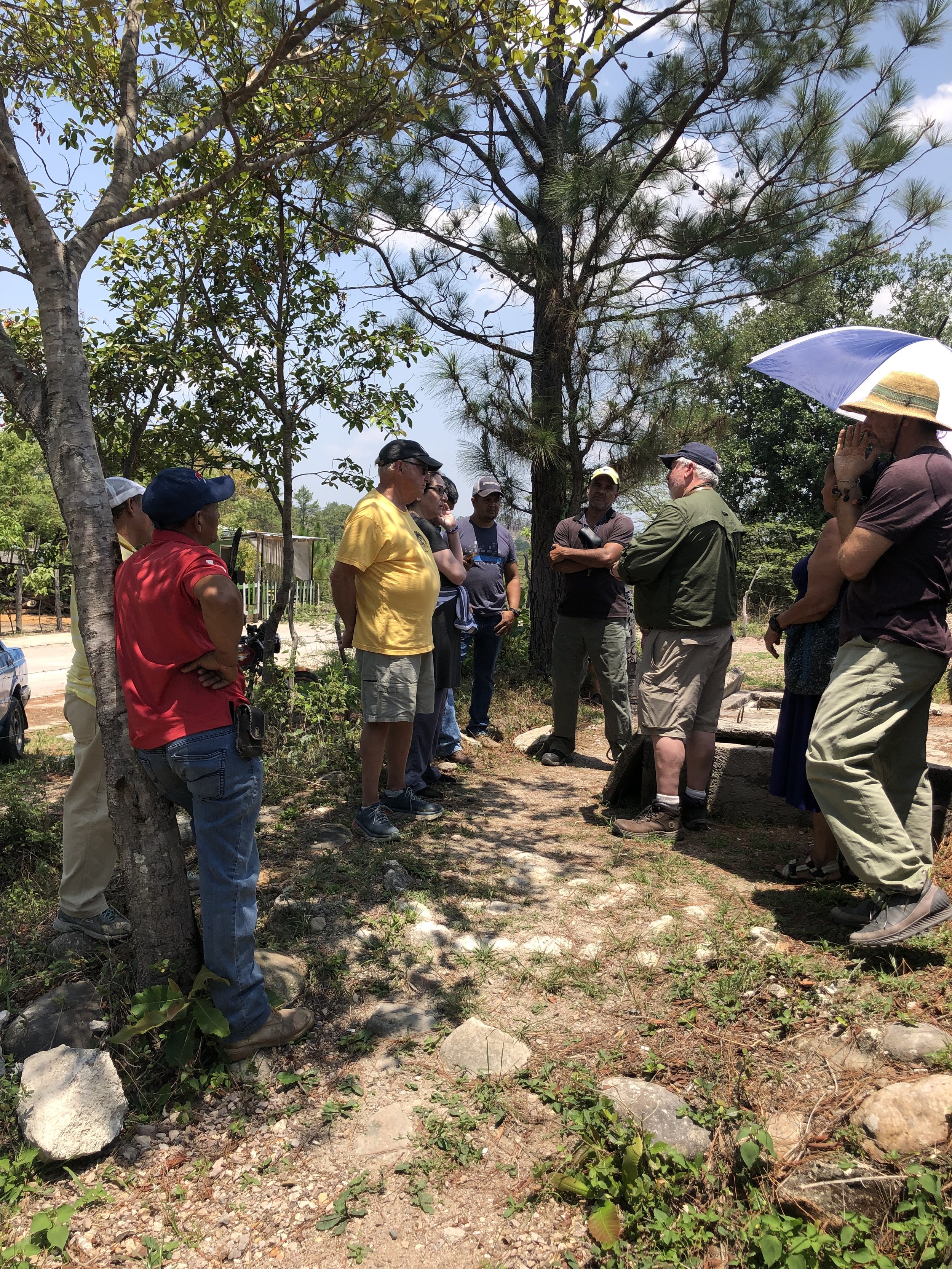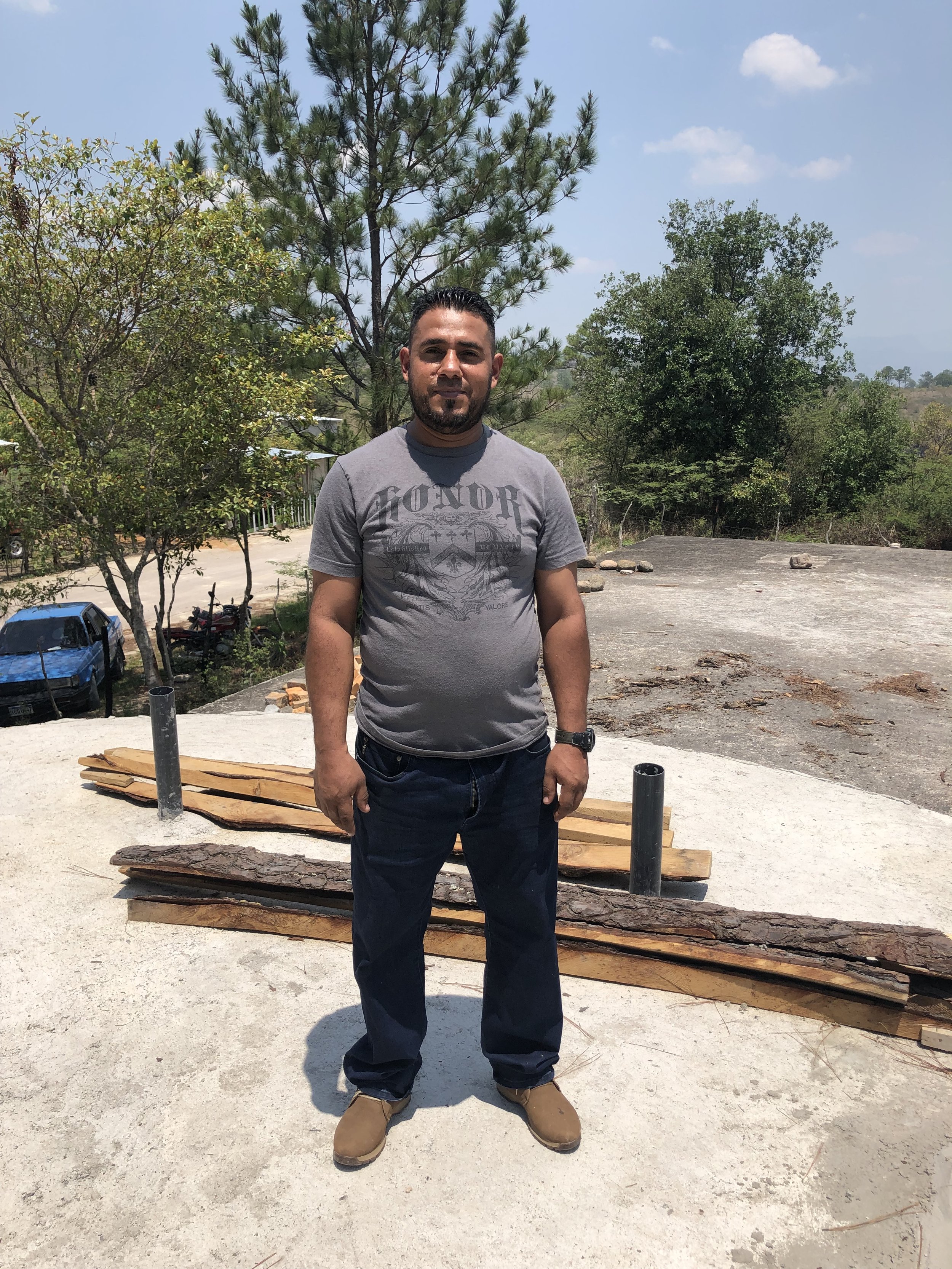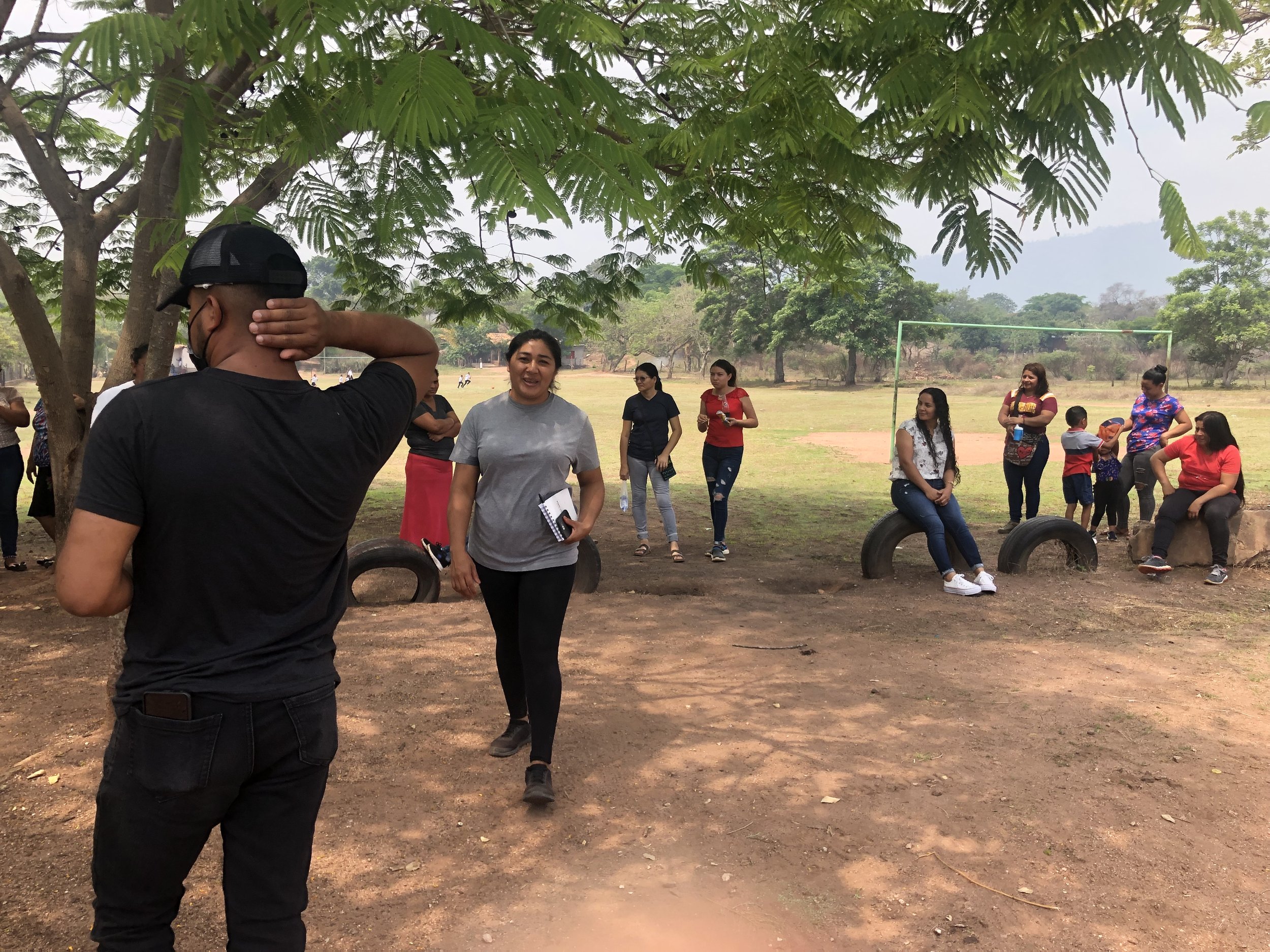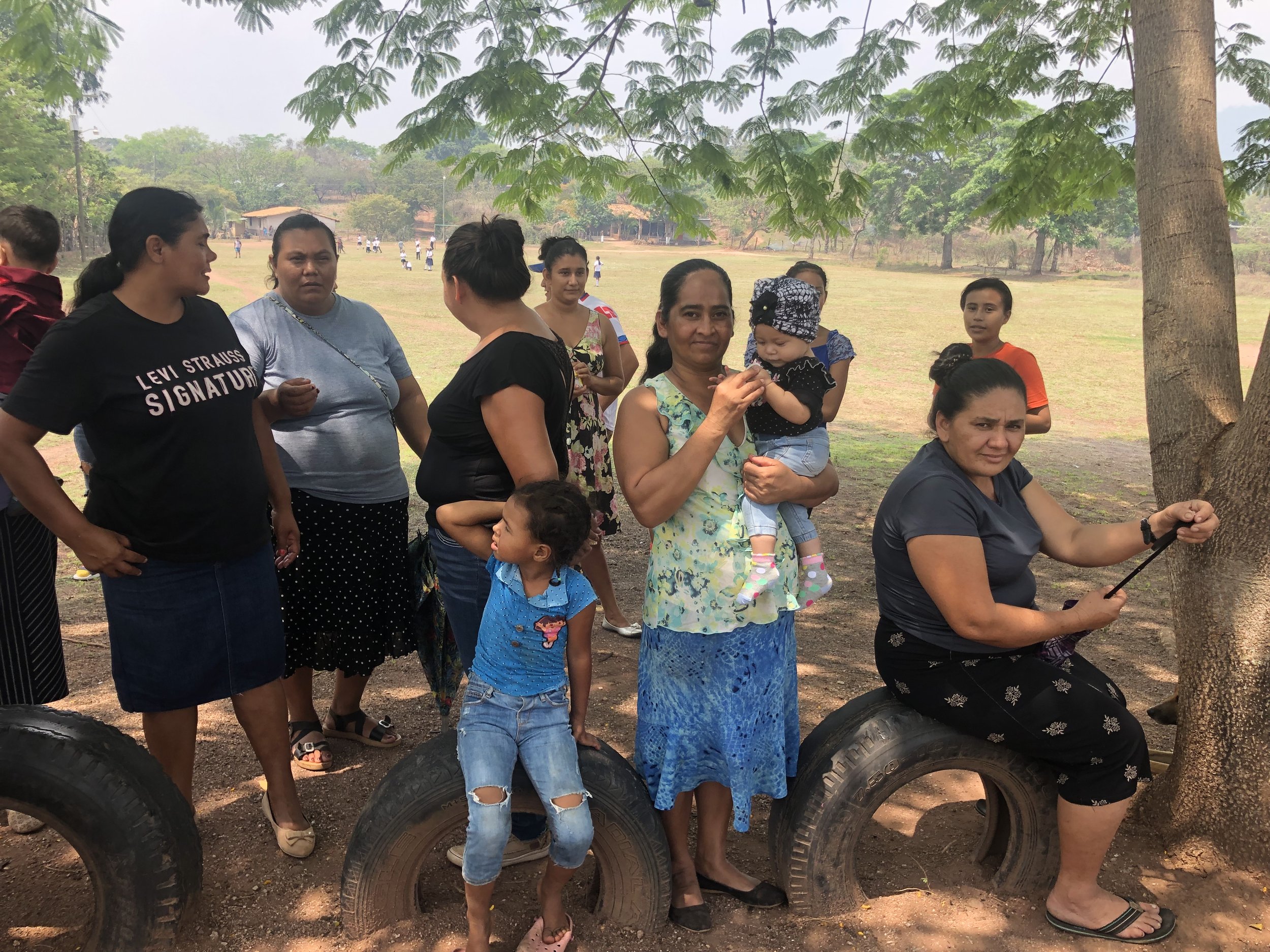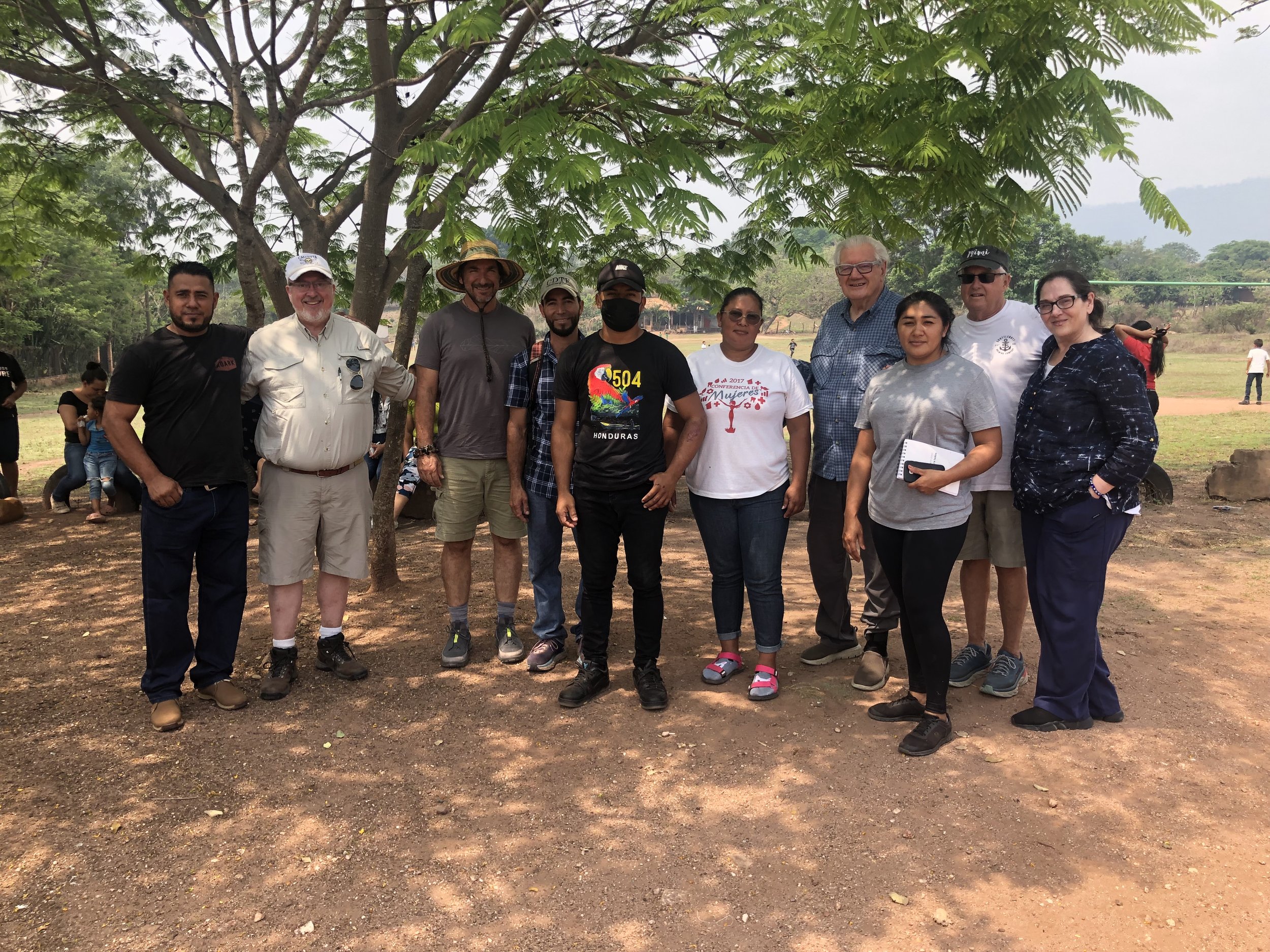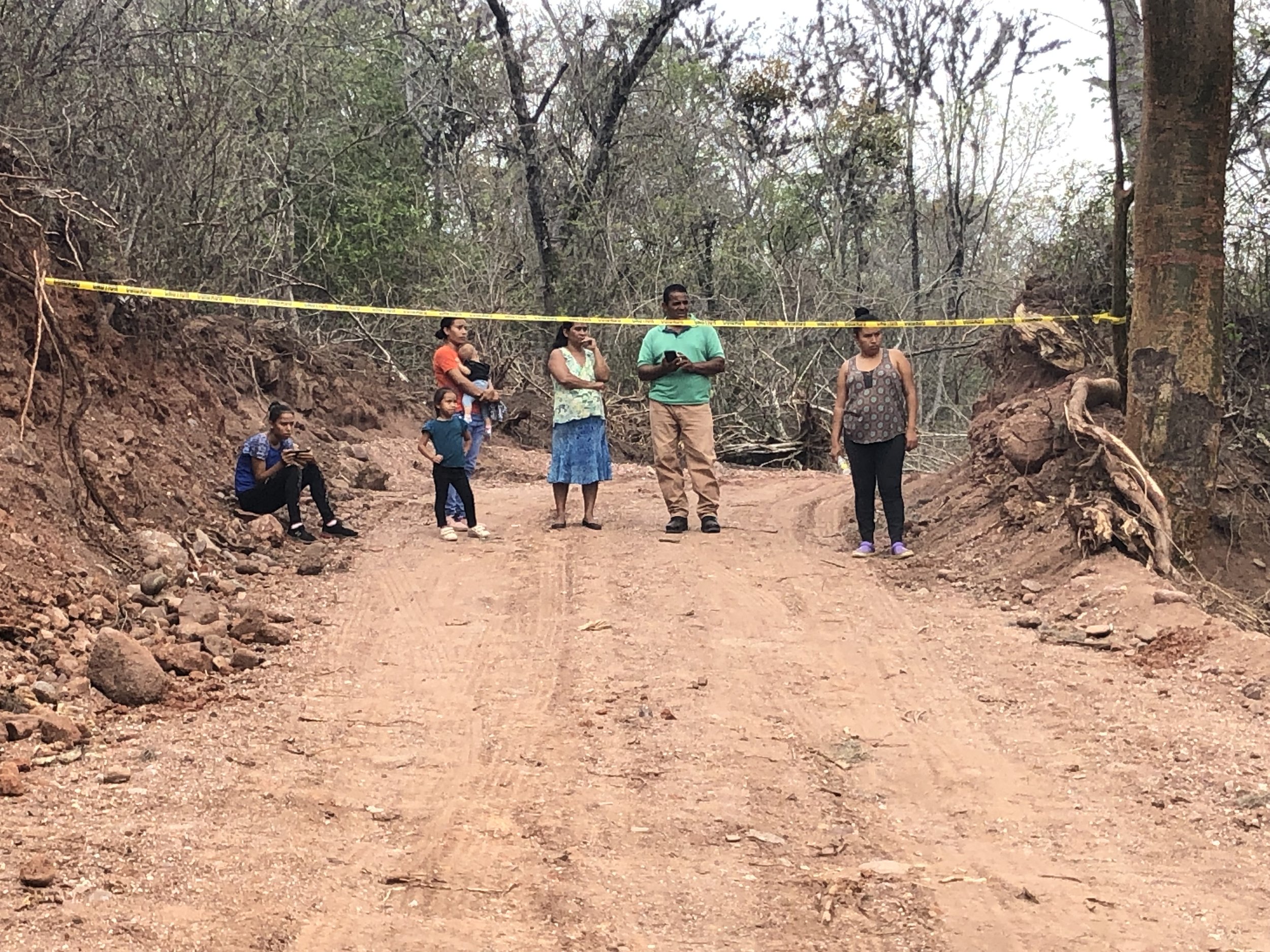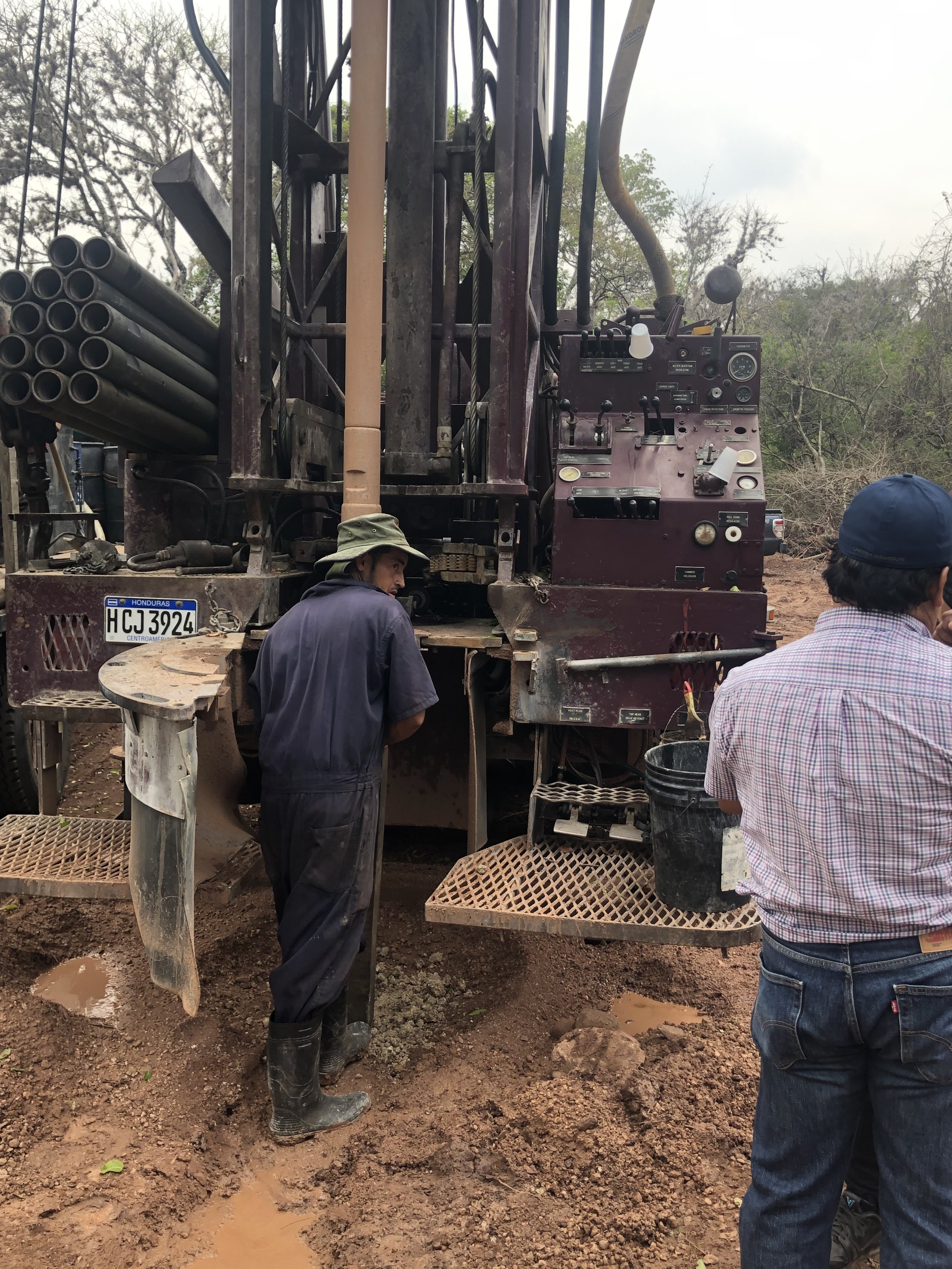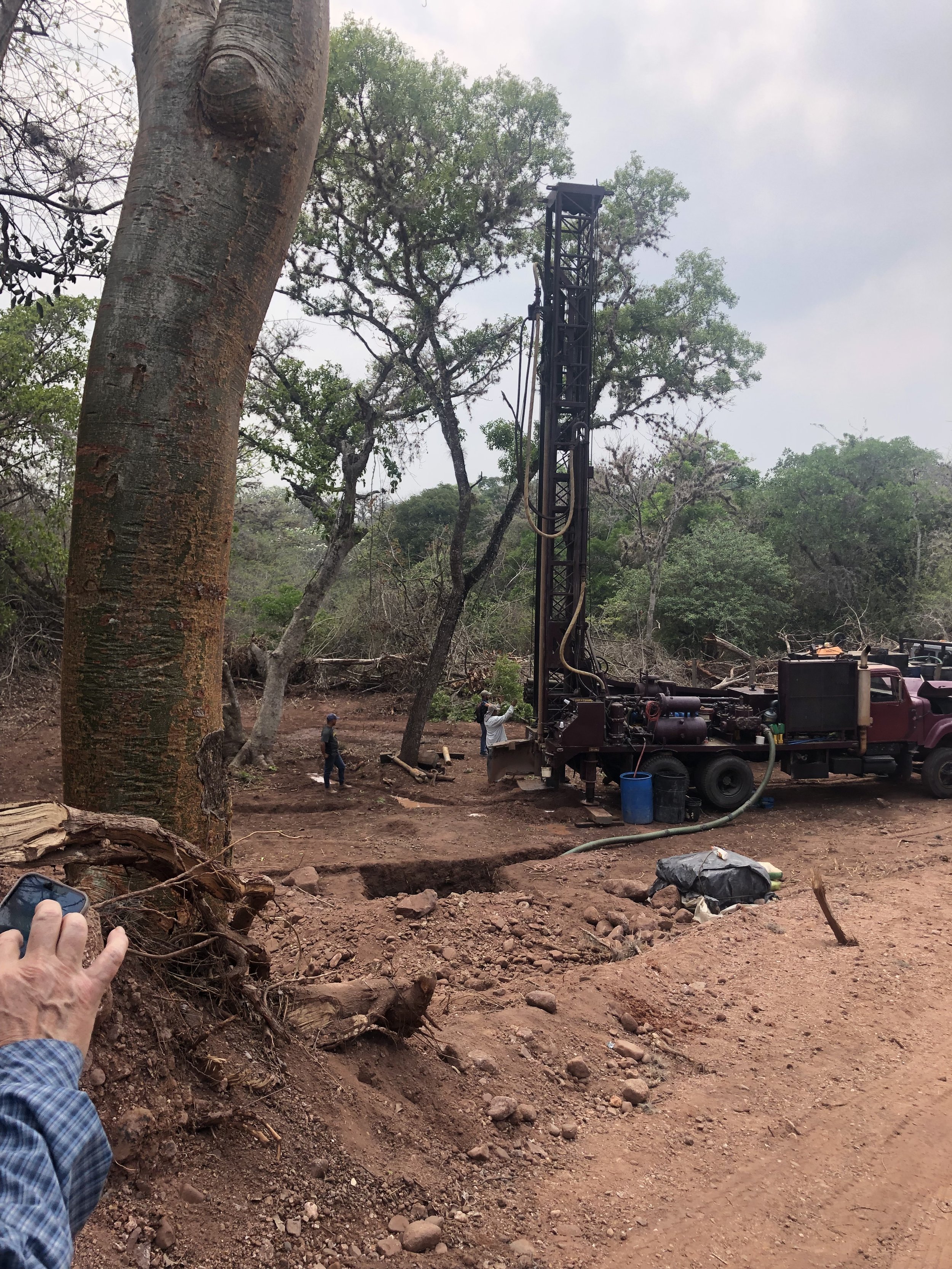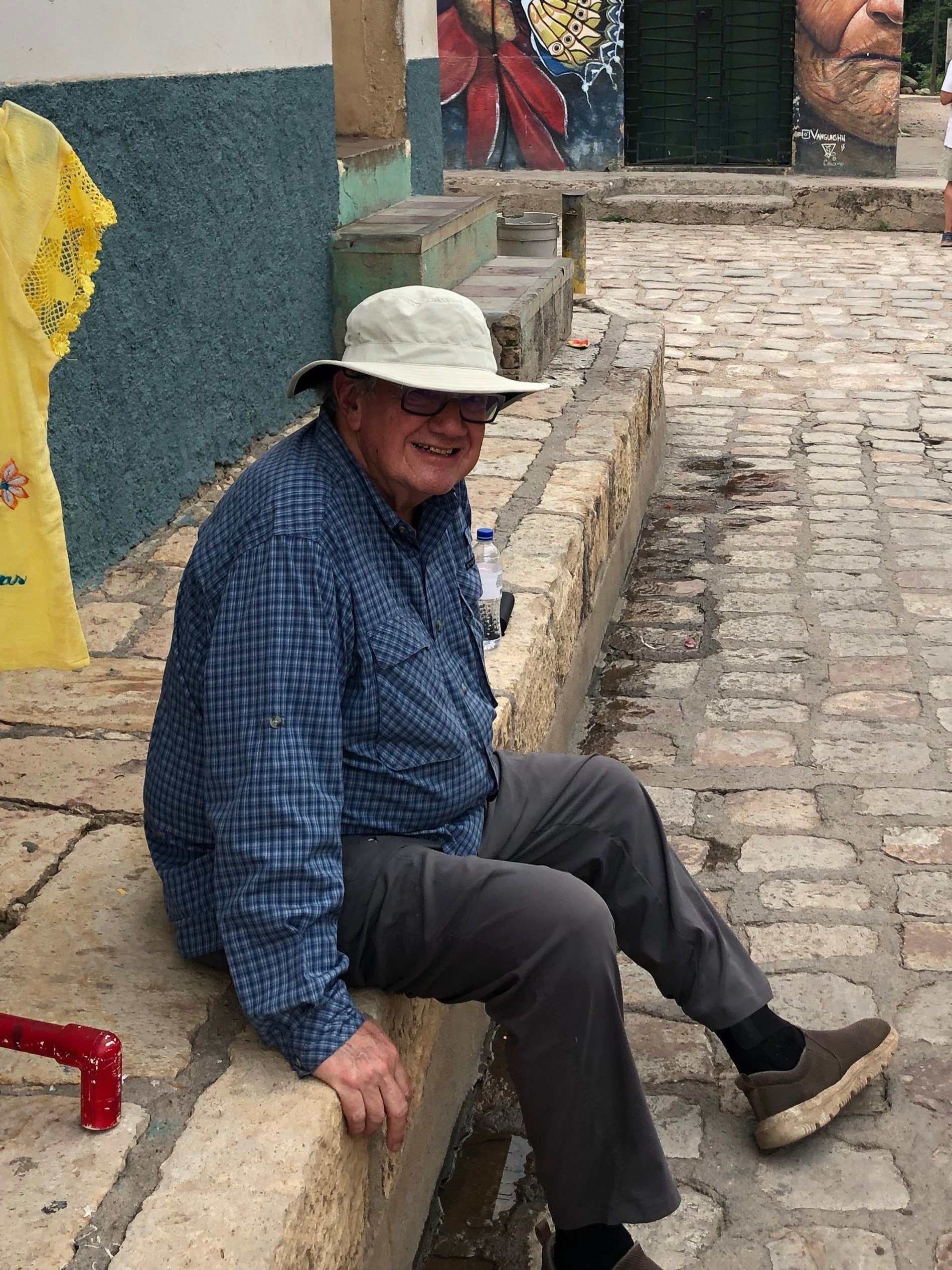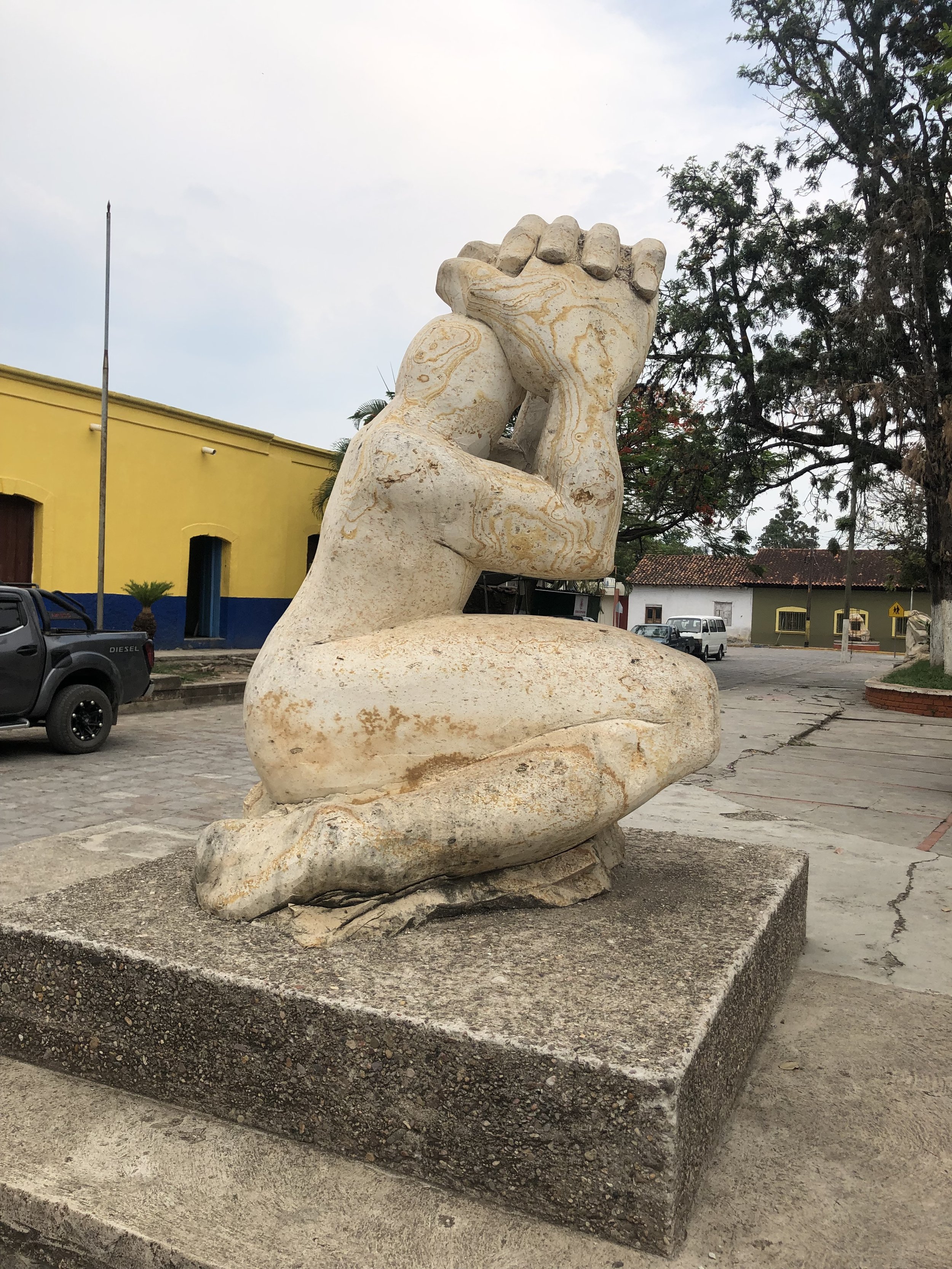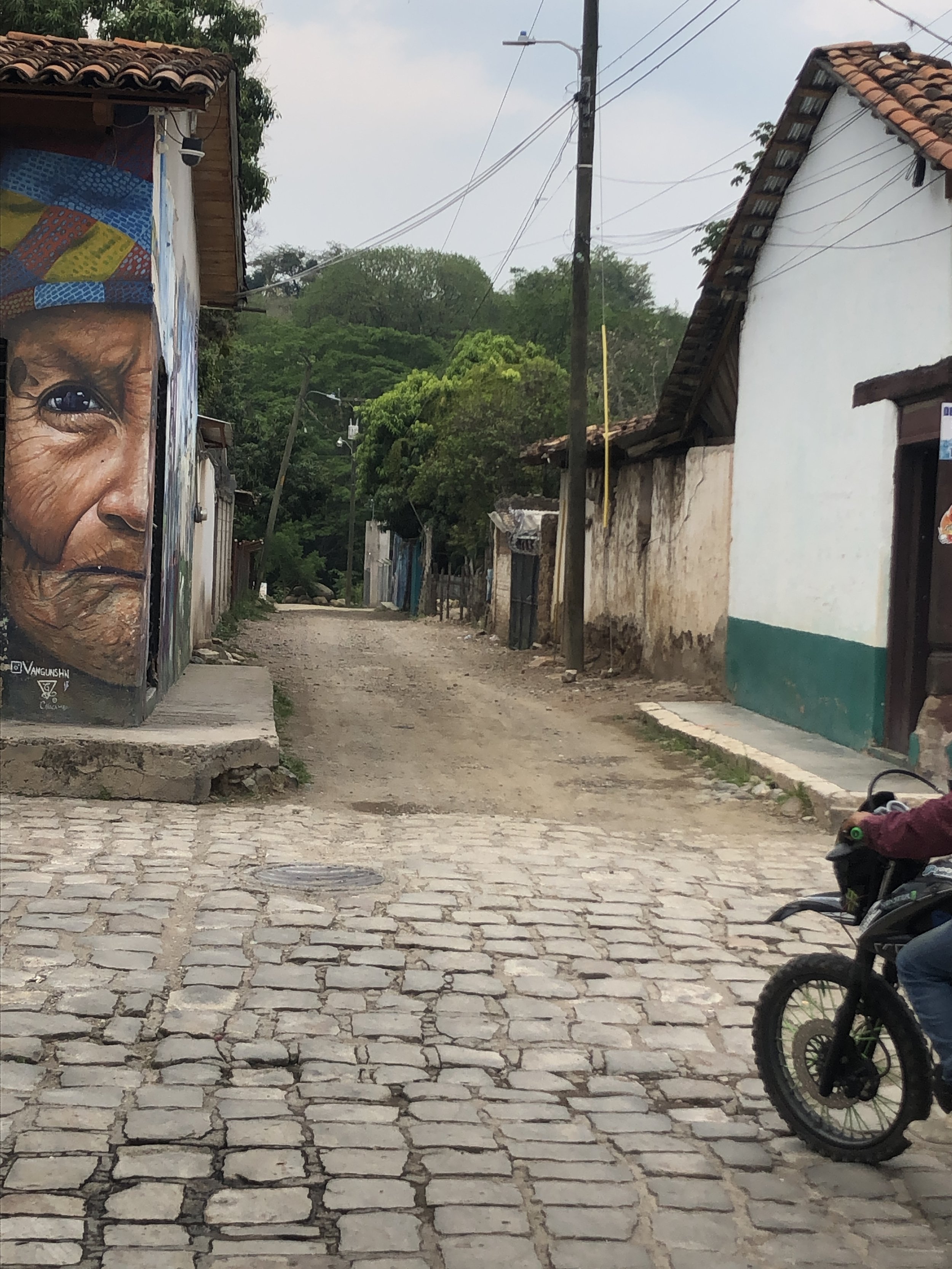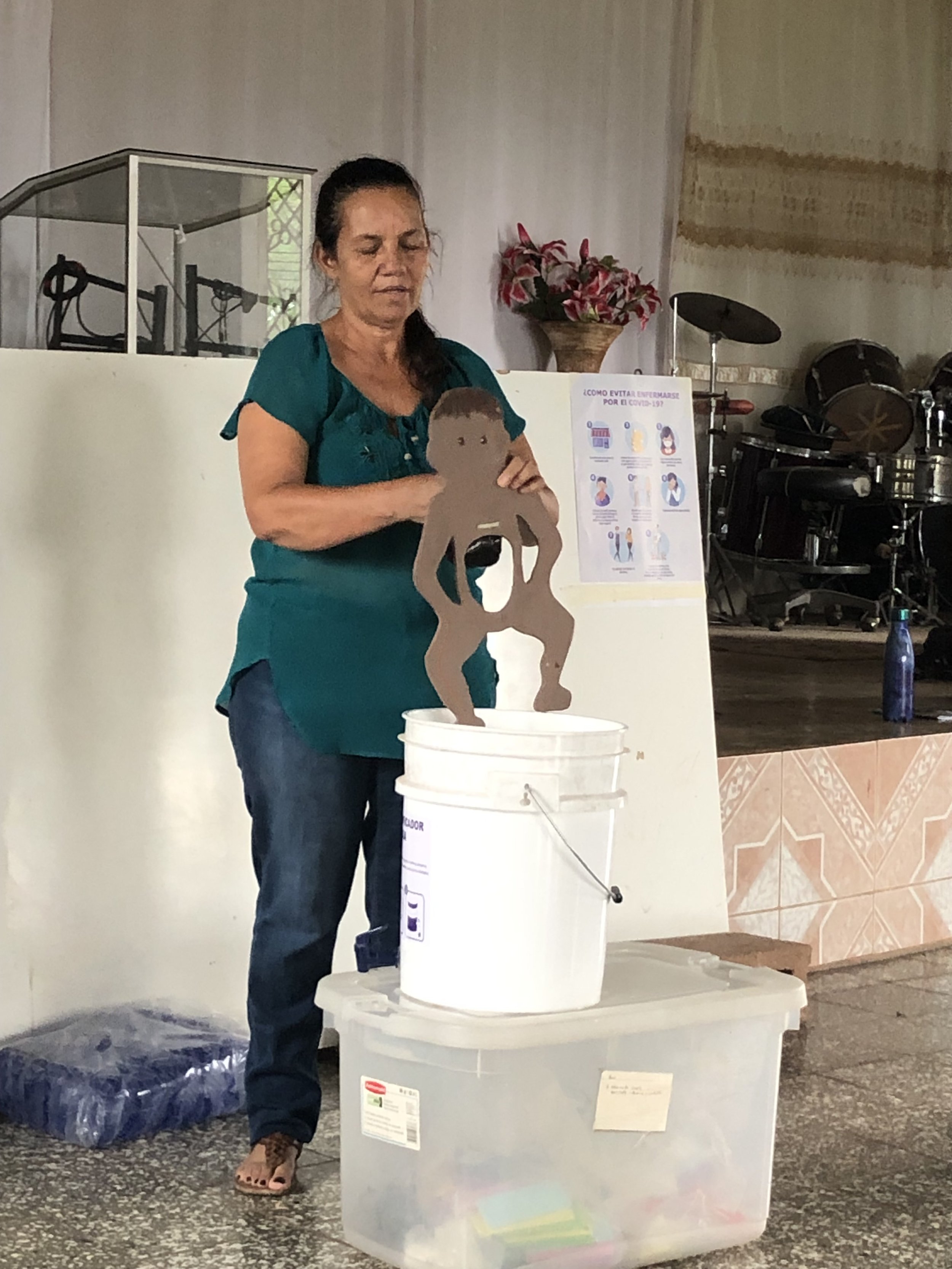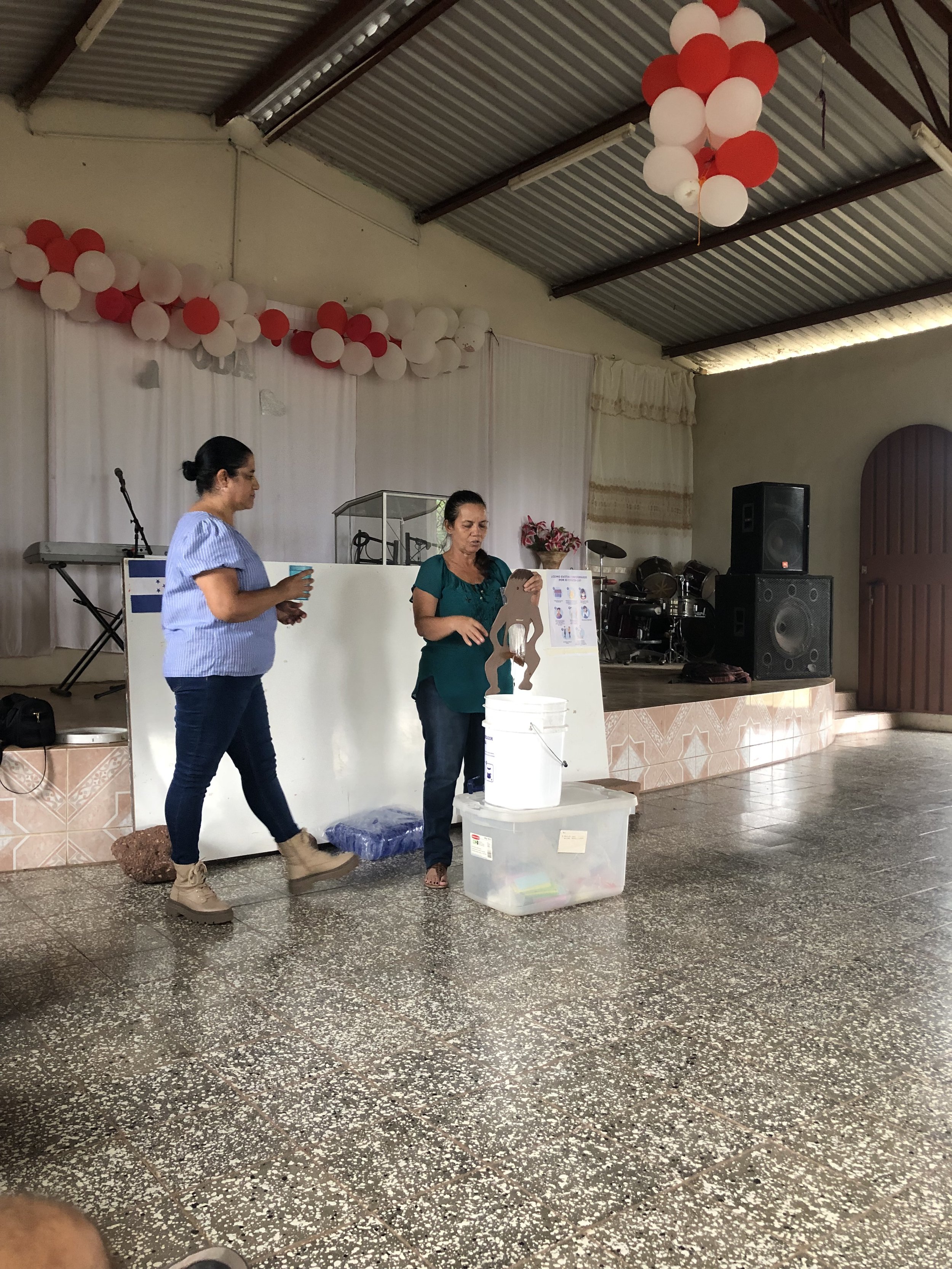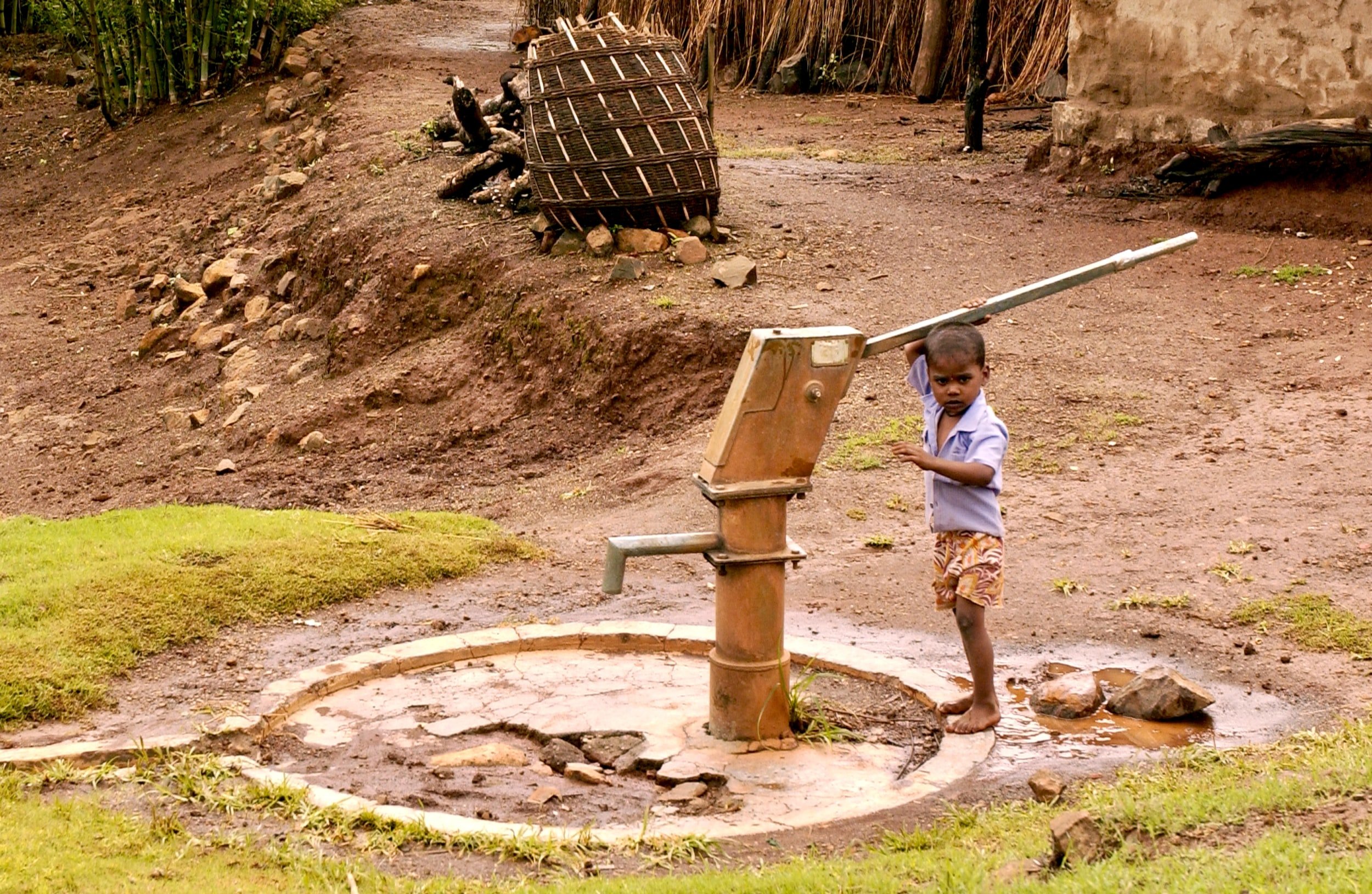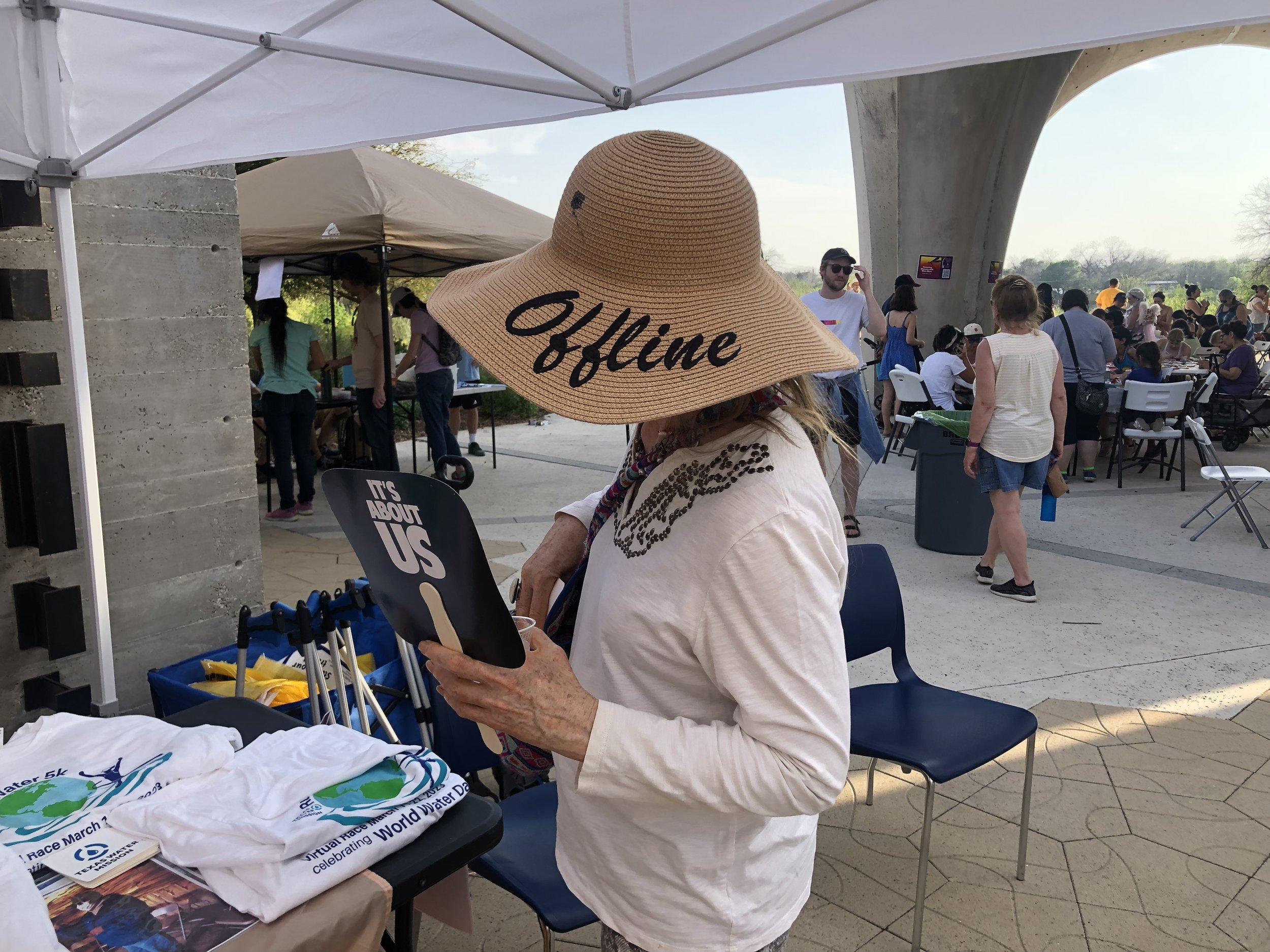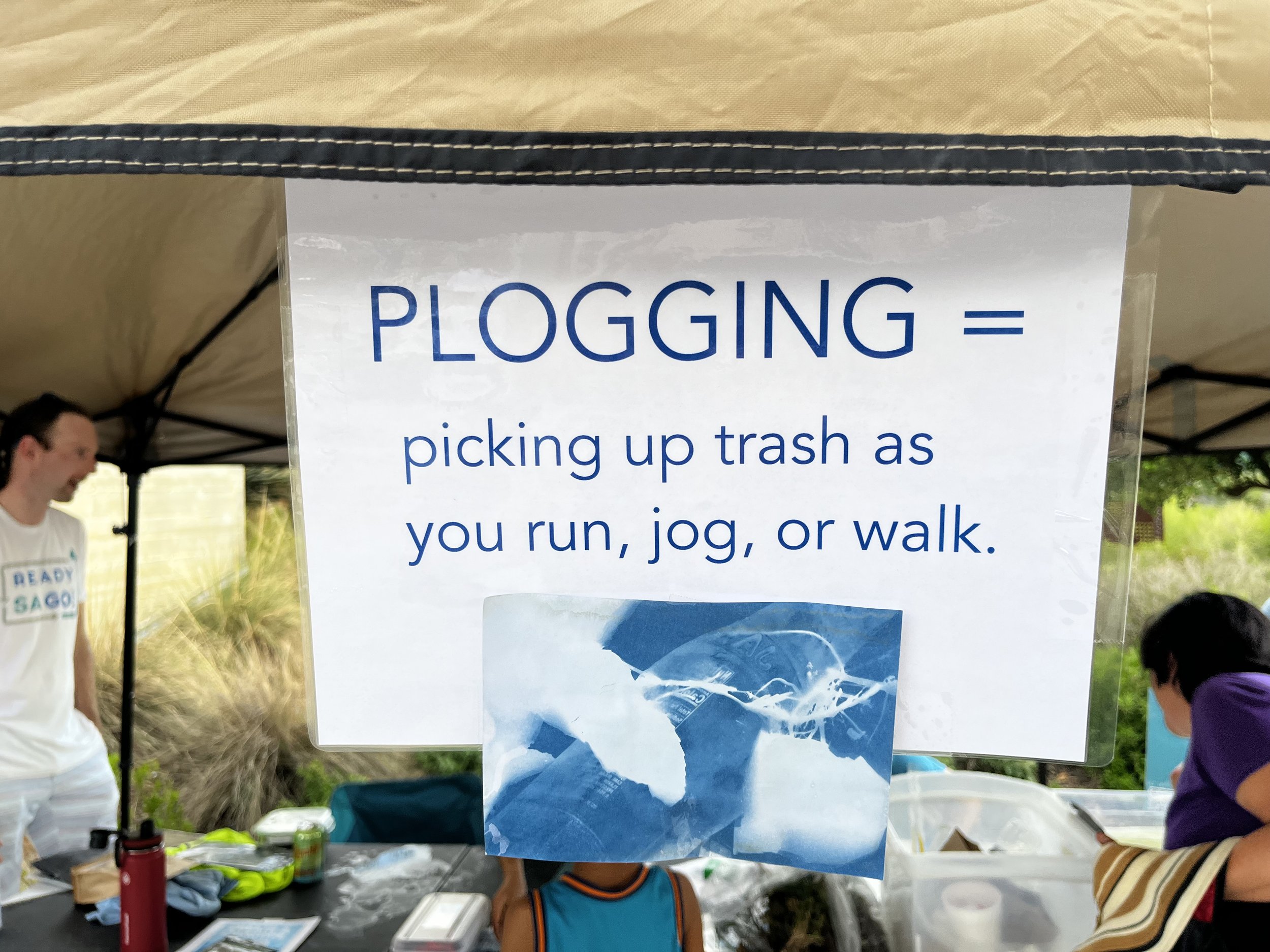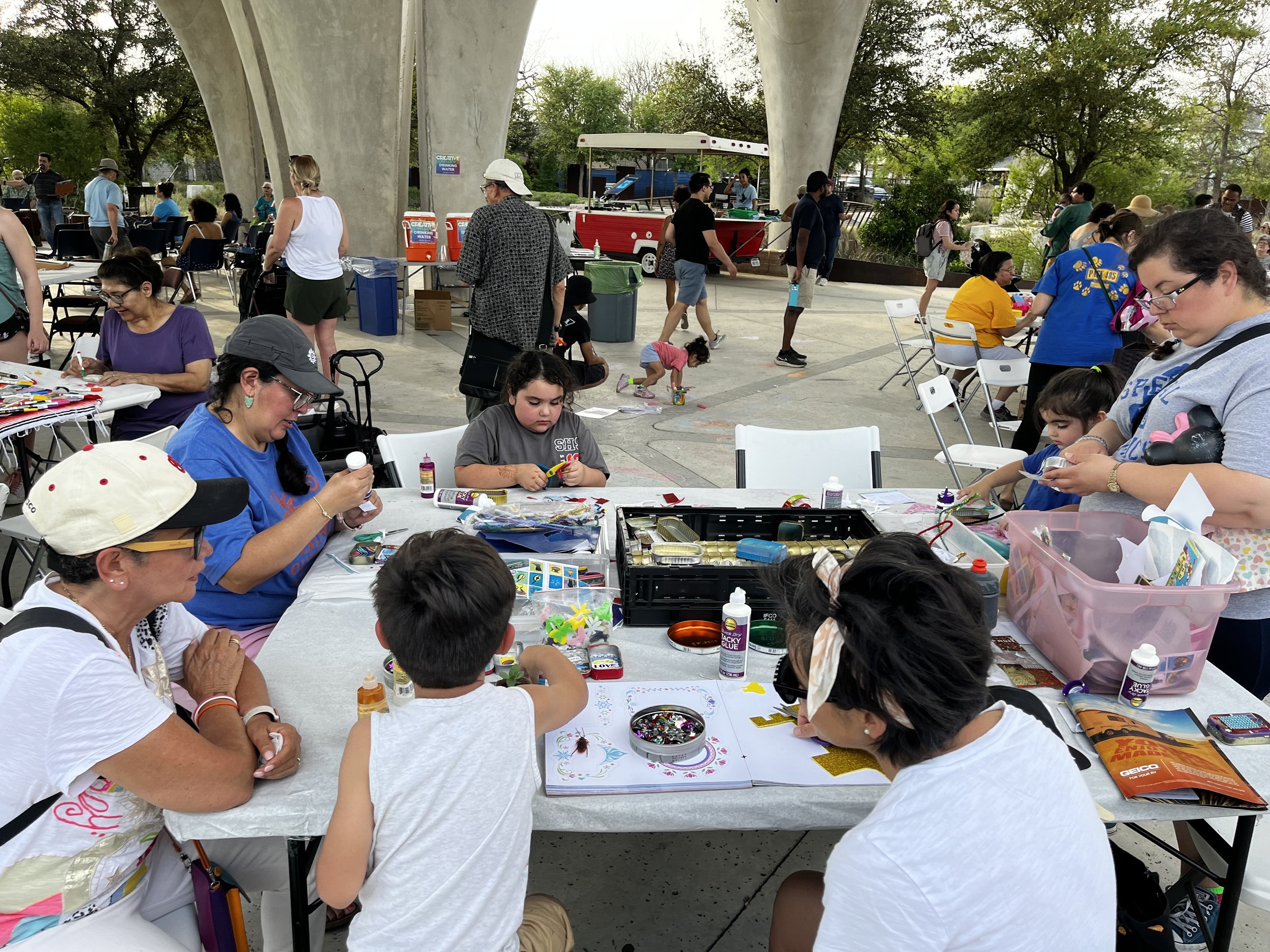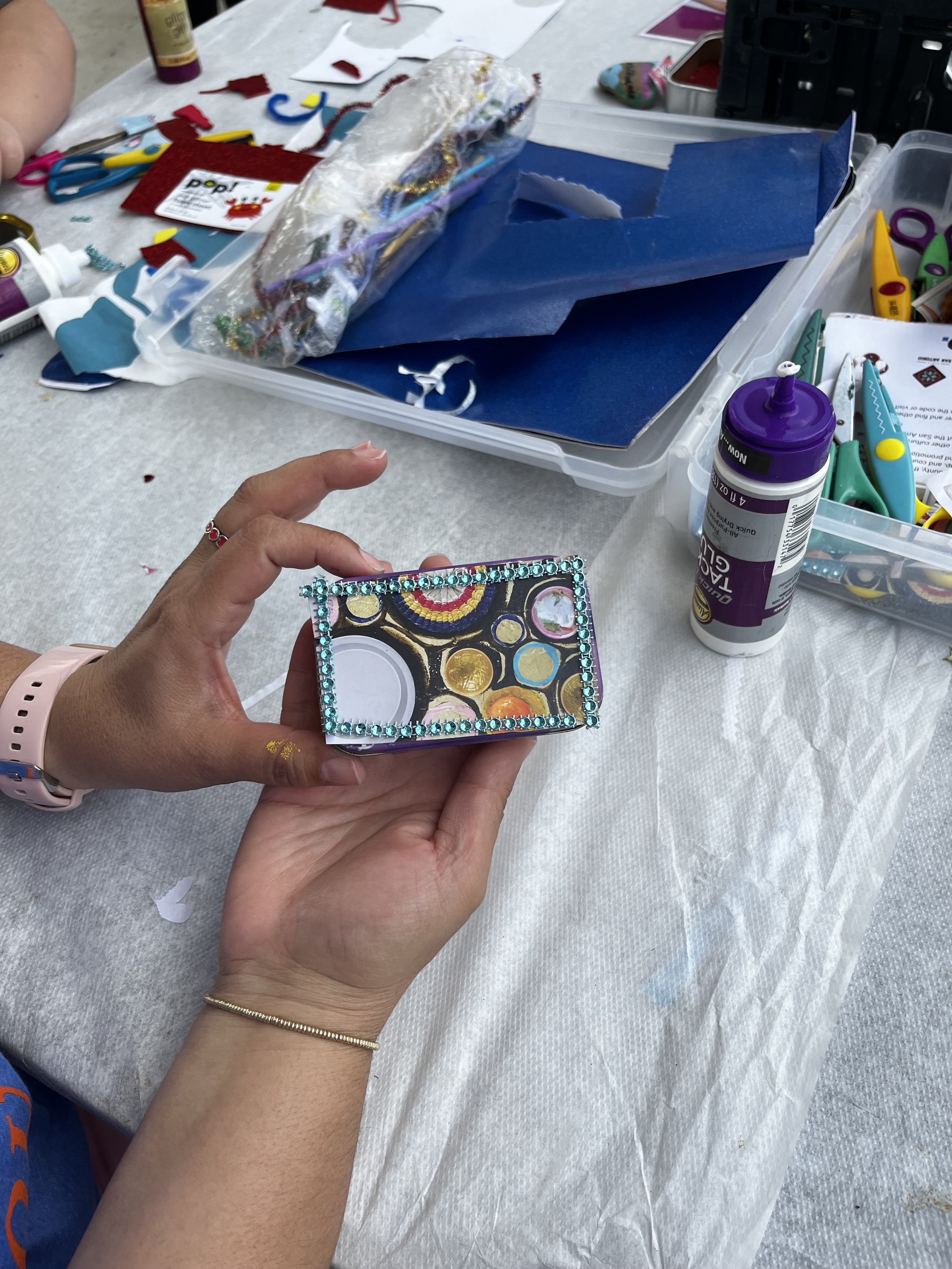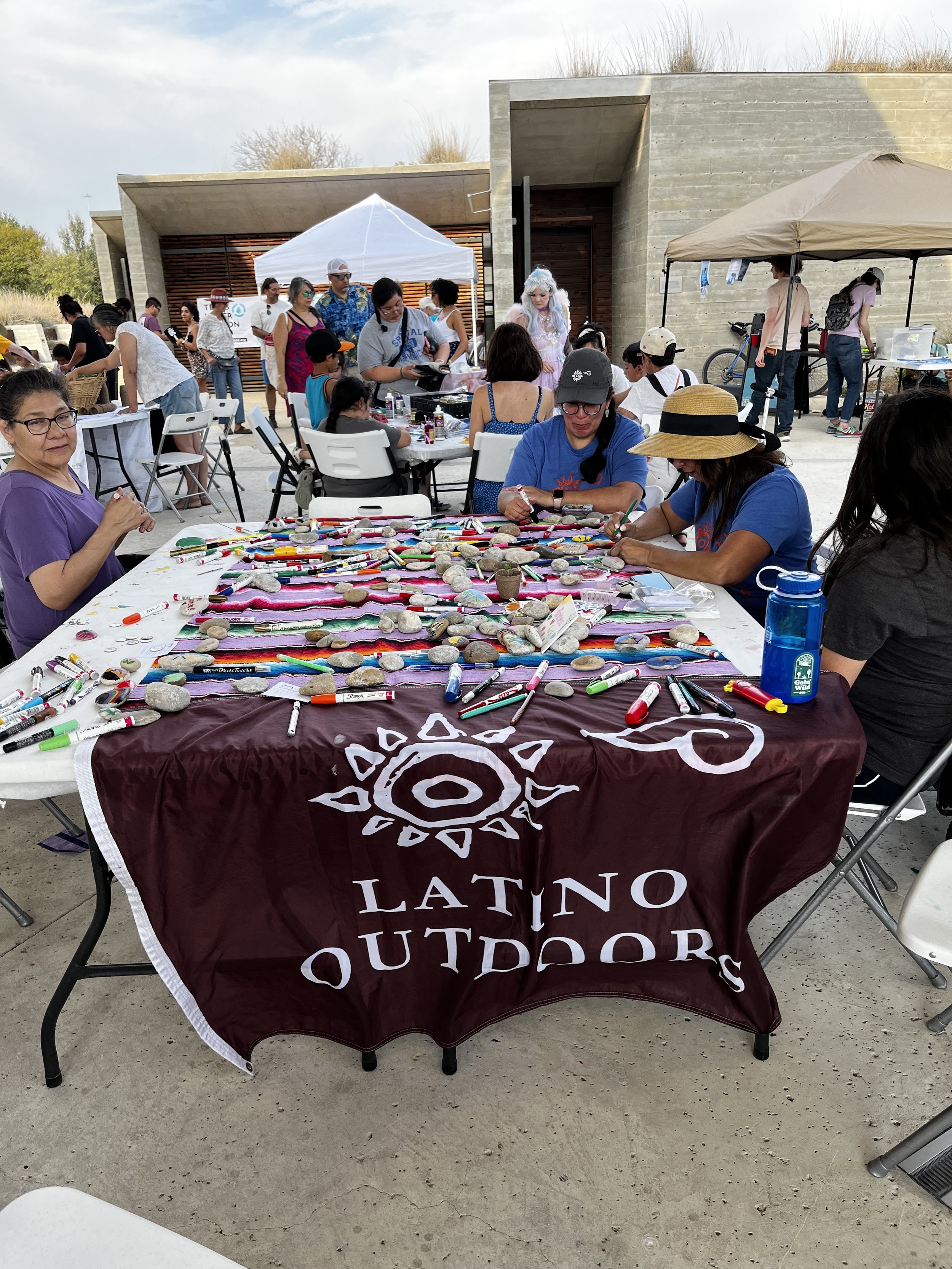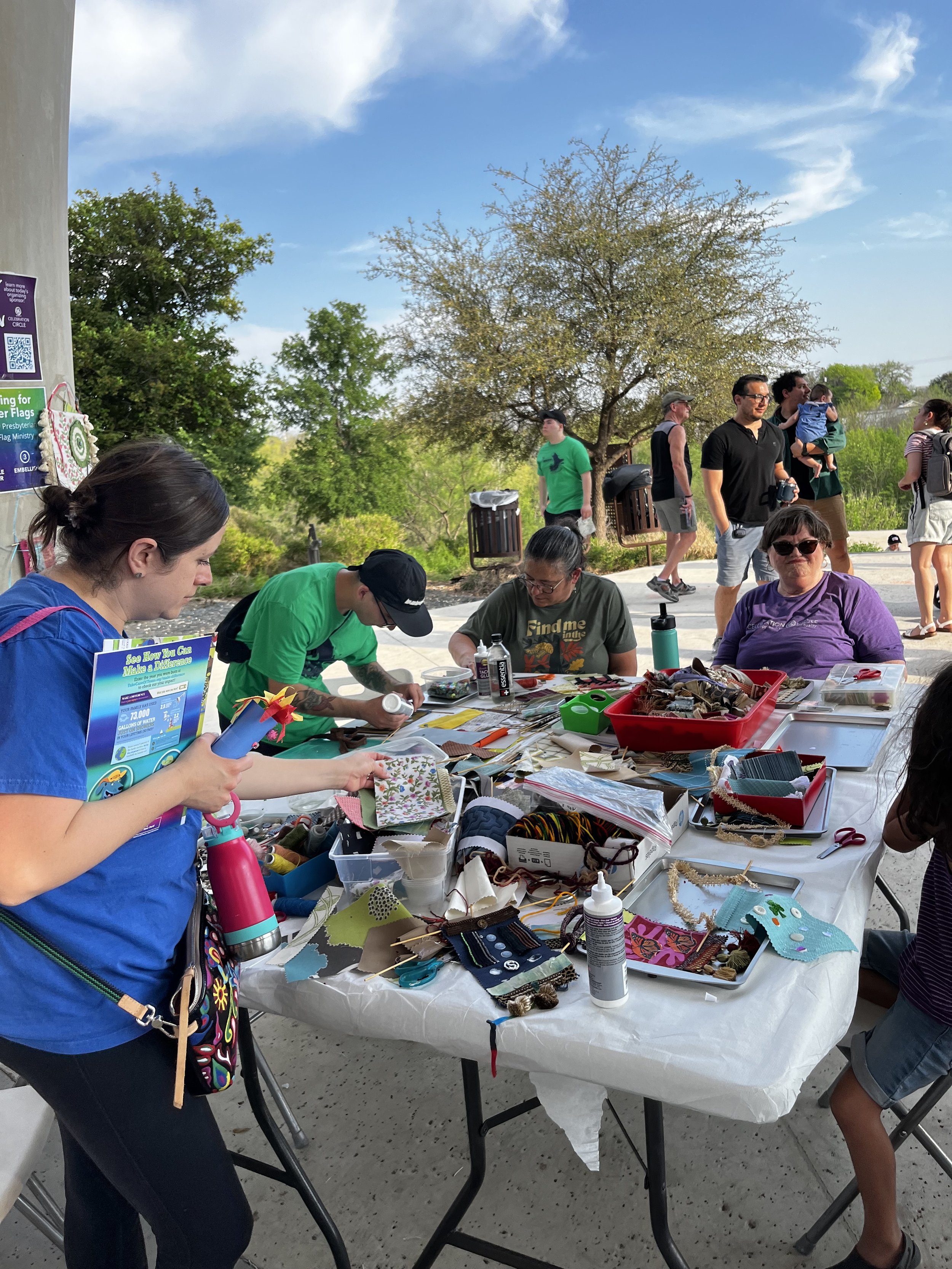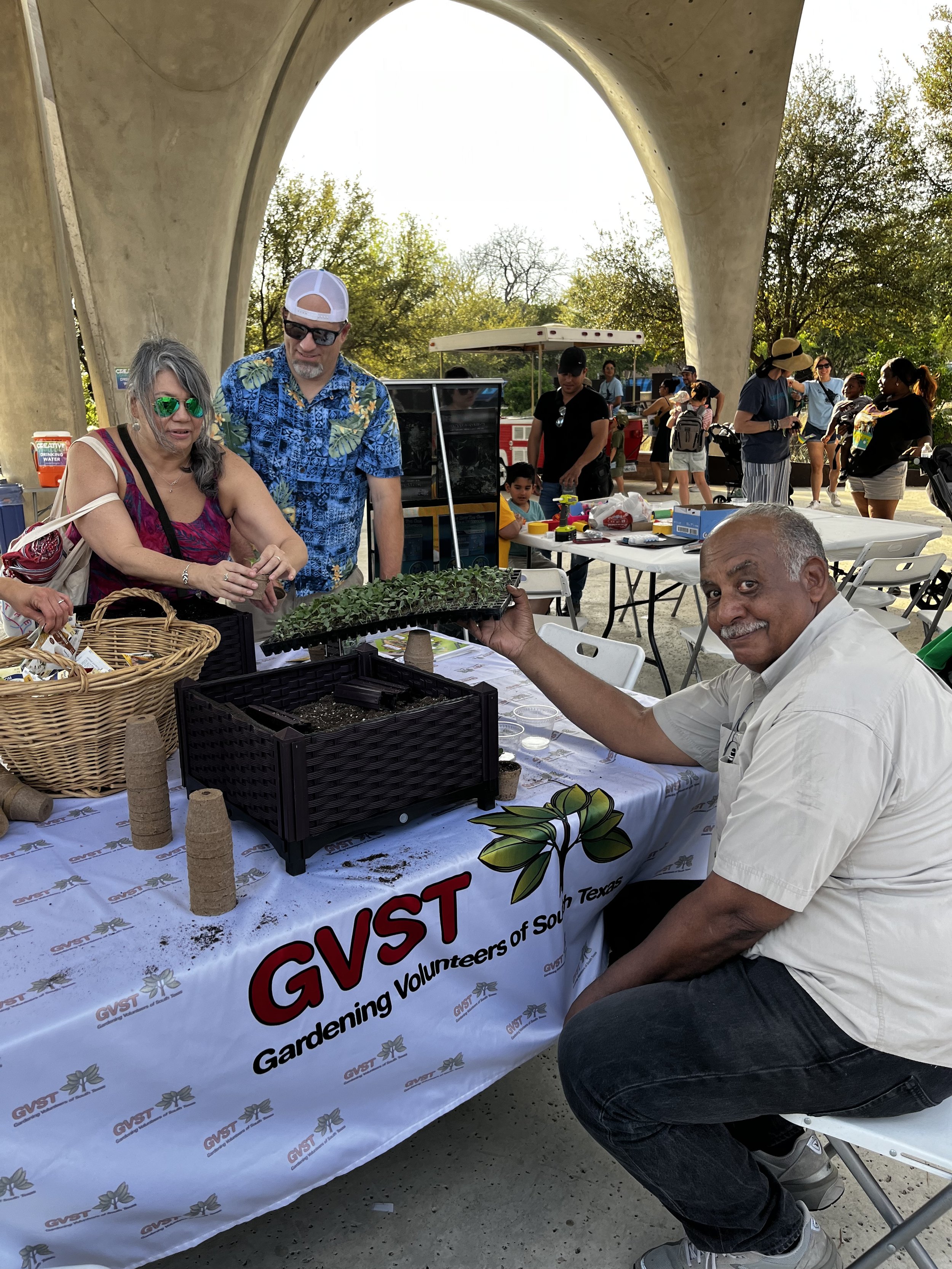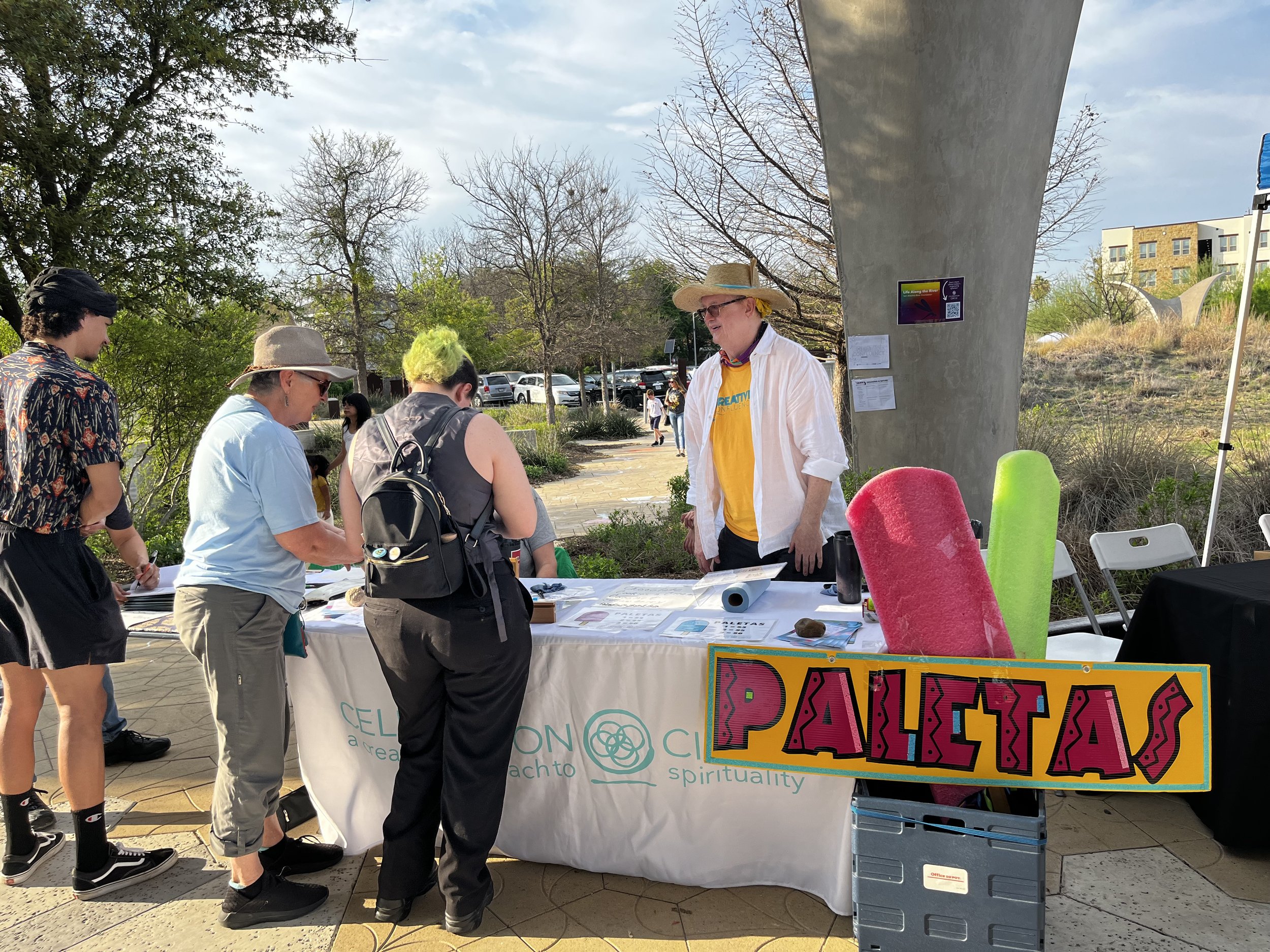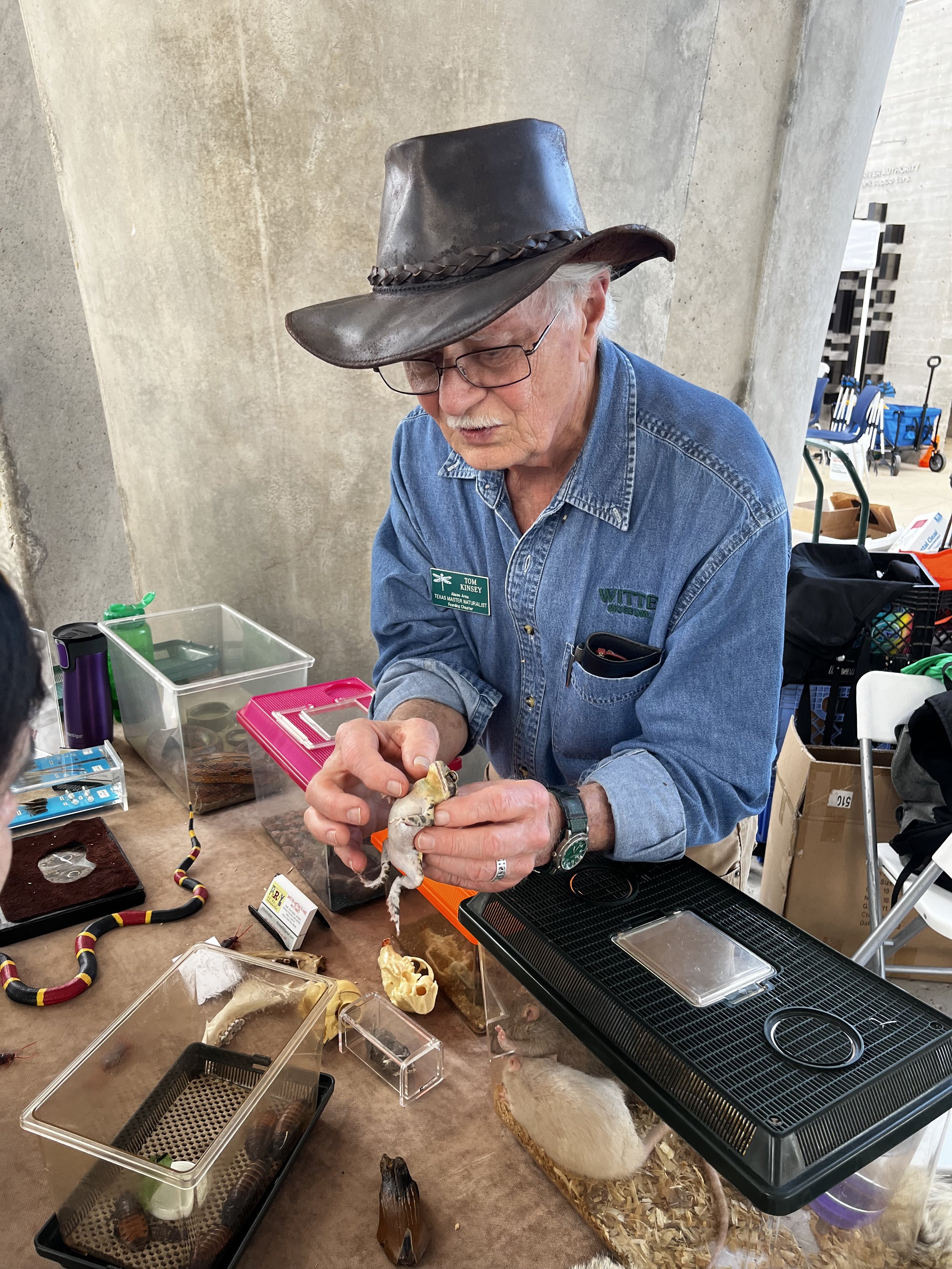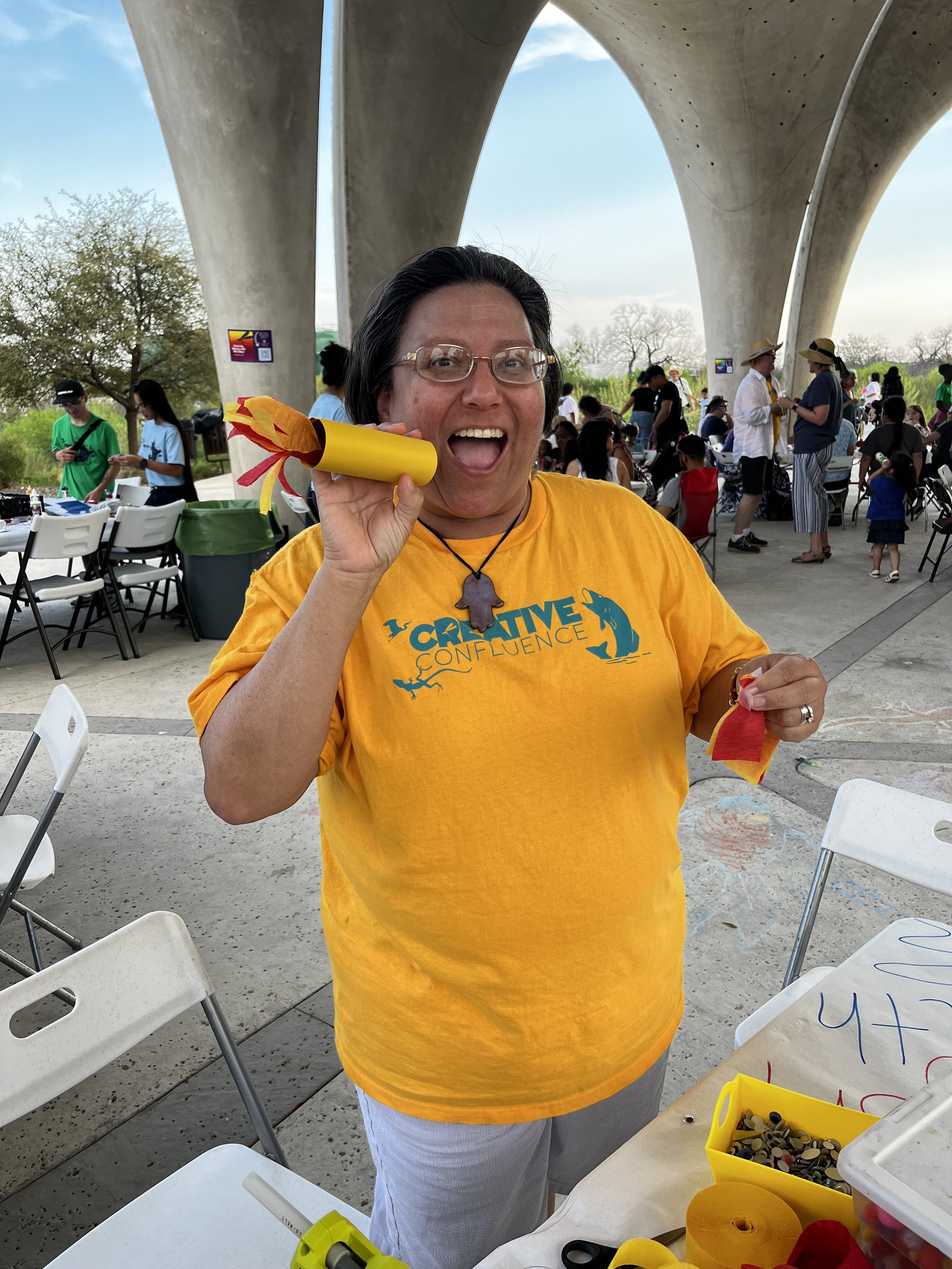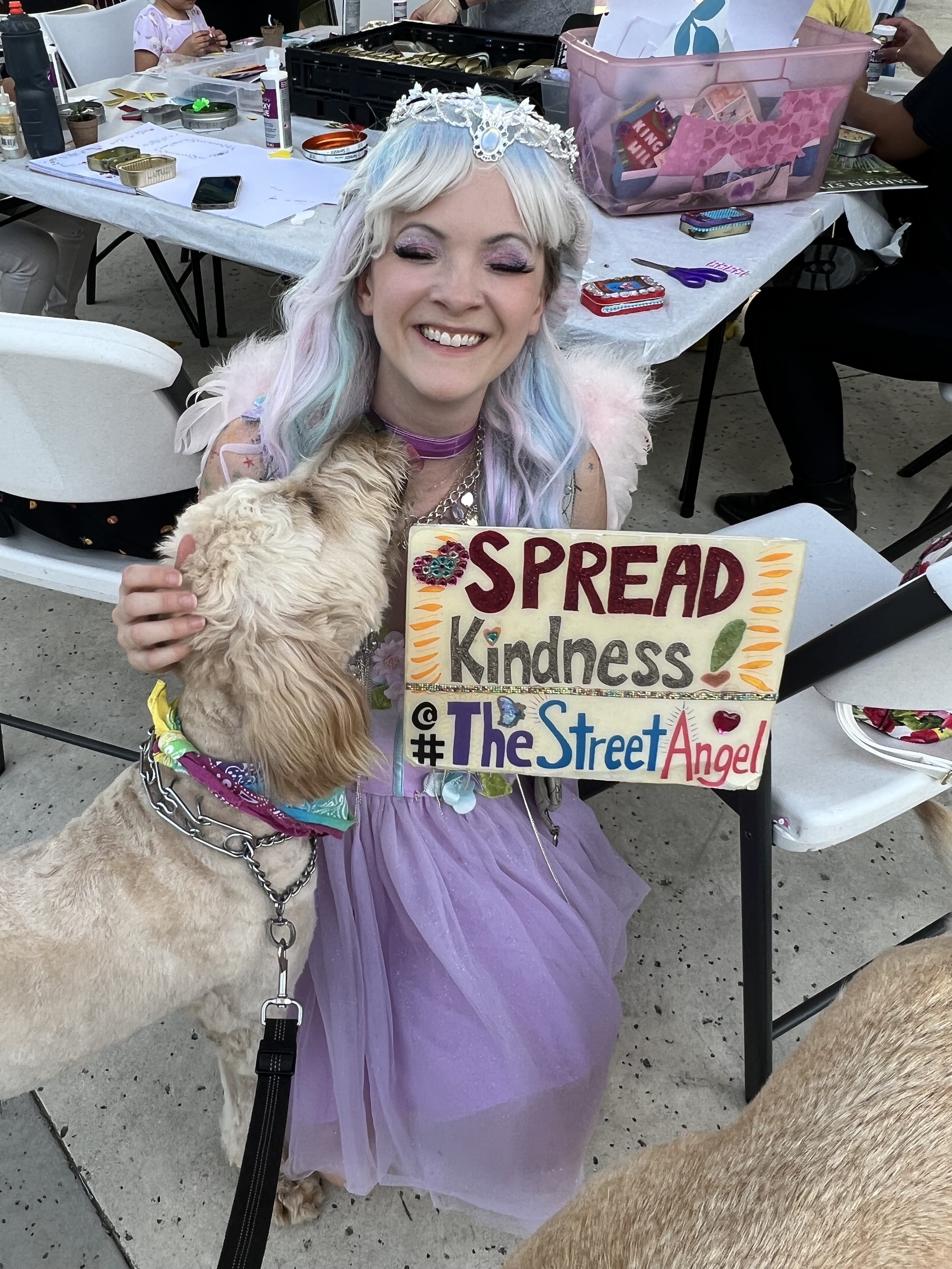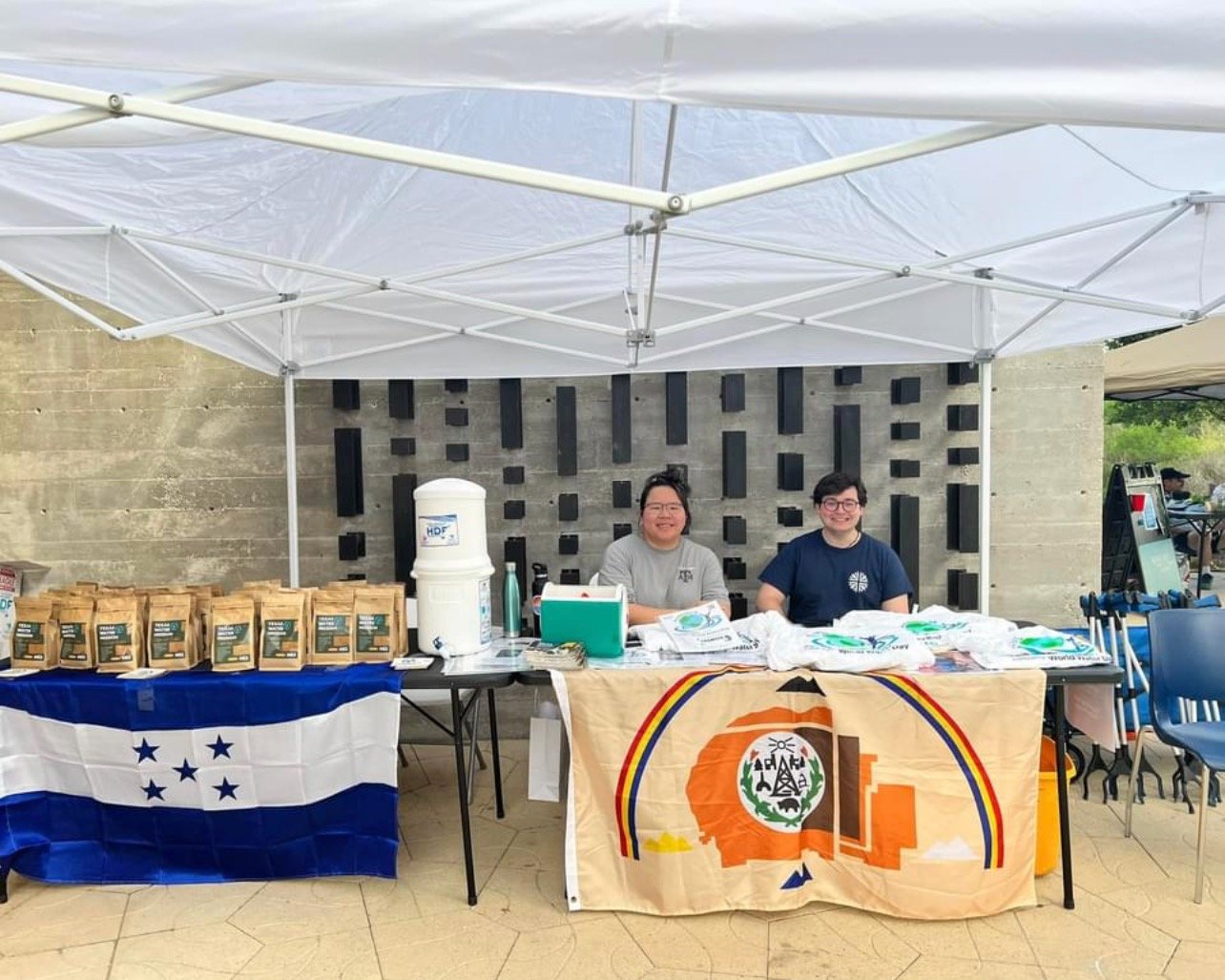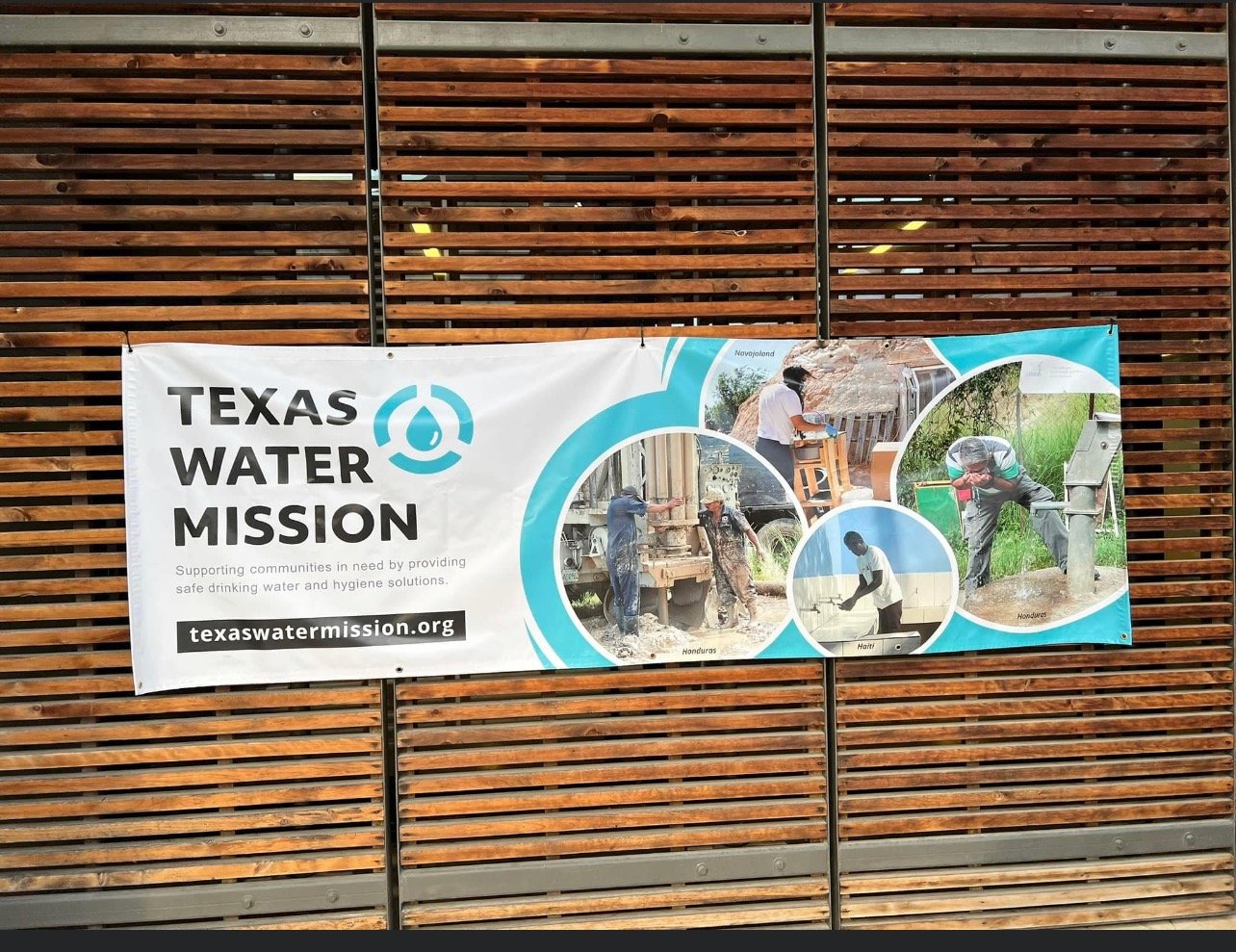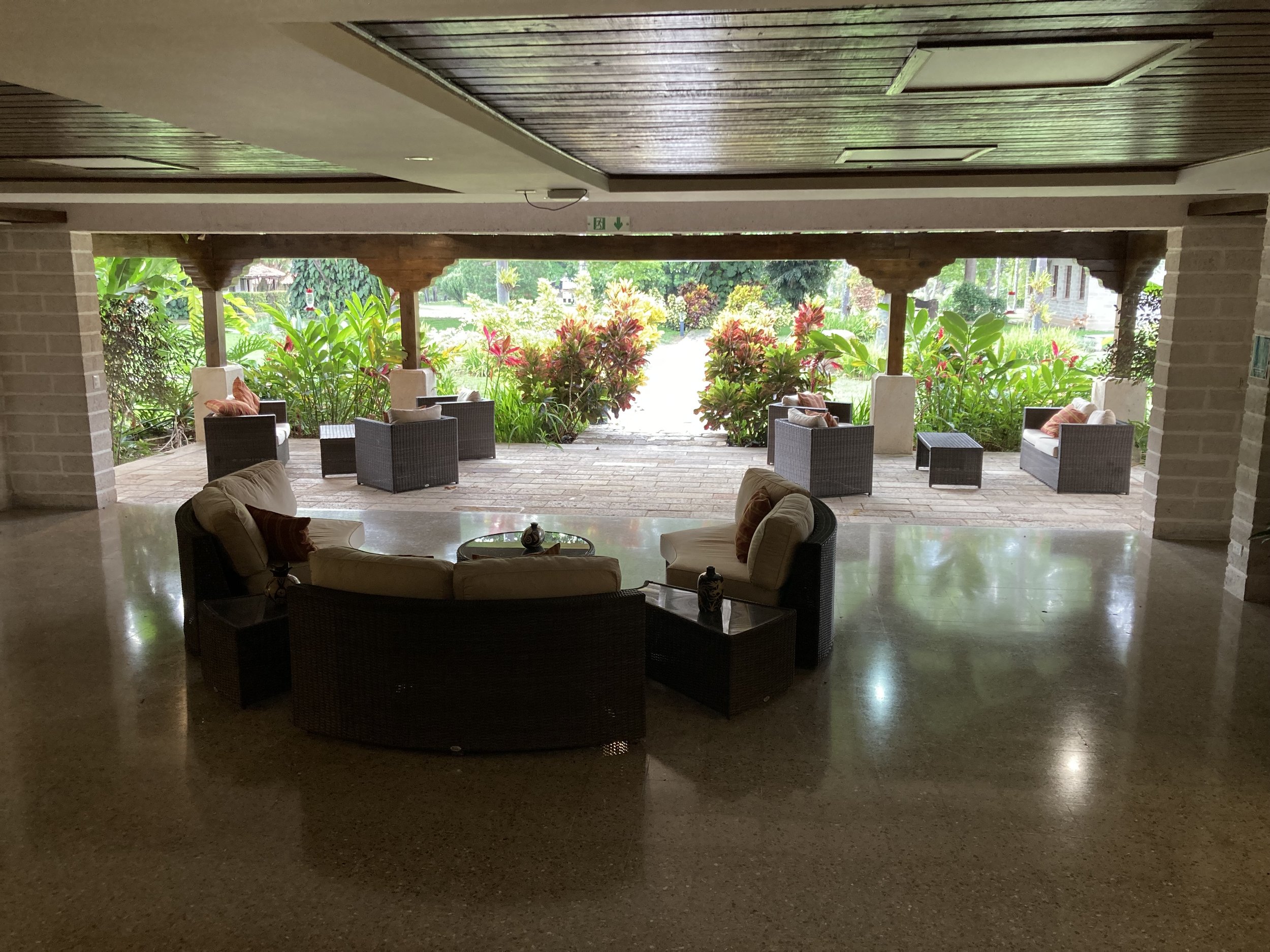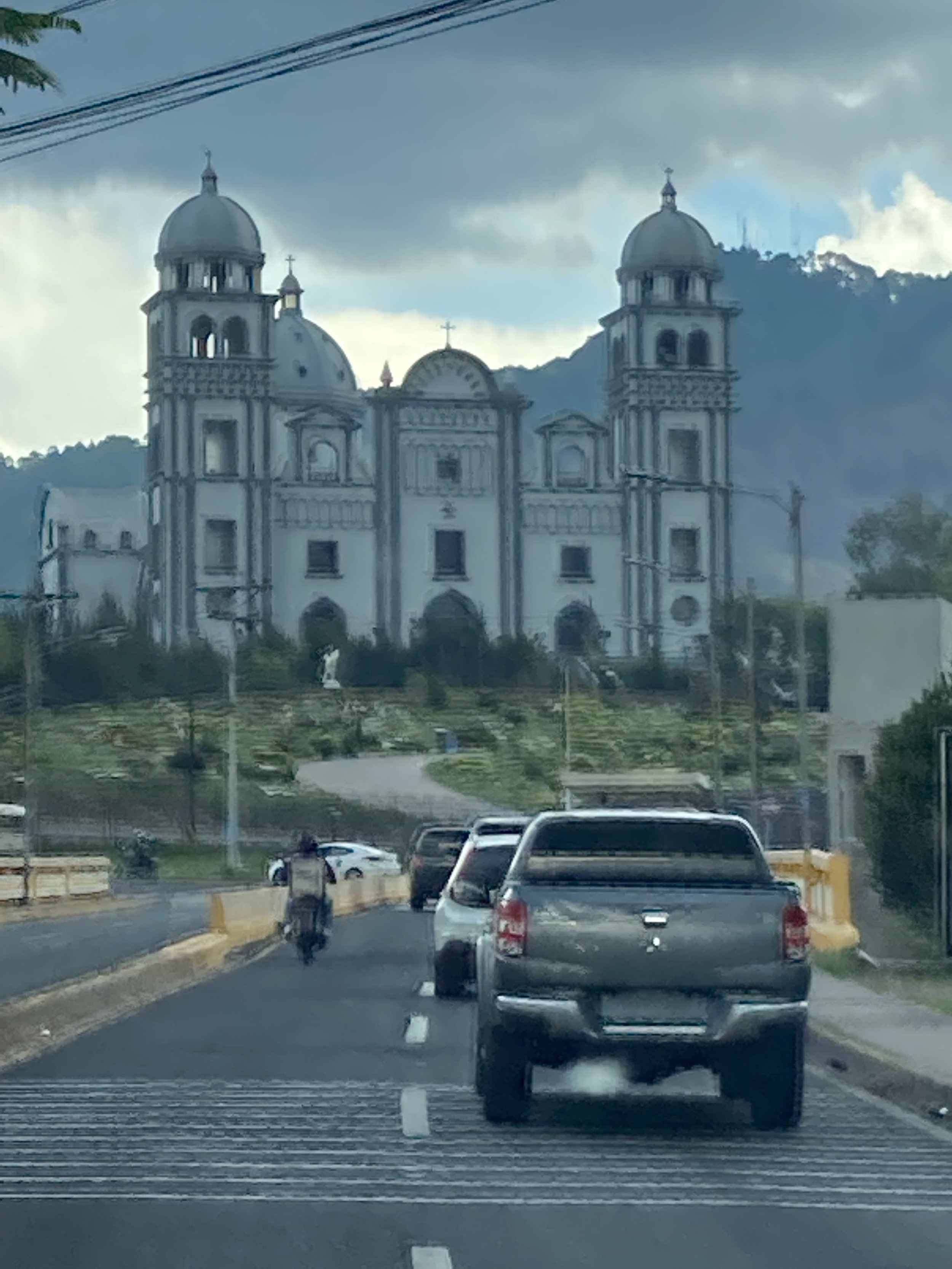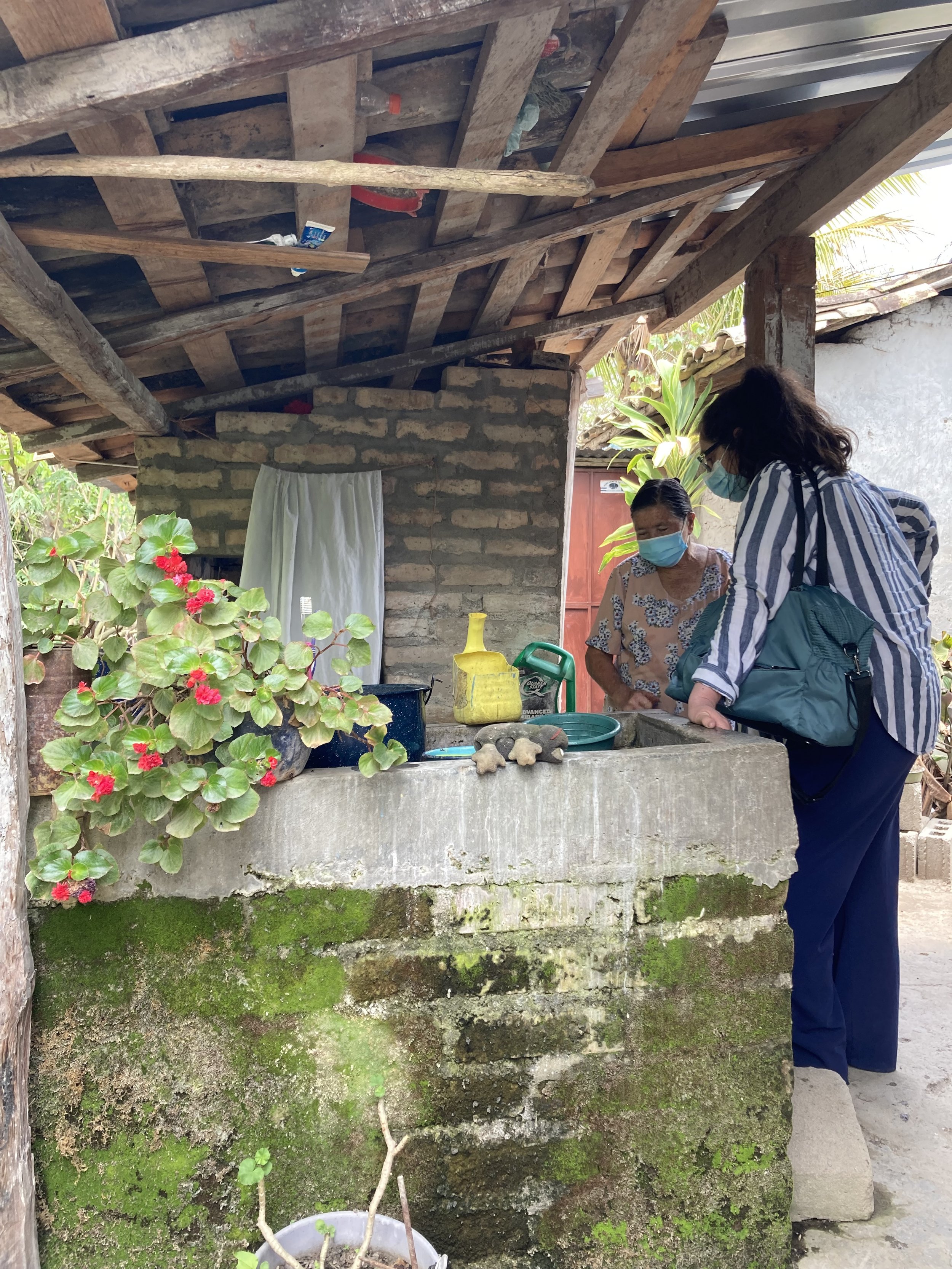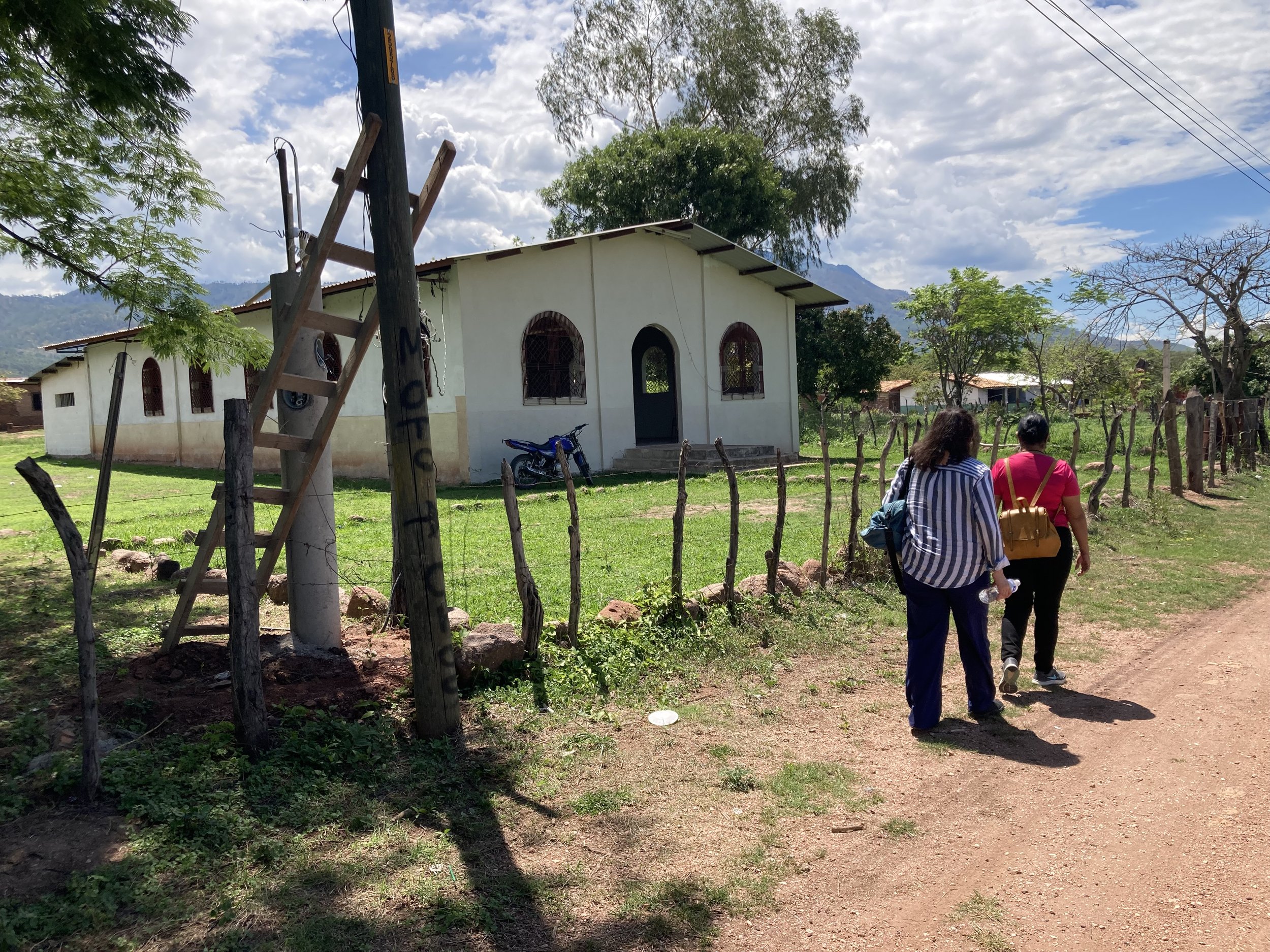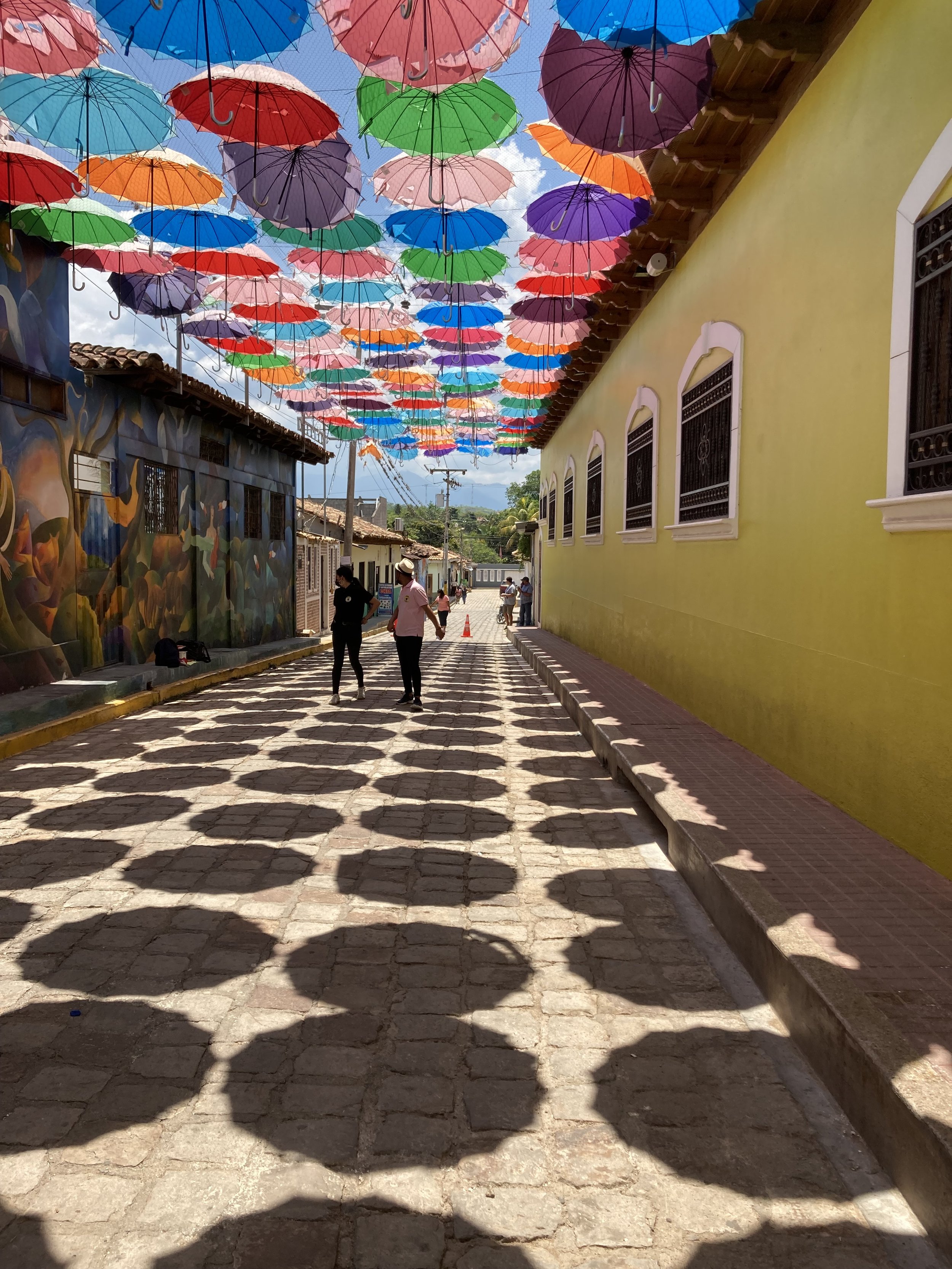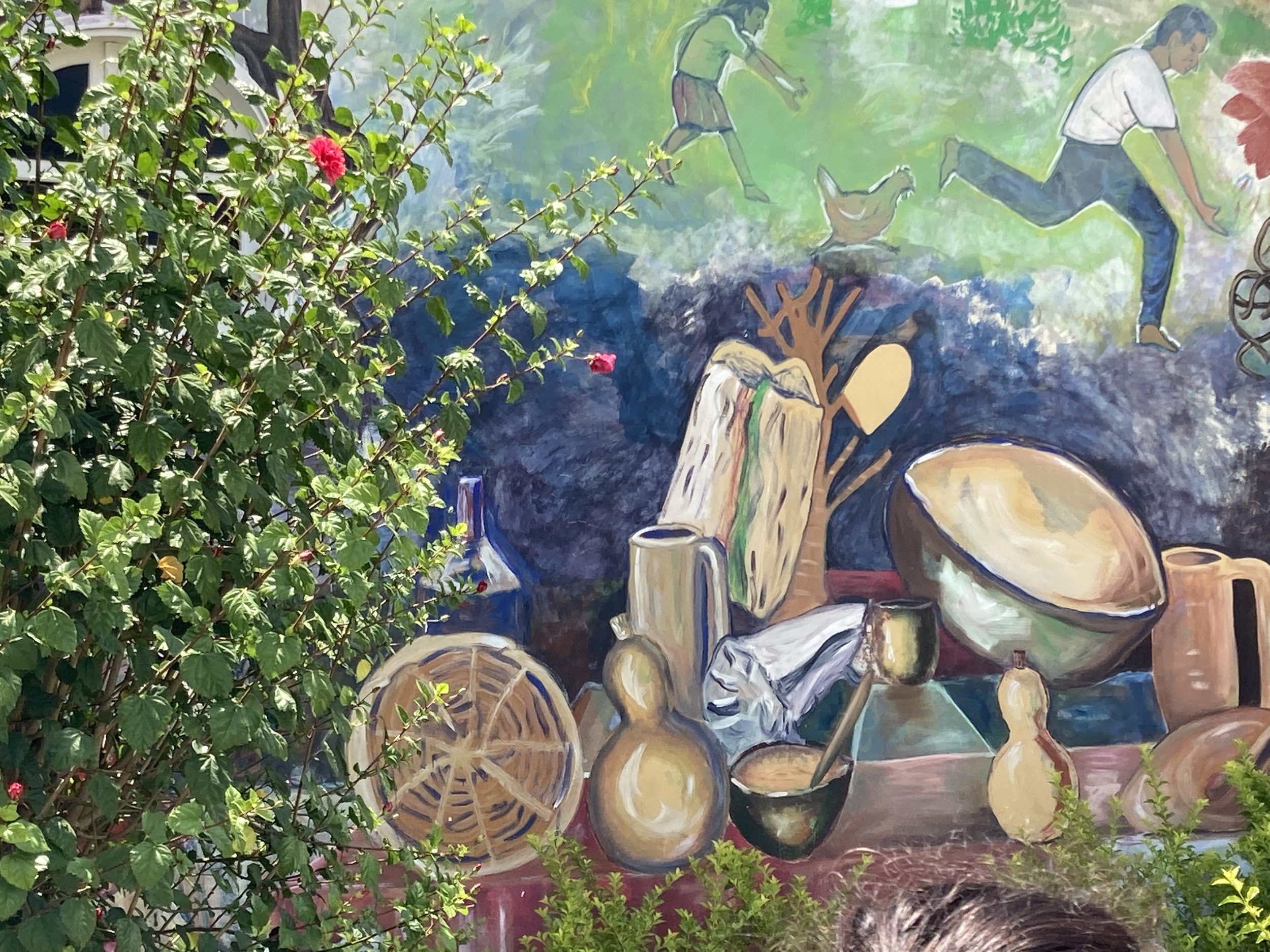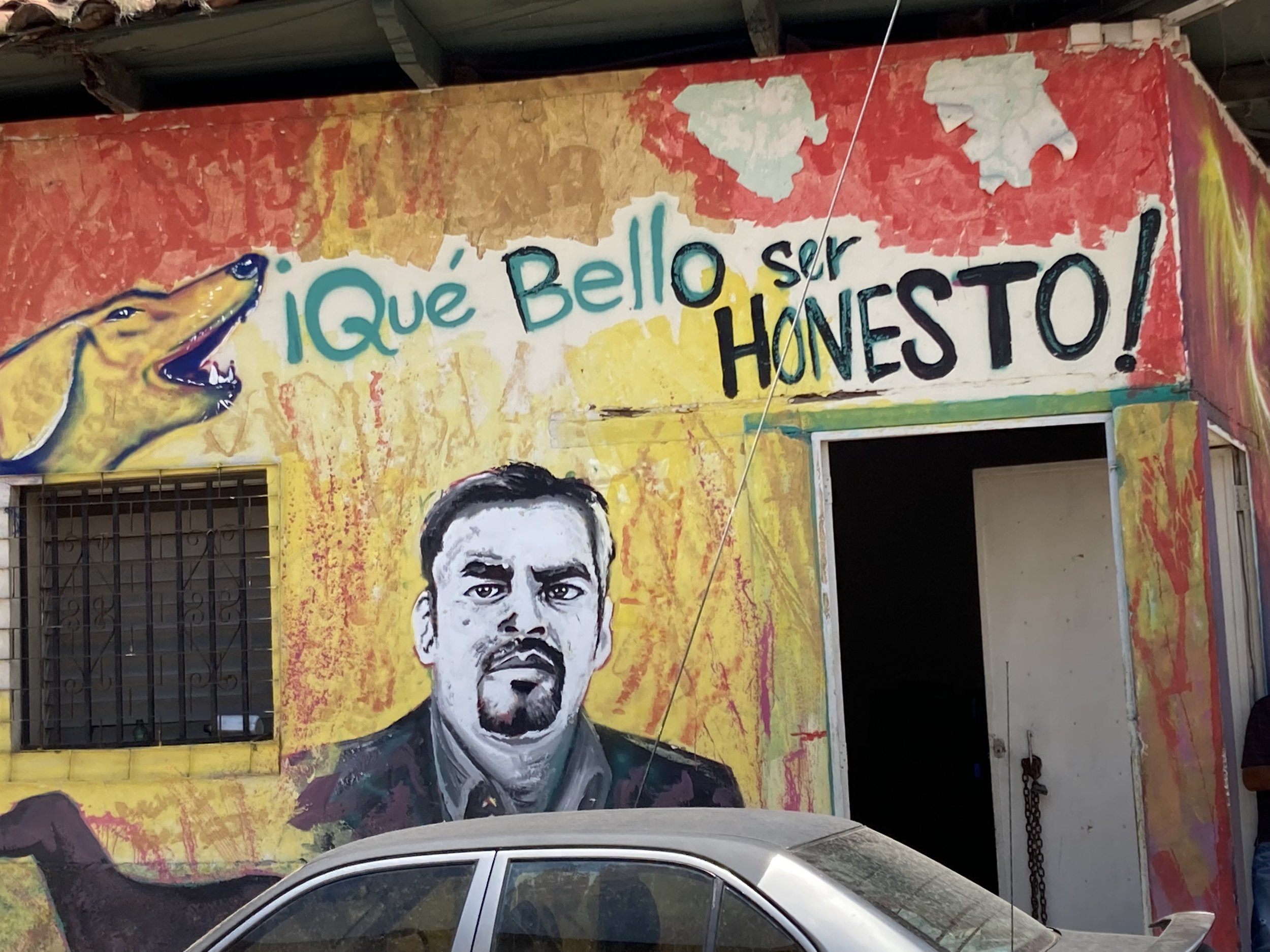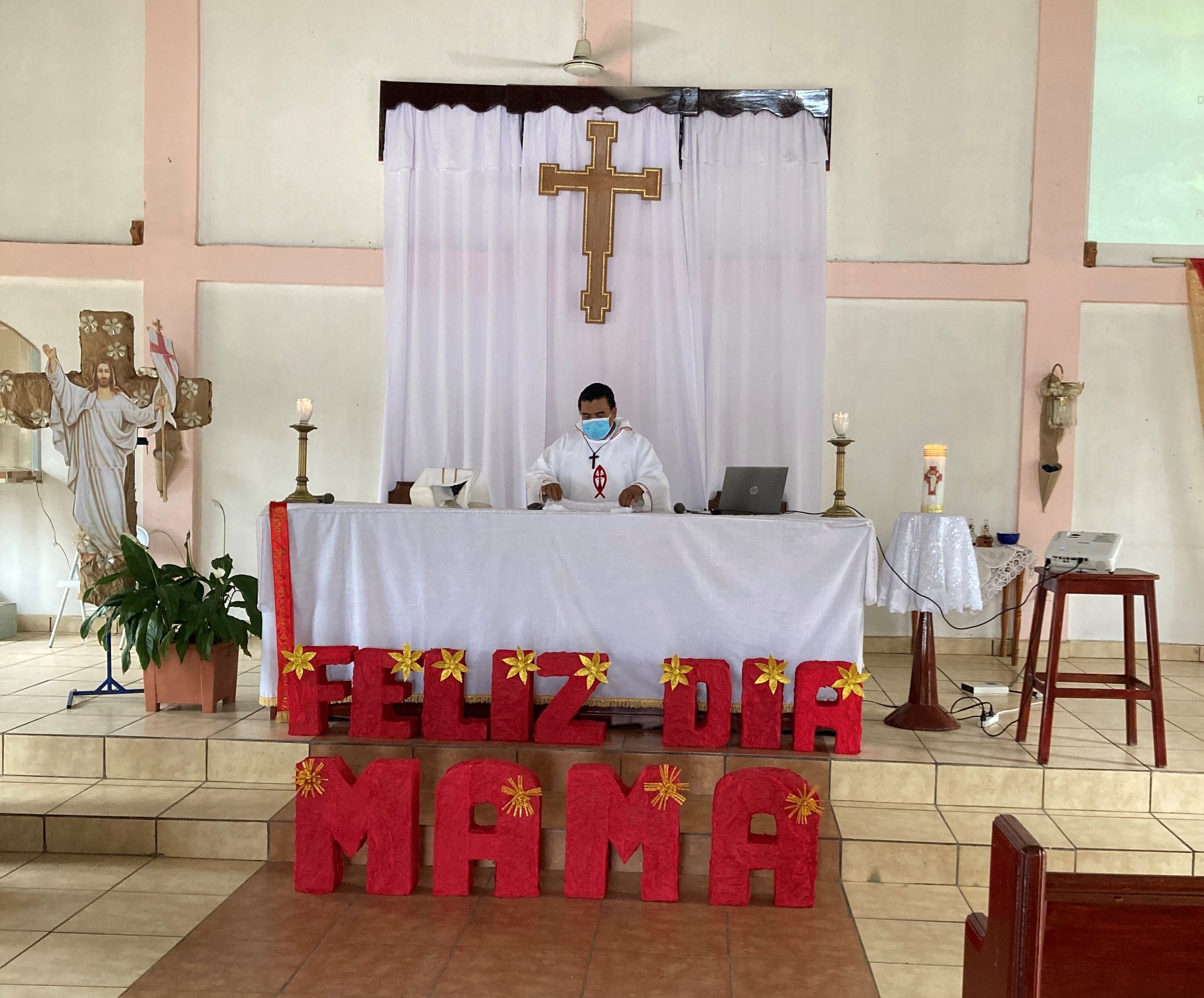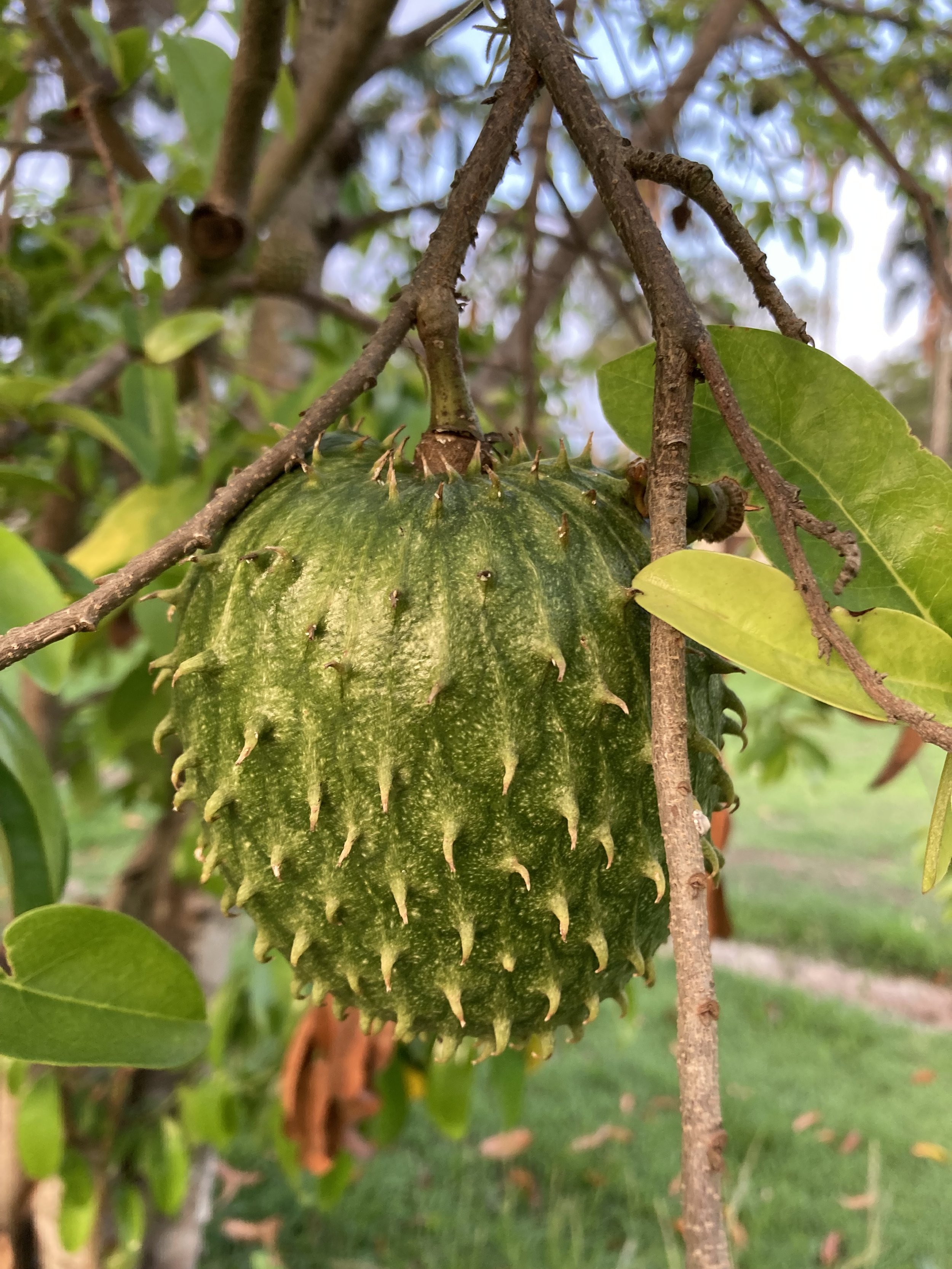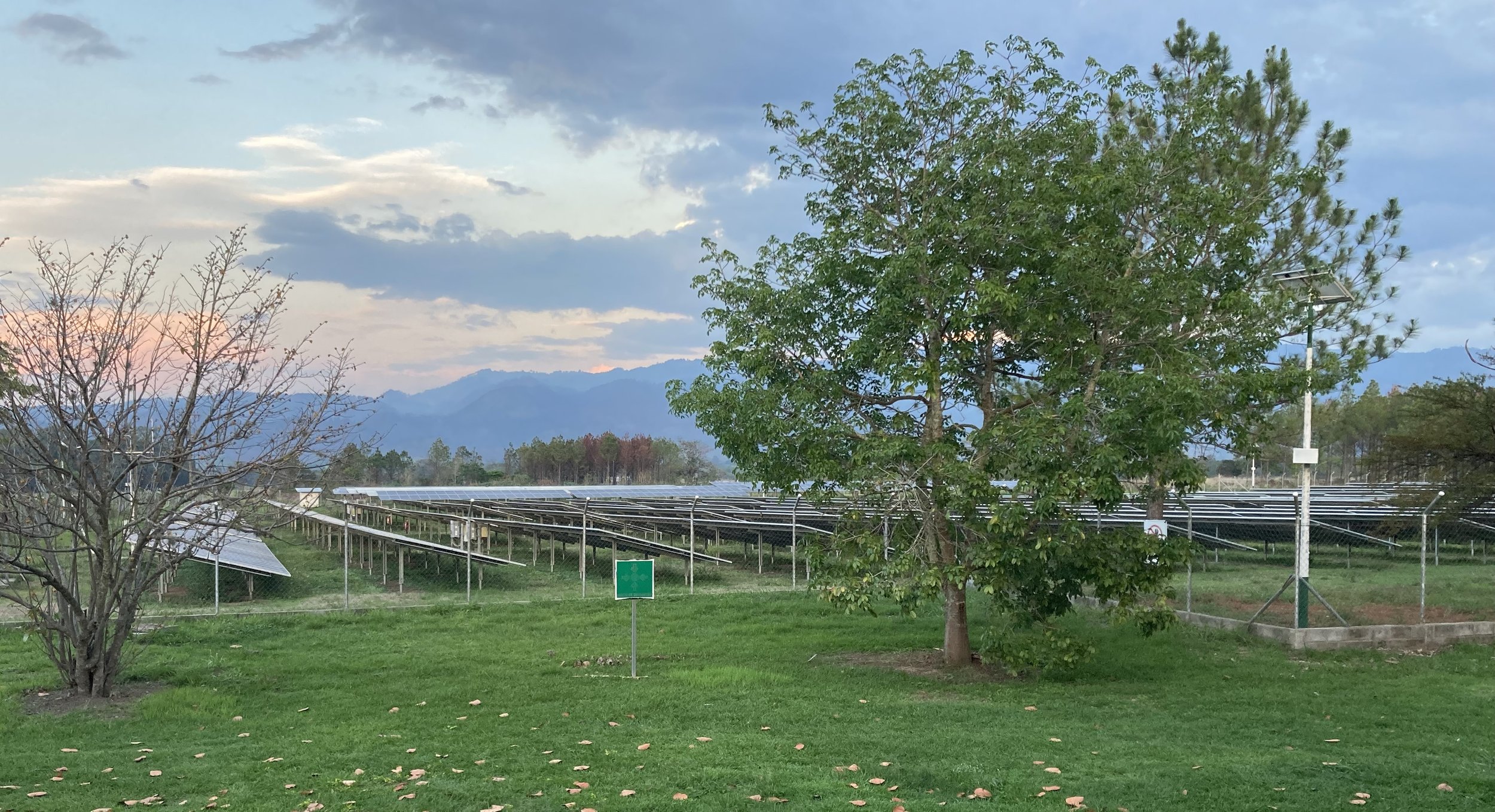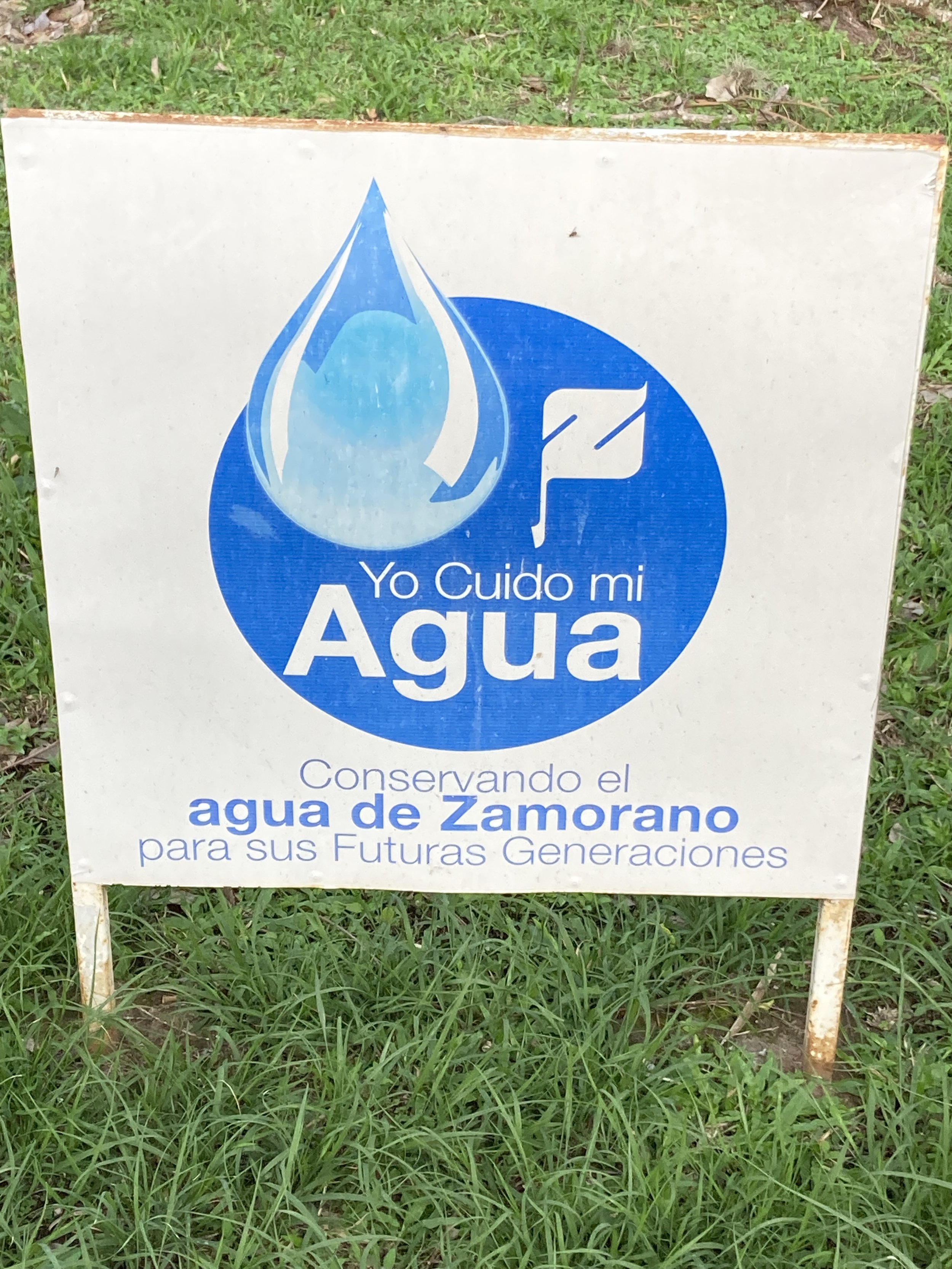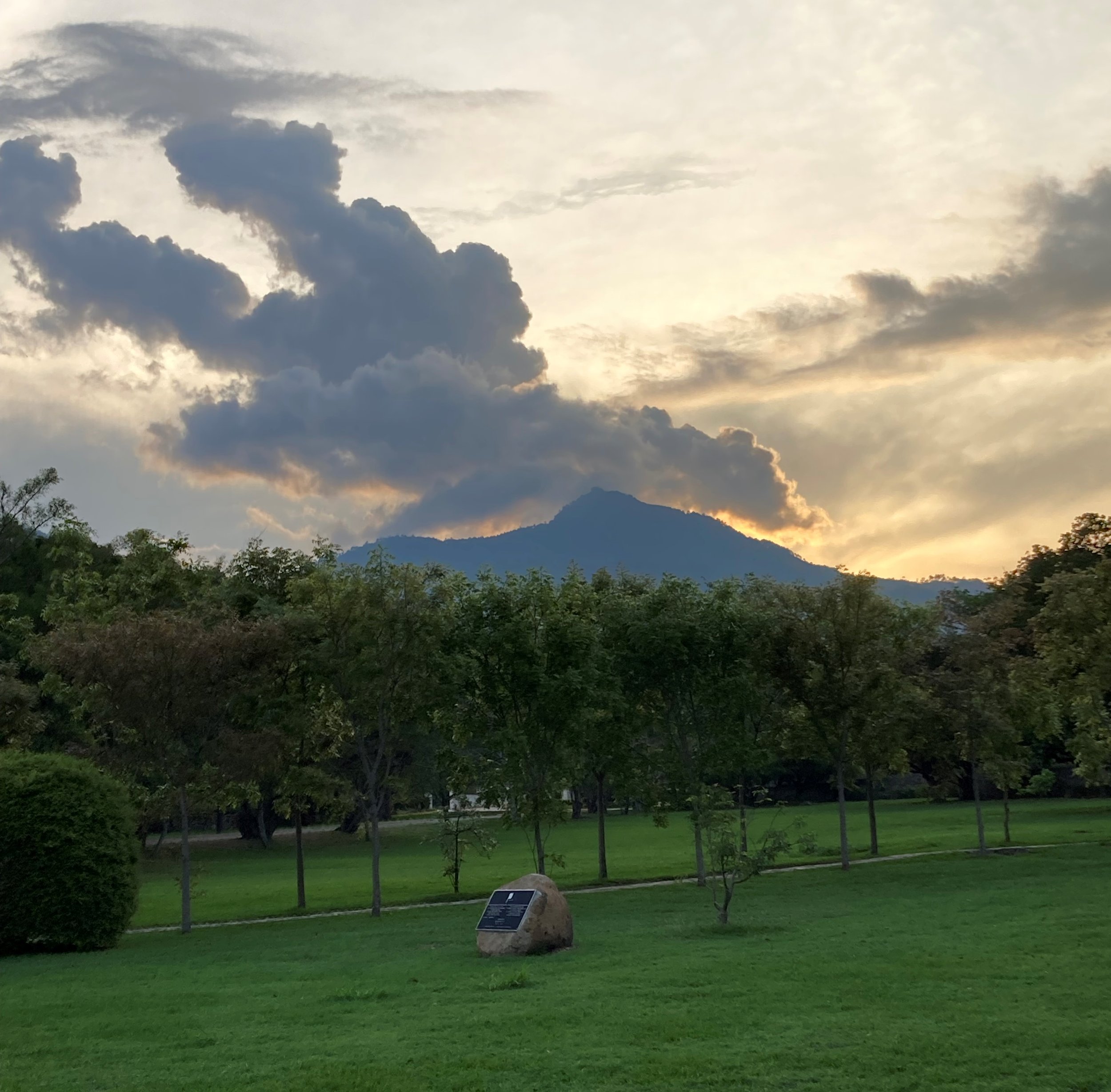2023 was a year of new relationships for Texas Water Mission. Despite a quarter century of working to improve safe water access, last year was the first time many of you heard of us and became aware of our impact.
Our Board of Directors is evolving…
To begin, we gained three stellar new board members in 2023…
THOMAS SPURGEON
Chair, Grants Committee
Tom joined us by way of the Master Leadership Program (MLP) of San Antonio. He has been in Texas since 1973, where he went to college and subsequently earned his JD at Southern Methodist University. He served many years as a municipal bond lawyer in San Antonio, and recently retired.
TERESA CHAVEZ LOMELI
Chair, Events Committee
Tere, from Mexico City, also joined us via MLP San Antonio. This comes after a long international career with Proctor & Gamble working in supply chain, program management, and organizational development. She has experience helping nonprofit organizations in Arkansas. She and her husband moved to San Antonio in 2020.
DR. WILLIAM GROOS
Bill is a native San Antonian, a graduate of Alamo Heights High School, Princeton University, and the University of Texas Medical Center at Galveston. He practiced pediatrics in a private group for thirty years, retiring in 2017. His late wife Monnie served on the Texas Water Mission board for several years. Bill has three daughters, eight grandchildren, and one shaggy dog
We had a change in leadership with longtime Board Chairman Bruce Flohr stepping down in December to focus on fundraising, and Secretary Peter Maddox stepping up to serve as our new Board Chair.
outgoing board chairman Bruce flohr
This is Bruce Flohr (right) with board member Rev. Jay Buzzini in May 2023 at a well TWM installed some years ago in El Campo, a small Honduran town. Bruce has been a member of the TWM board since 2008 and served as Chair since 2009.
His long career embodies entrepreneurship and philanthropy, recently celebrated by an honorary doctorate from St. Mary’s University and induction into the Shortline Railroad Hall of Fame.
INCOMING BOARD CHAIRMAN PETER MADDOX
Peter is a partner in Royer-Maddox-Herron Advisors, specializing in healthcare strategic development. He has extensive experience in governance having served on several boards for private corporations and not-for-profit organizations. He joined the board of TWM in 2012 and has served as it’s Secretary and Chair of the Governance Committee since then.
We’re being discovered!
The word is getting out about Texas Water Mission. I think its due to heightened awareness of Climate Change, Migration, the World Water Crisis, and people looking for ways to help. Here are two standout examples of inspired people finding TWM and truly making a difference:
SABLE NONPROFIT
Sable was founded by Emery Betts, second from left above, to support small nonprofits working in three areas: violence prevention, food and water security, and disaster response.
Emery reached out early in 2023 to see how they could help TWM. I told him we could use assistance finding interns, enhancing social media, and improving our website and SEO. Somehow he did it all by supporting us in the creation and marketing of a summer internship program that he then helped manage, mentoring our UTSA students Emzery Primer and Eberardo Trejo in the process.
The students completed many needed projects including a blog on the Water Crisis, social media posts and videos, content scheduling, and an overhaul of our water project request form in Spanish.
The third and fourth photos above are: 3) Emery and Emzery and their one year old sons having a check in with me, and 4) Eberardo with his plaque at our Wine & Water dinner in September.
MAYS BUSINESS SCHOOL
About mid-year, I received an email from Reed Smoot, a graduate student at Mays Business School, Texas A&M, College Station. She and a team of four other students participating in the Integrated Business Experience at the McFerrin Center for Entrepreneurship had selected TWM to be the beneficiary of the business they were going to create and run for one semester!
The team named their business Bring the Water (BTH2O) and designed some fun Aggie-themed products that they marketed and sold, with all profits designated for TWM. Reed and Jake Gartrell drove all the way to San Antonio to present and sell their products at the September Wine & Water dinner.
I visited Texas A&M for the students’ final presentation December 1, where I discovered they were the most successful team in the class, raising over $4,000 for Texas Water Mission! Because of their success, they are featured in this article by Aggieland Credit Union, which loaned the teams their startup funds.
Honduran Connections
On our May trip to Honduras we met with the United States Agency for International Development (USAID) in Tegucigalpa (first photo on left is our group relinquishing passports and phone to be allowed entrance). While there, we learned of a network of Water Sanitation and Hygiene (WASH) organizations operating in Honduras called Para Todos Por Siempre (For All Forever). In the following few months we not only became a member of PTPS but published an article on our experiences in Honduras in the magazine Agua, pictured above. The photo on the right is the most recent gathering of PTPS members in Tegucigalpa. We plan to attend their April meeting during our trip in 2024.
Thank you to our 2023 grantors, old and new…
dwtx World Missions
Thank you to Dr. Marthe Curry and World Missions for supporting our work in both Navajoland and Honduras. Last year our World Missions grant supported water well maintenance in Honduras.
alamo heights rotary club
Thanks to the Alamo Heights Rotary Club, TWM was able to fund a new water tank in Ojo de Agua, an Honduran town of over 10,000 residents. The water committee surprised us with a little party when we went to visit the new tank in May.
creation care, episcopal church
In collaboration with the grants team of the Episcopal Diocese of West Texas we successfully applied the the Creation Care Office of the Episcopal Church for a grant to support native agriculture on the lands surrounding St. Christopher’s Mission in Bluff, Utah.
flohr family foundation
Bruce Flohr’s family foundation funded the drilling of a well in the Honduran community of Quebrada Grande in May 2023. Photos left to right show Bruce and other board members arriving in Quebrada Grande for the drilling; the community water committee’s president, our well maintenance manager Luis Fernando, and volunteer Roxana Menes in front of the drill truck; families arriving for the health and hygiene workshop; and a scene from the training.
digdeep water is life fund
In 2020 TWM installed a 1,500 gallon water cistern for St. John the Baptizer Church and Community Center in Montezuma Creek, Utah. In addition to leading services at St. John’s, Mother Paula Henson holds gatherings of local women to promote traditional arts such as beading and weaving. This year TWM worked with Mother Paula to submit a proposal to Dig Deep to ensure water to the center 24/7, add a hot water heater, and build a shed to protect the 250 gallon tank used to haul water to fill the cistern.
ST. LUKE’S GREEN DOOR
Thank you to St. Luke’s Green Door Thift Shop in San Antonio for awarding TWM funding to invest in well repair tools!
Coffee!
MARKETING BRAINSTORM WITH ERNEST BROMLEY
These photos are today - January 8, 2024 - showing a coffee marketing brainstorm with TWM board and volunteers led by local marketing guru Ernie Bromley, who offered to help us out after attending our September 2023 Wine & Water Dinner. Next steps are to develop a marketing plan targeting the ideal customer we defined today.







